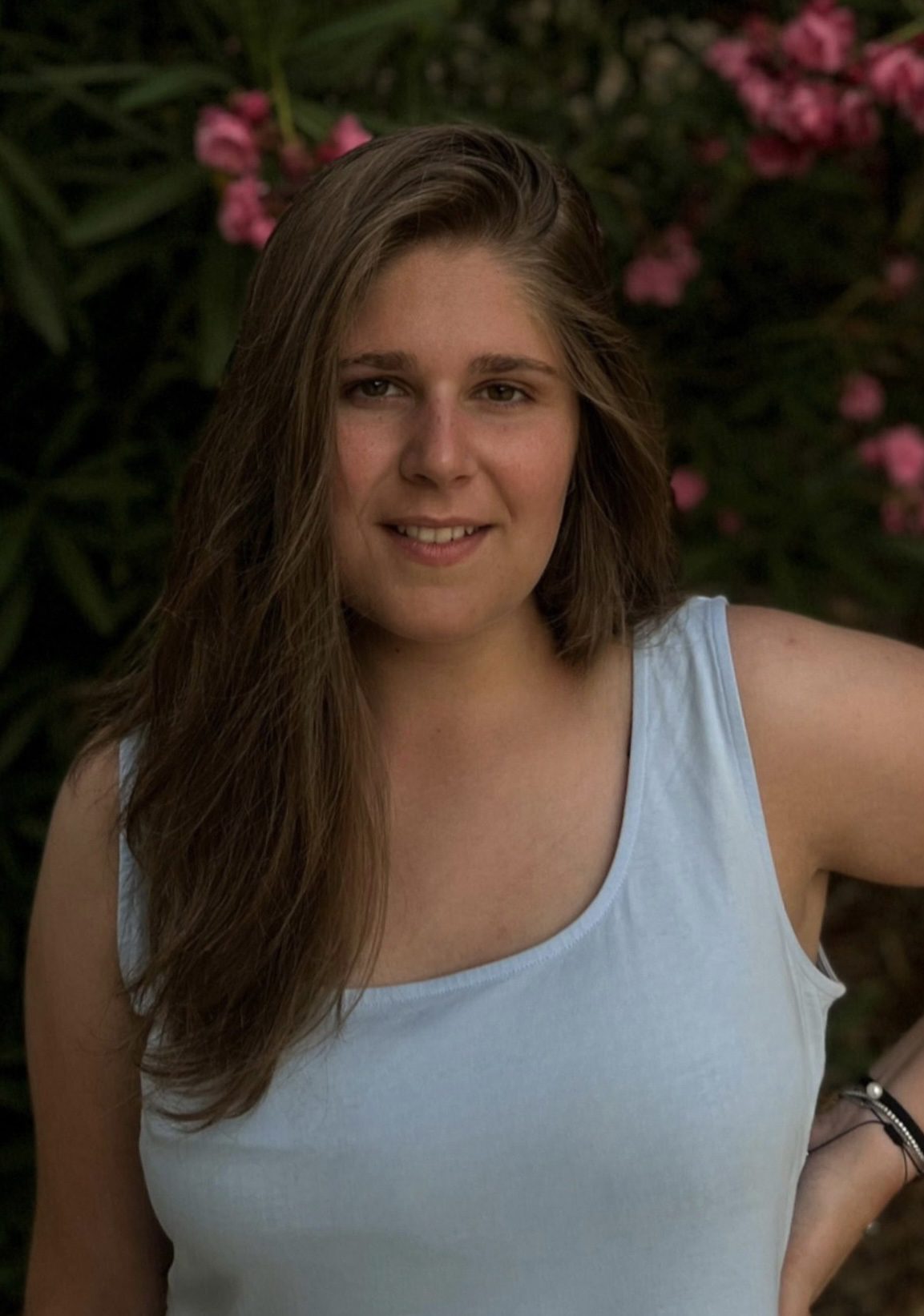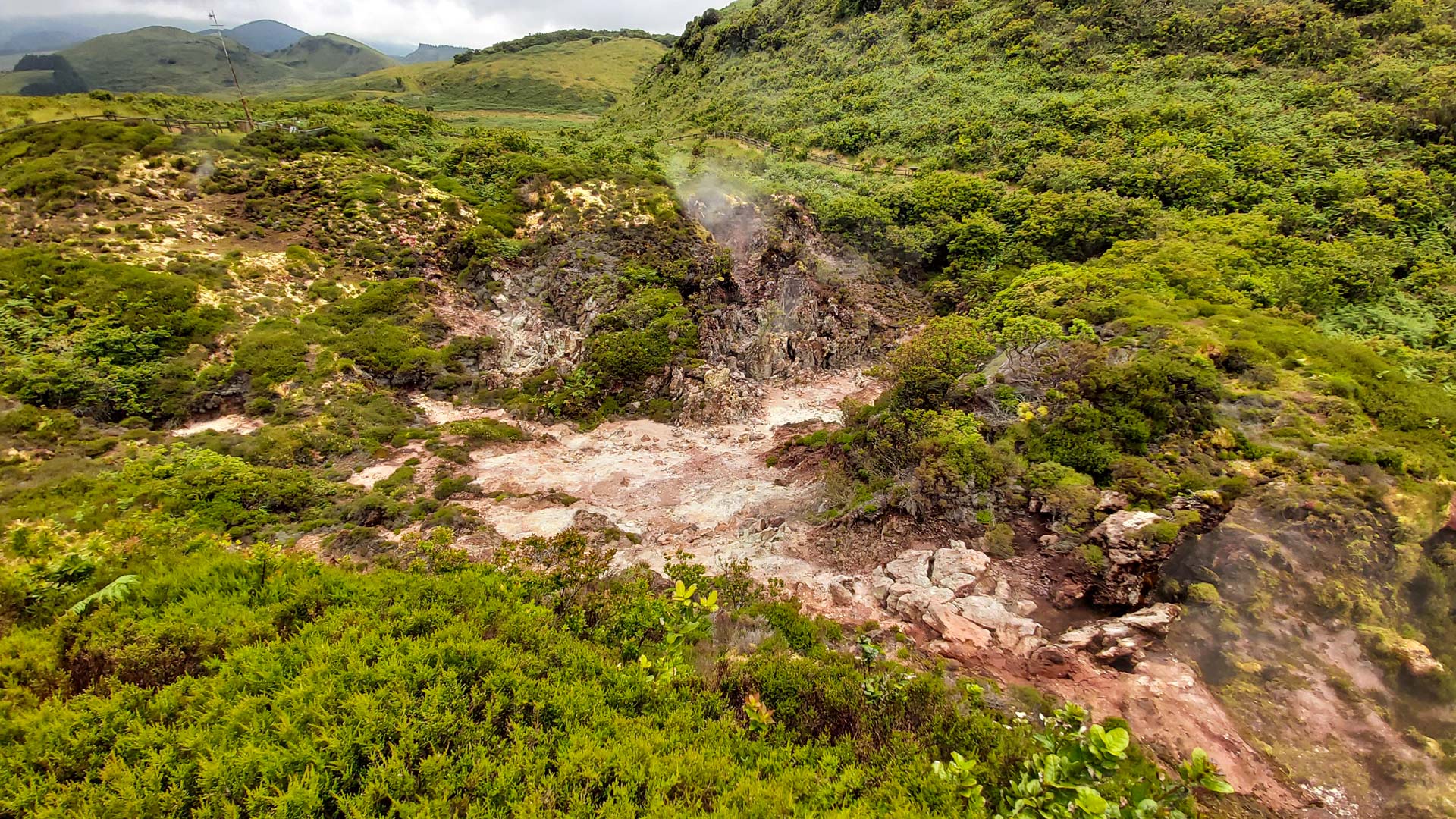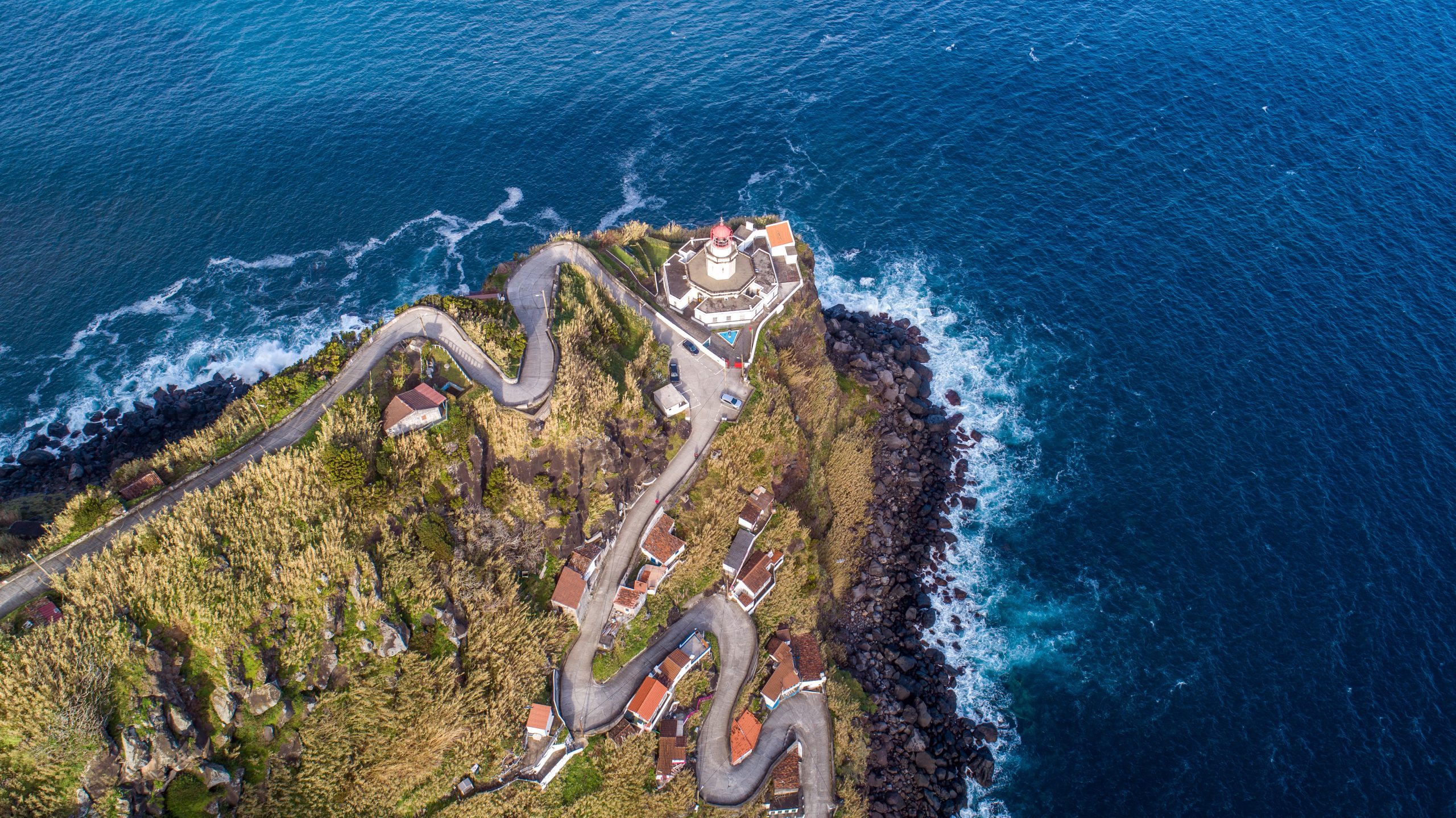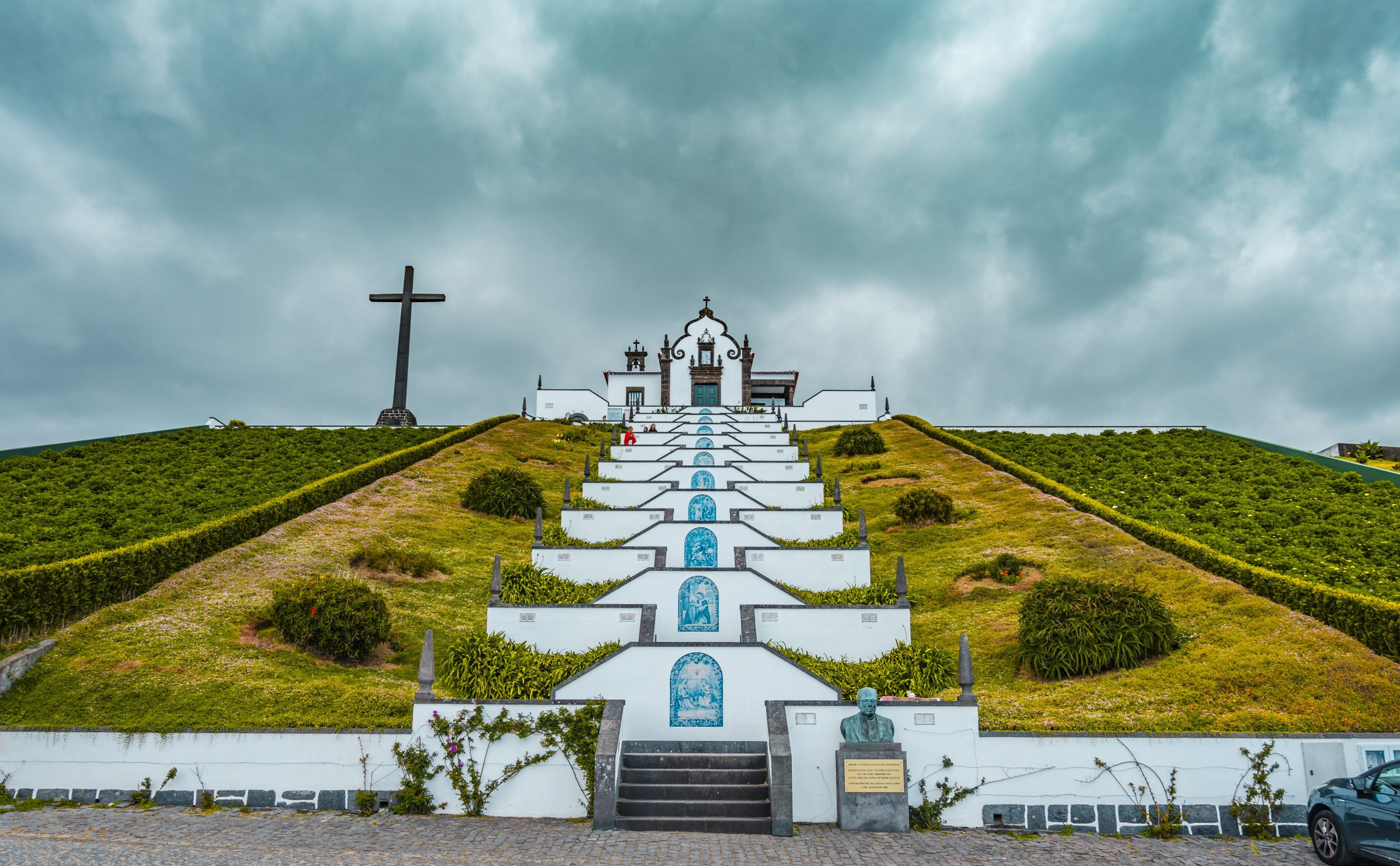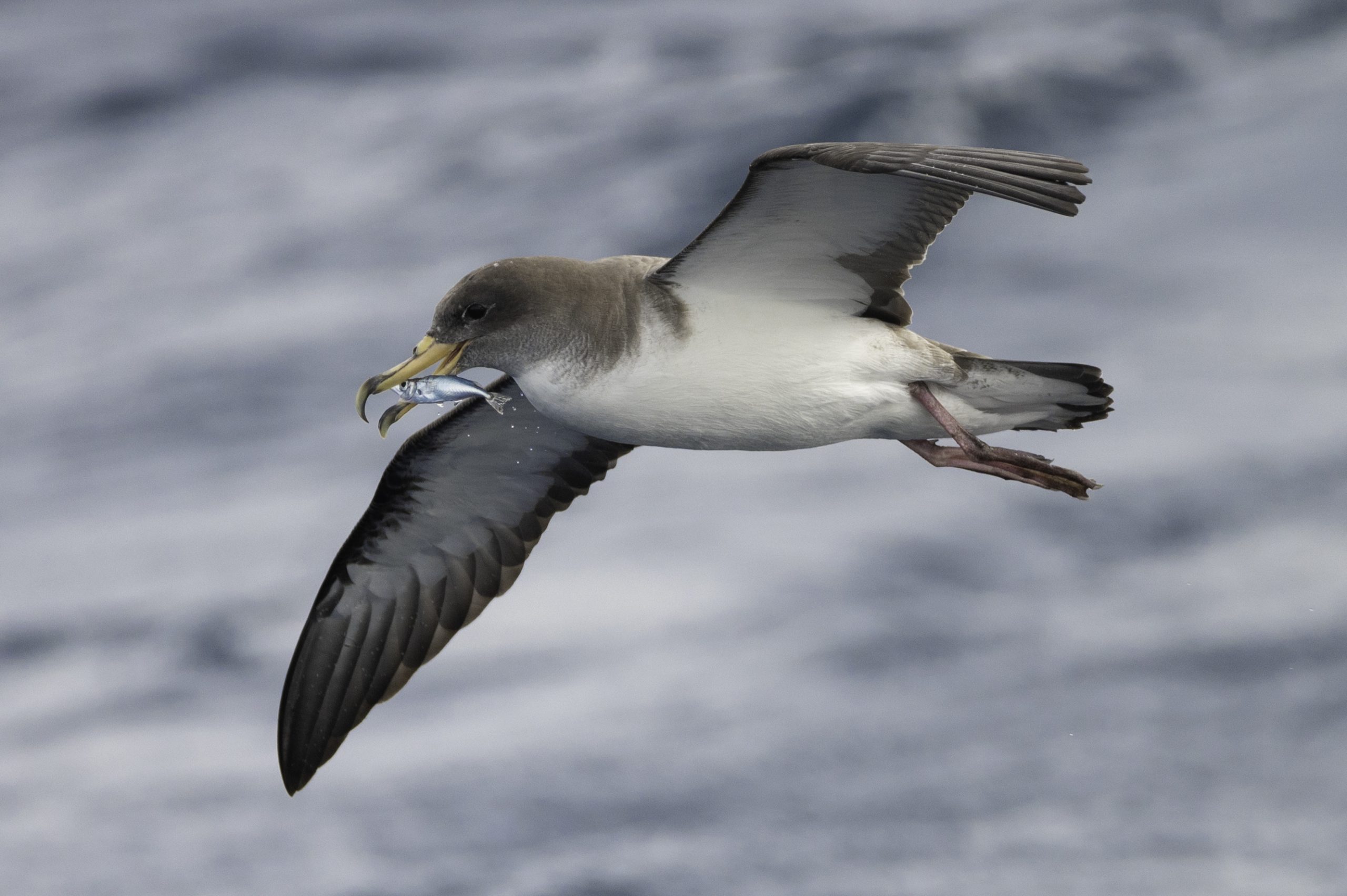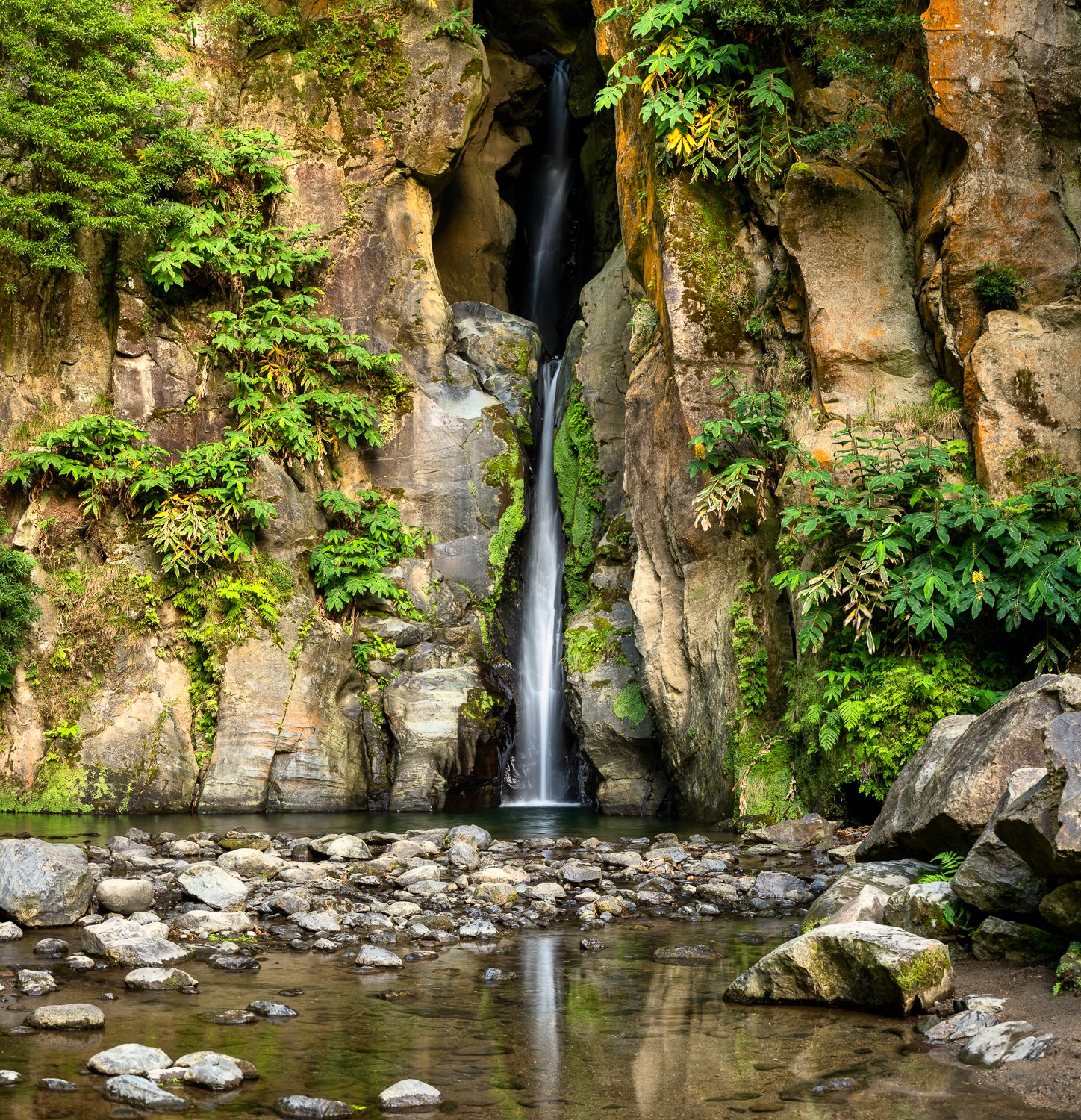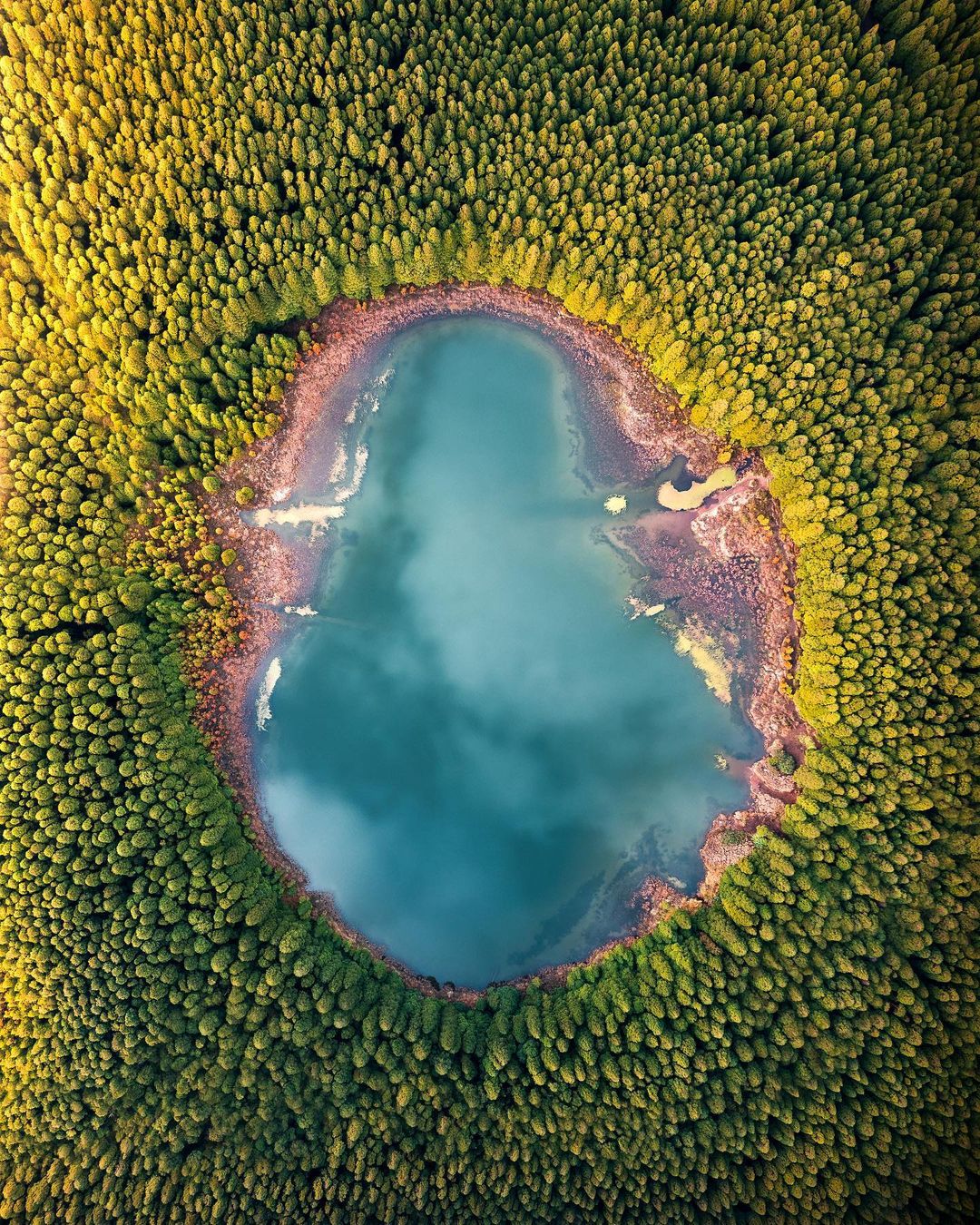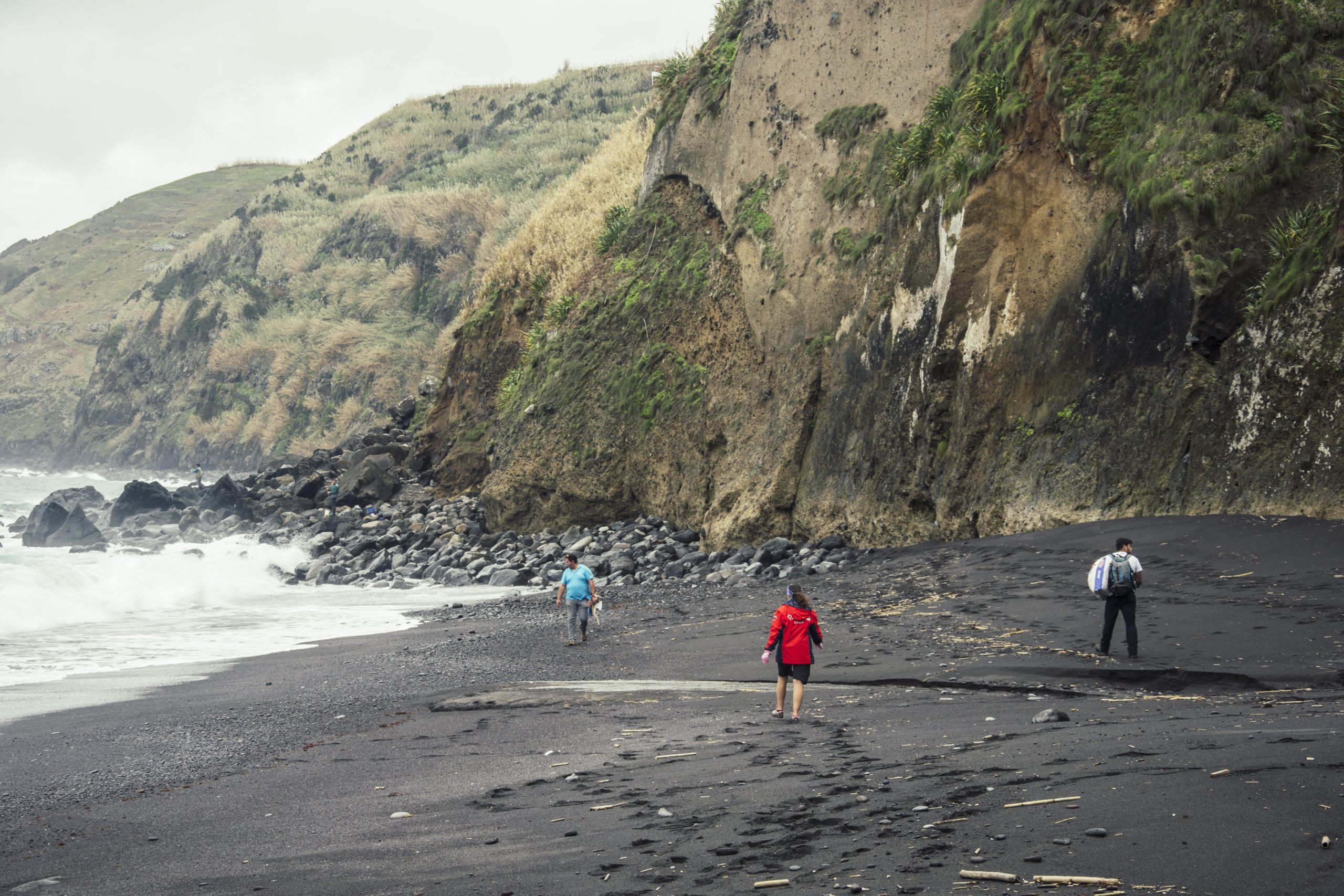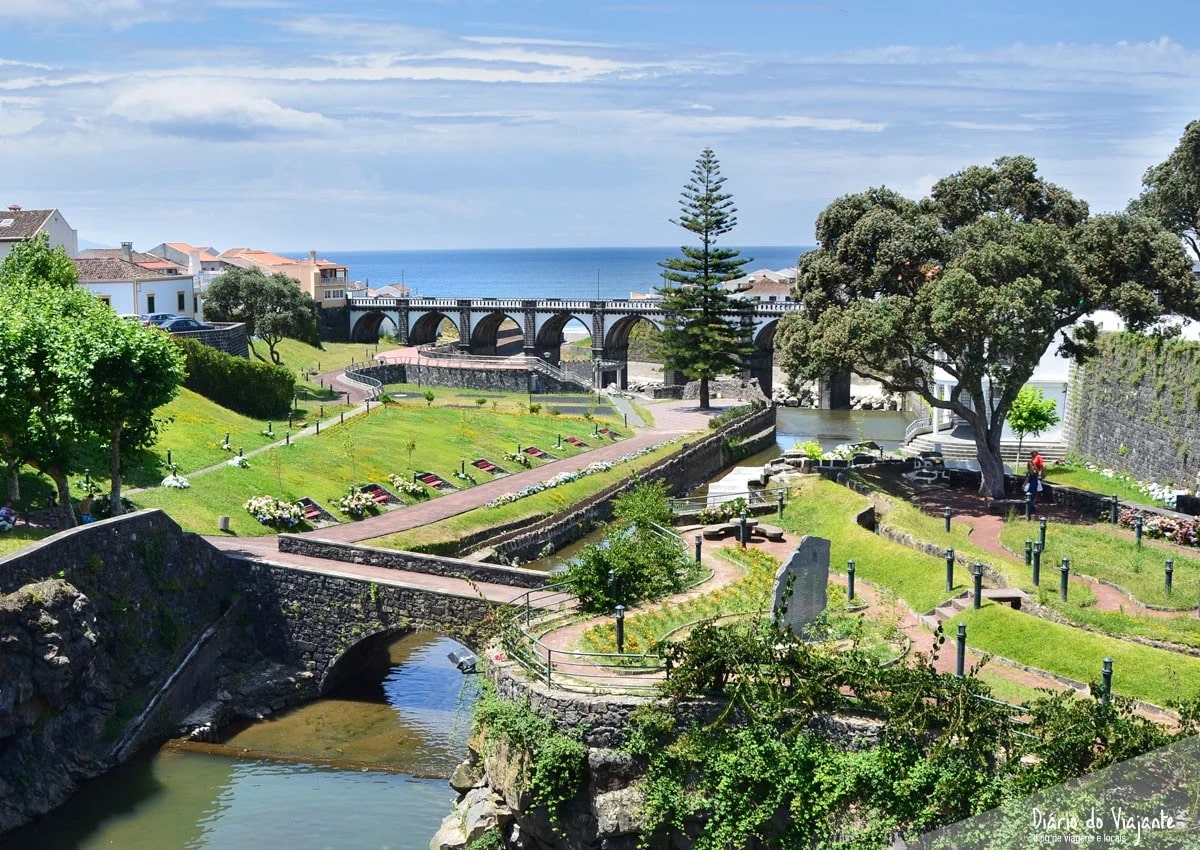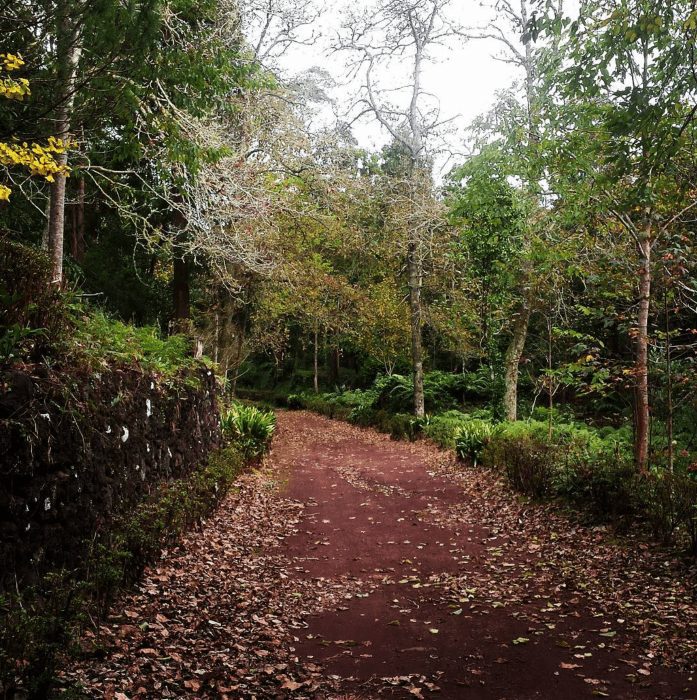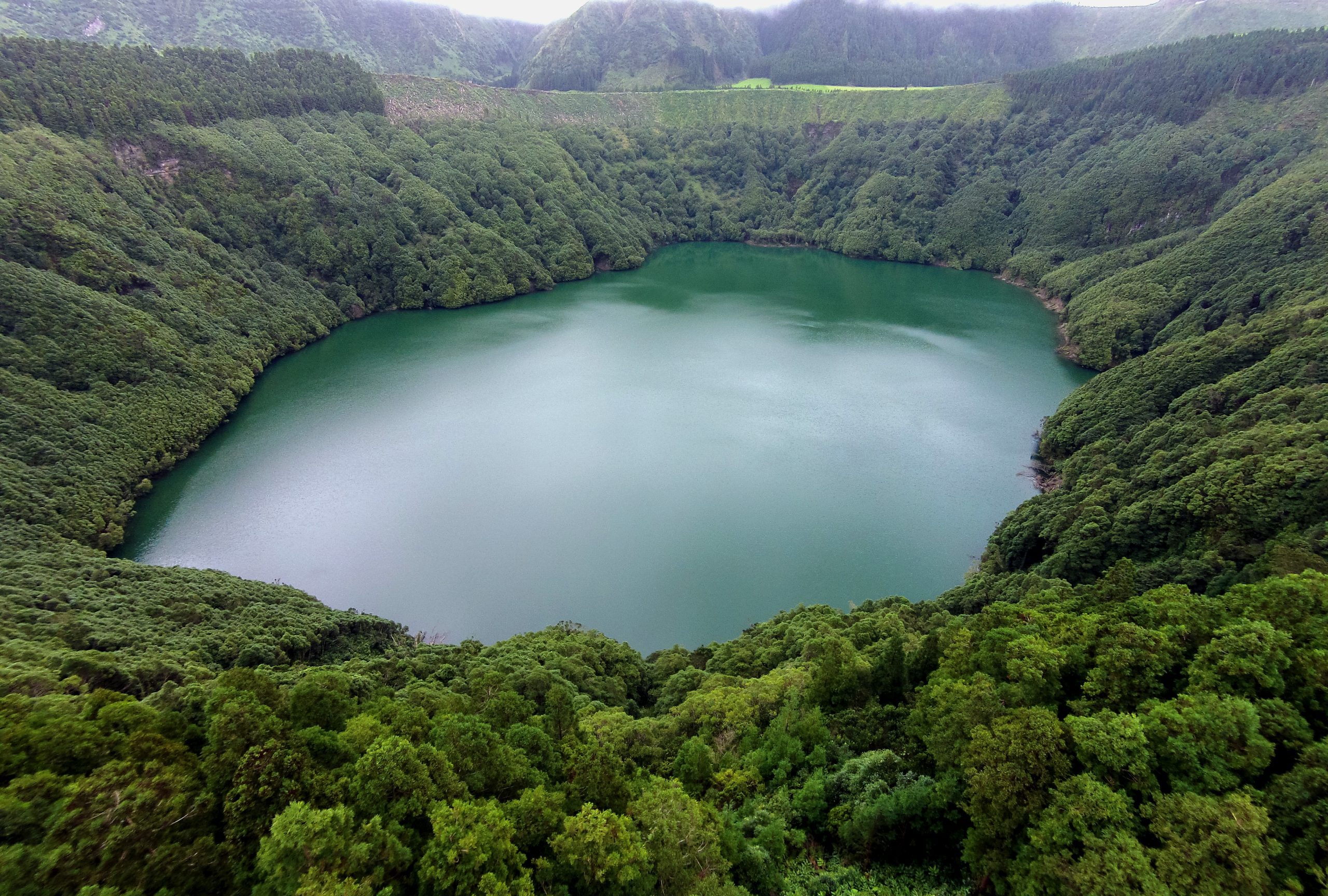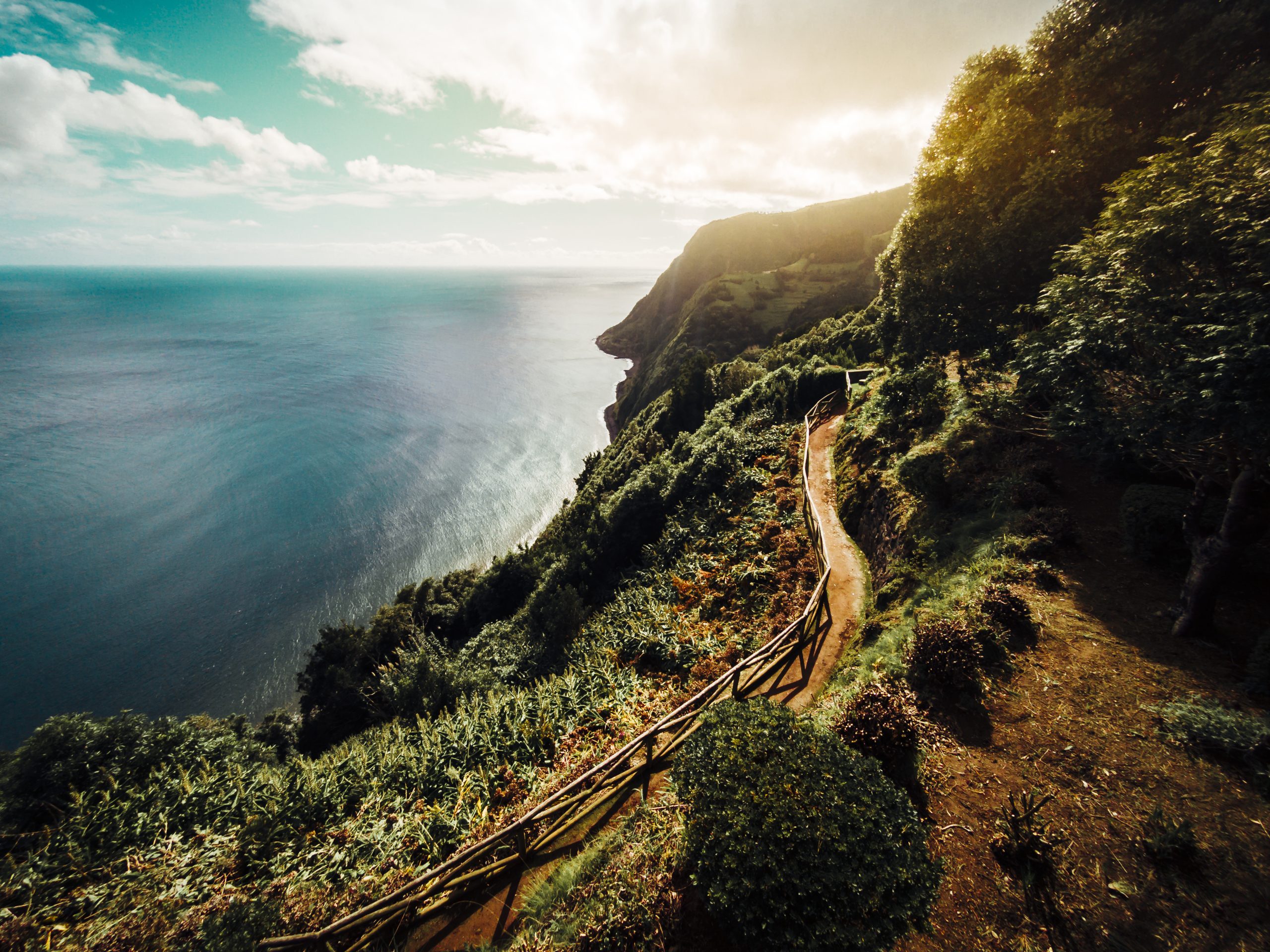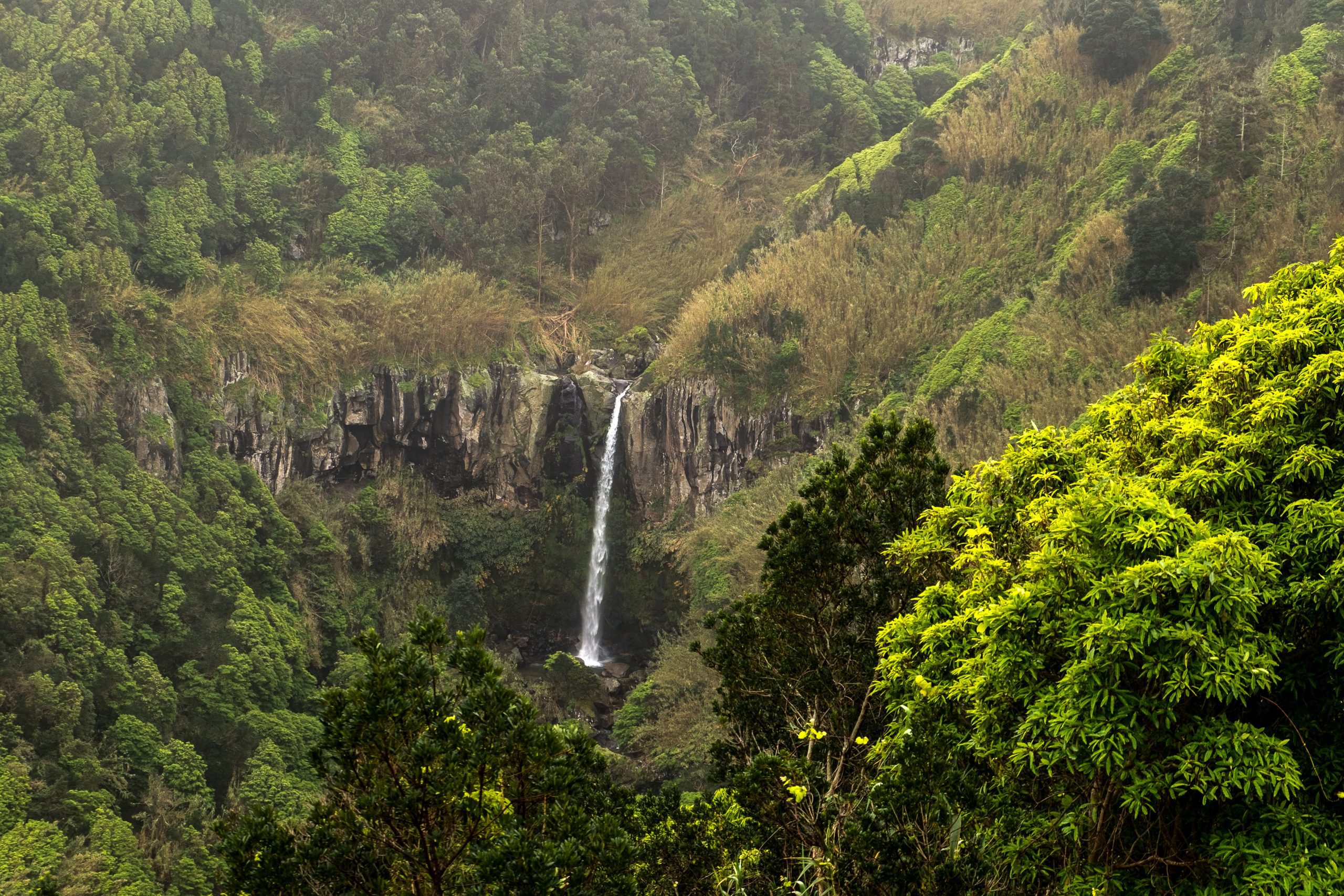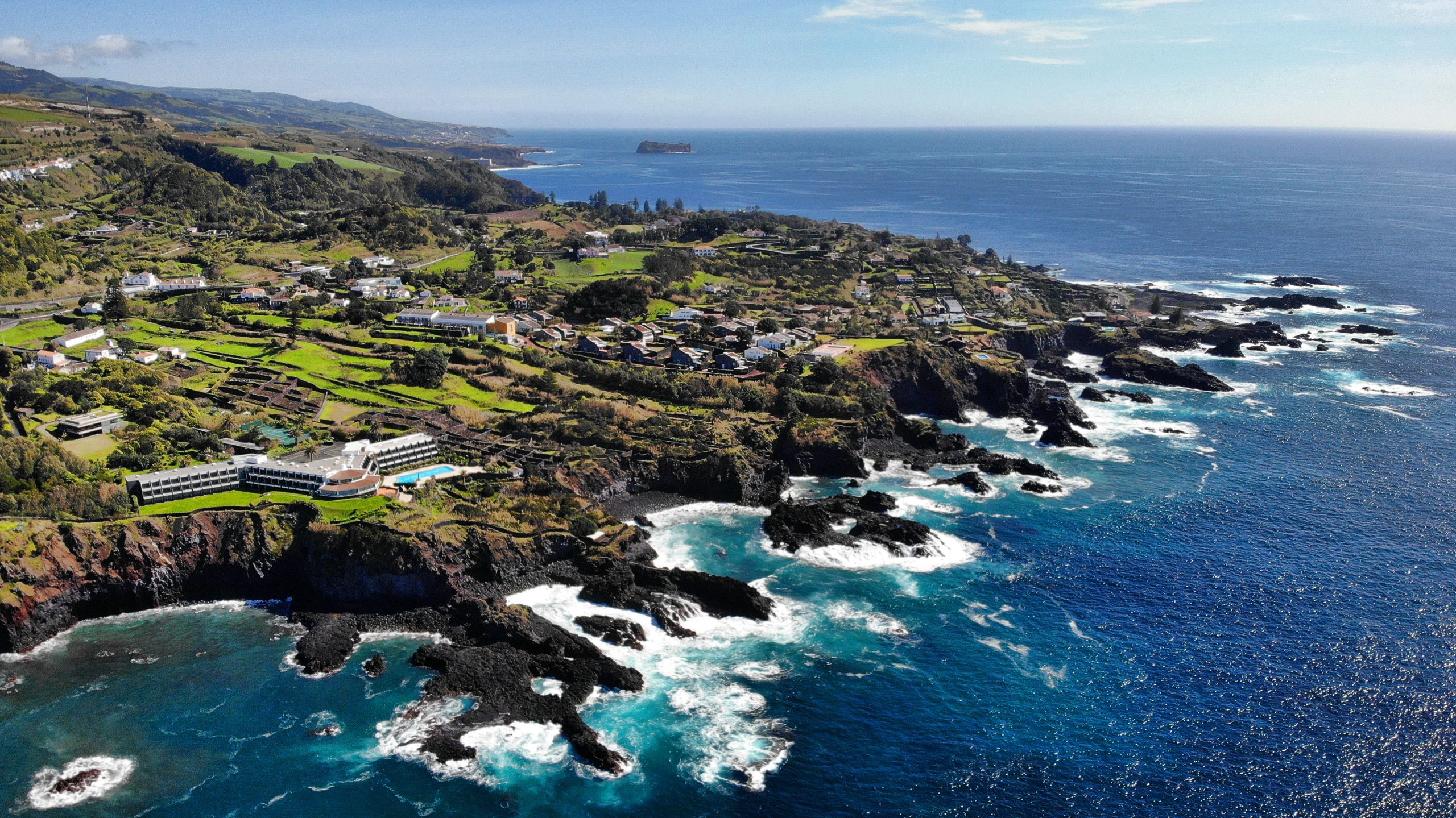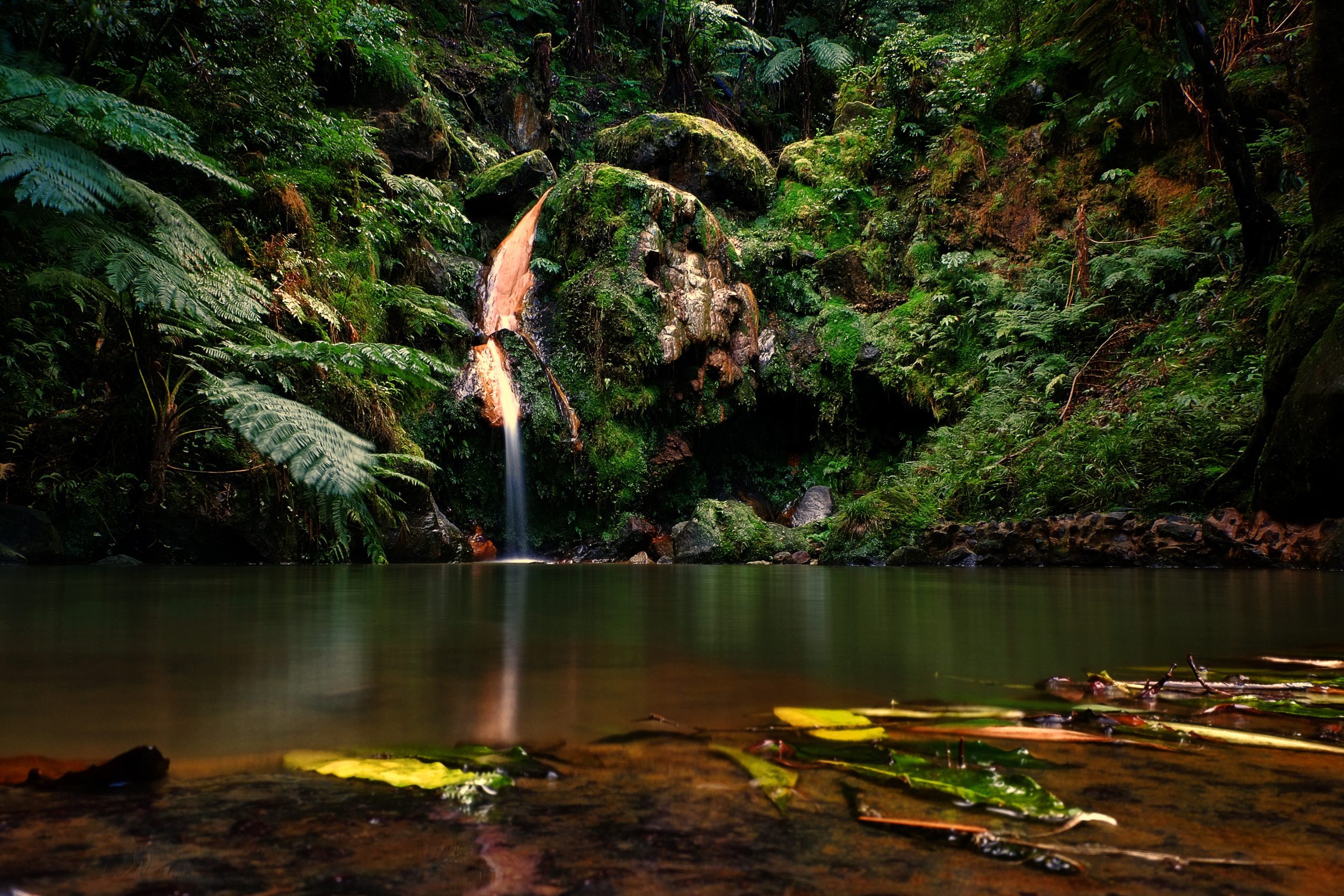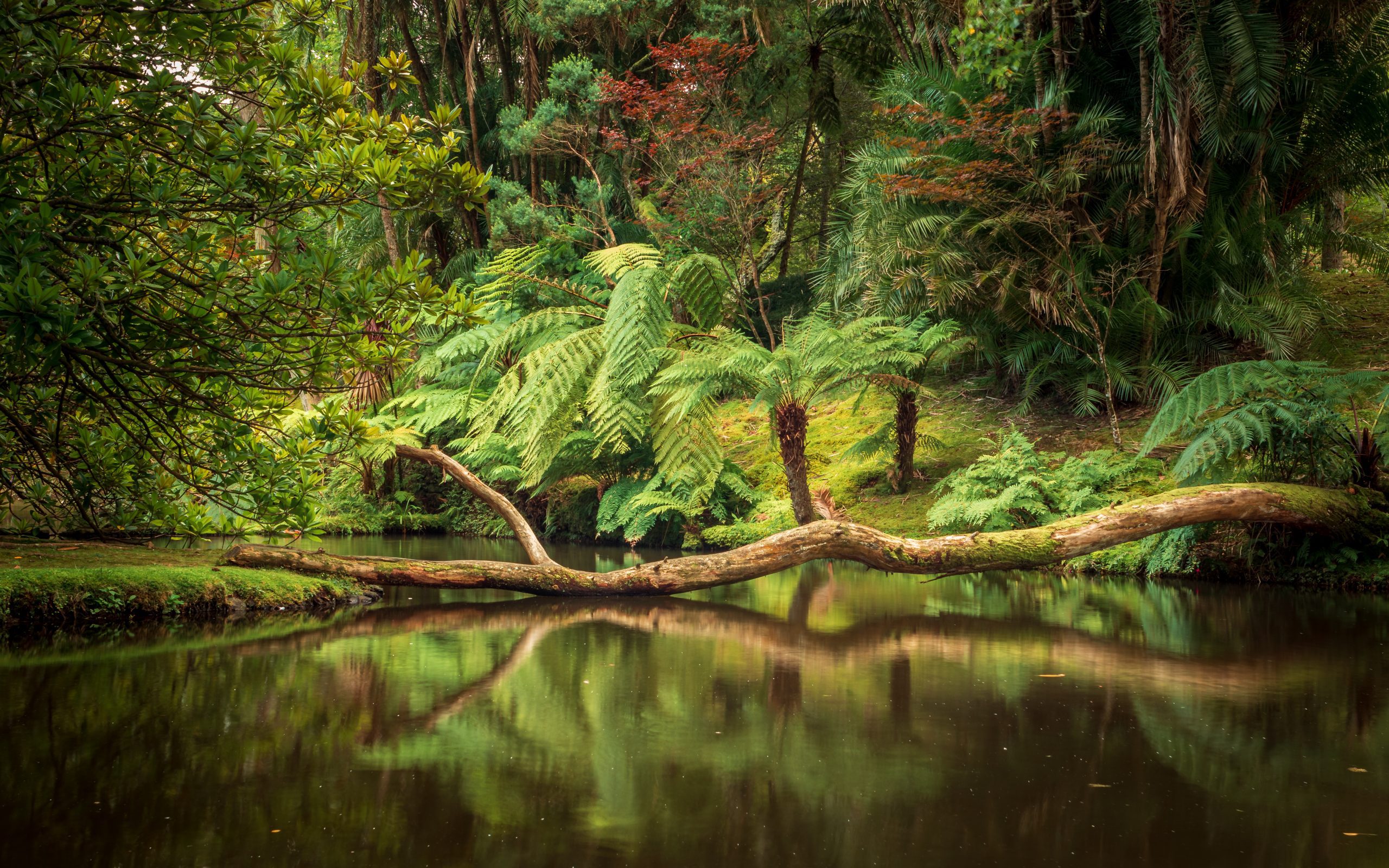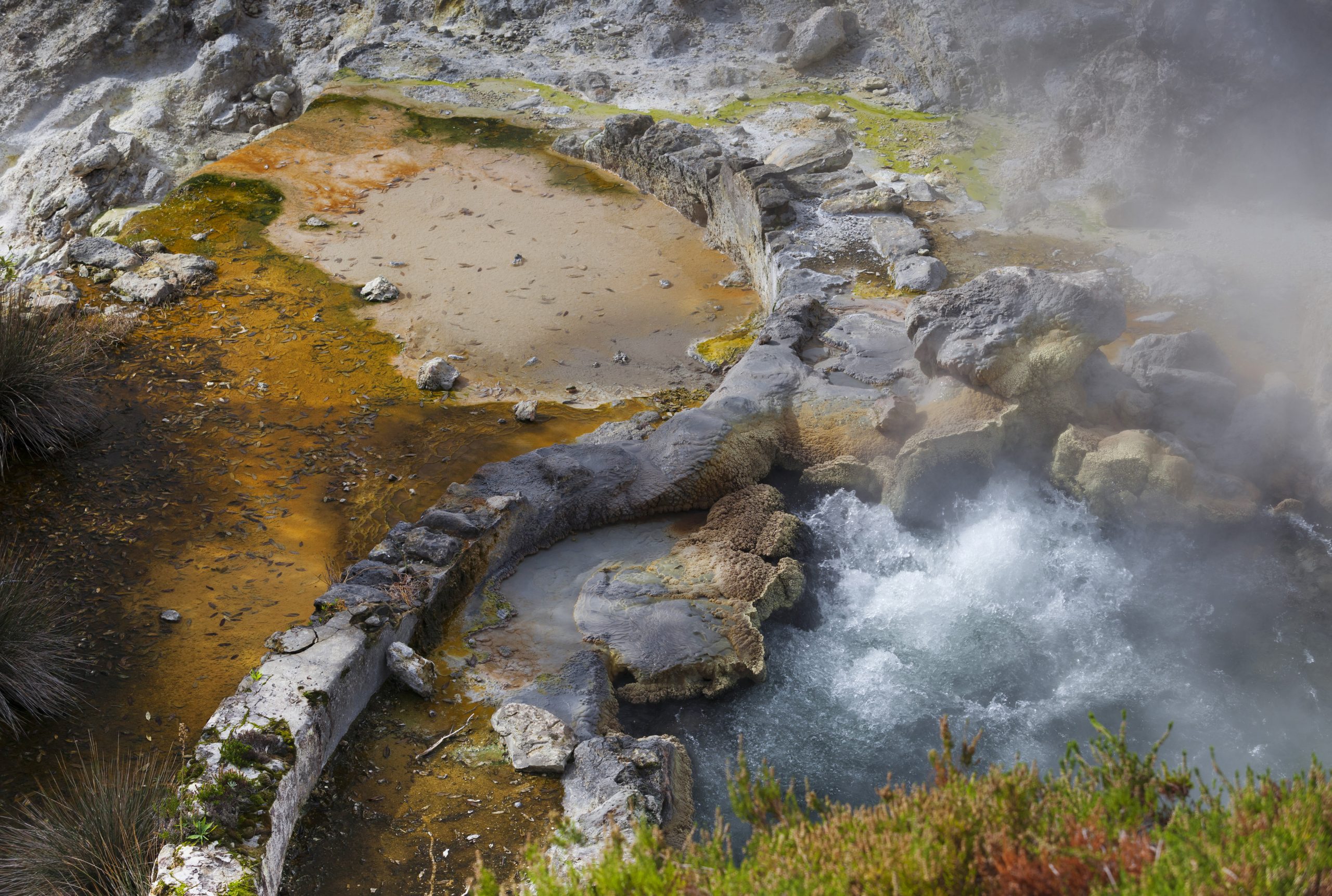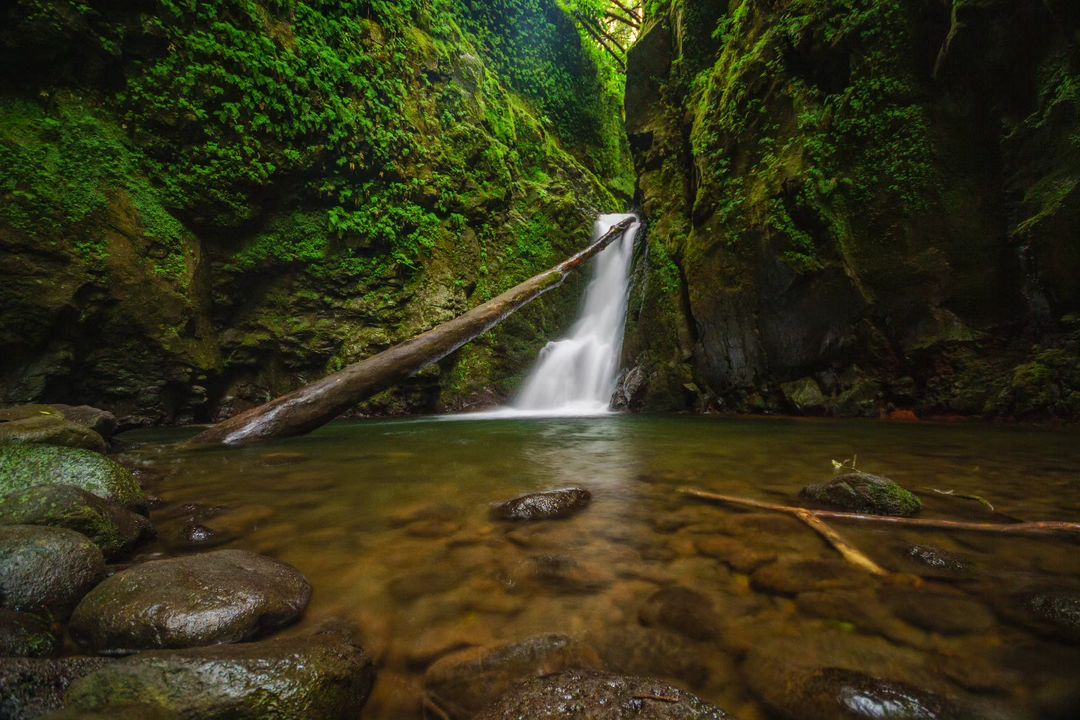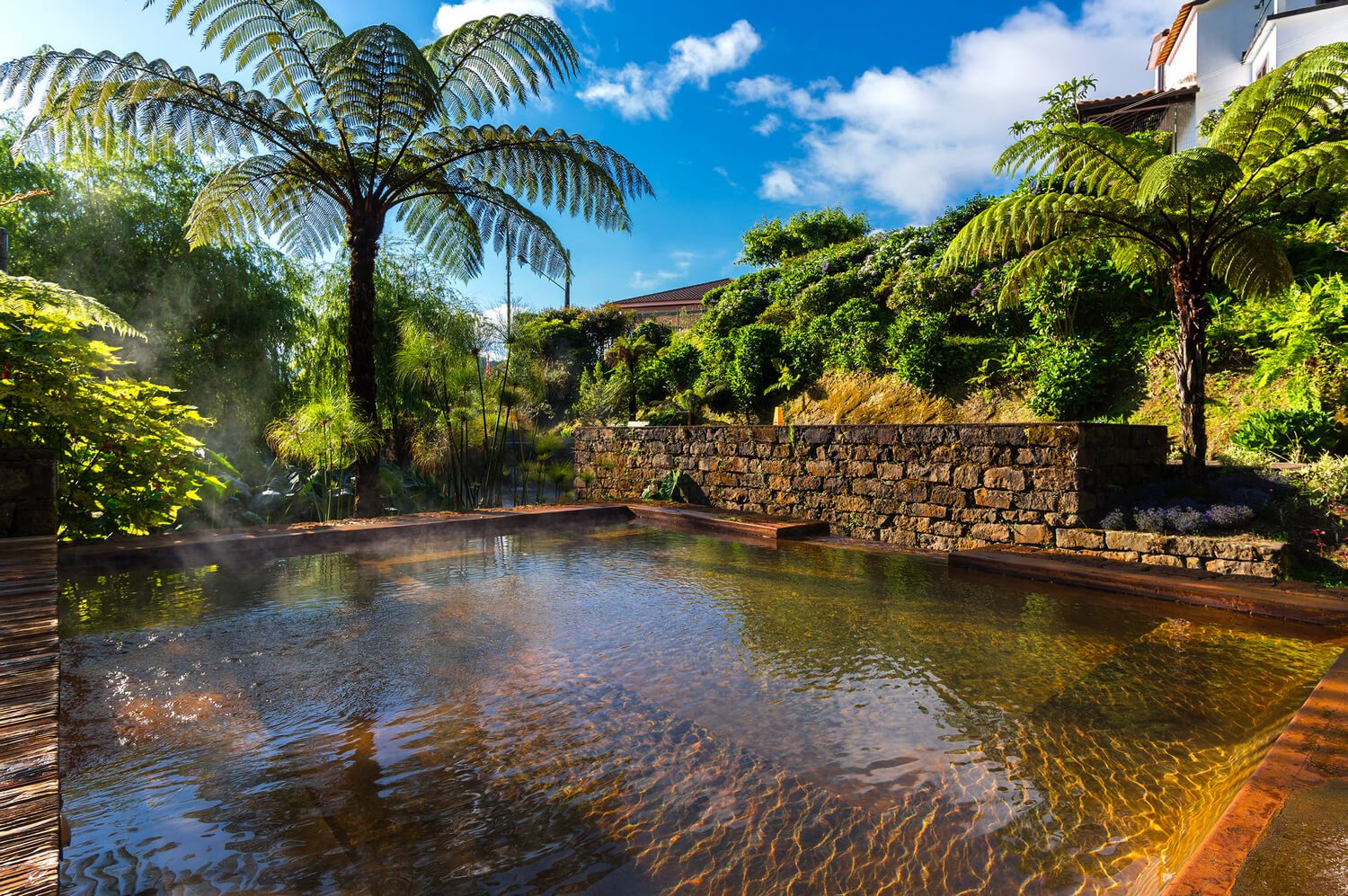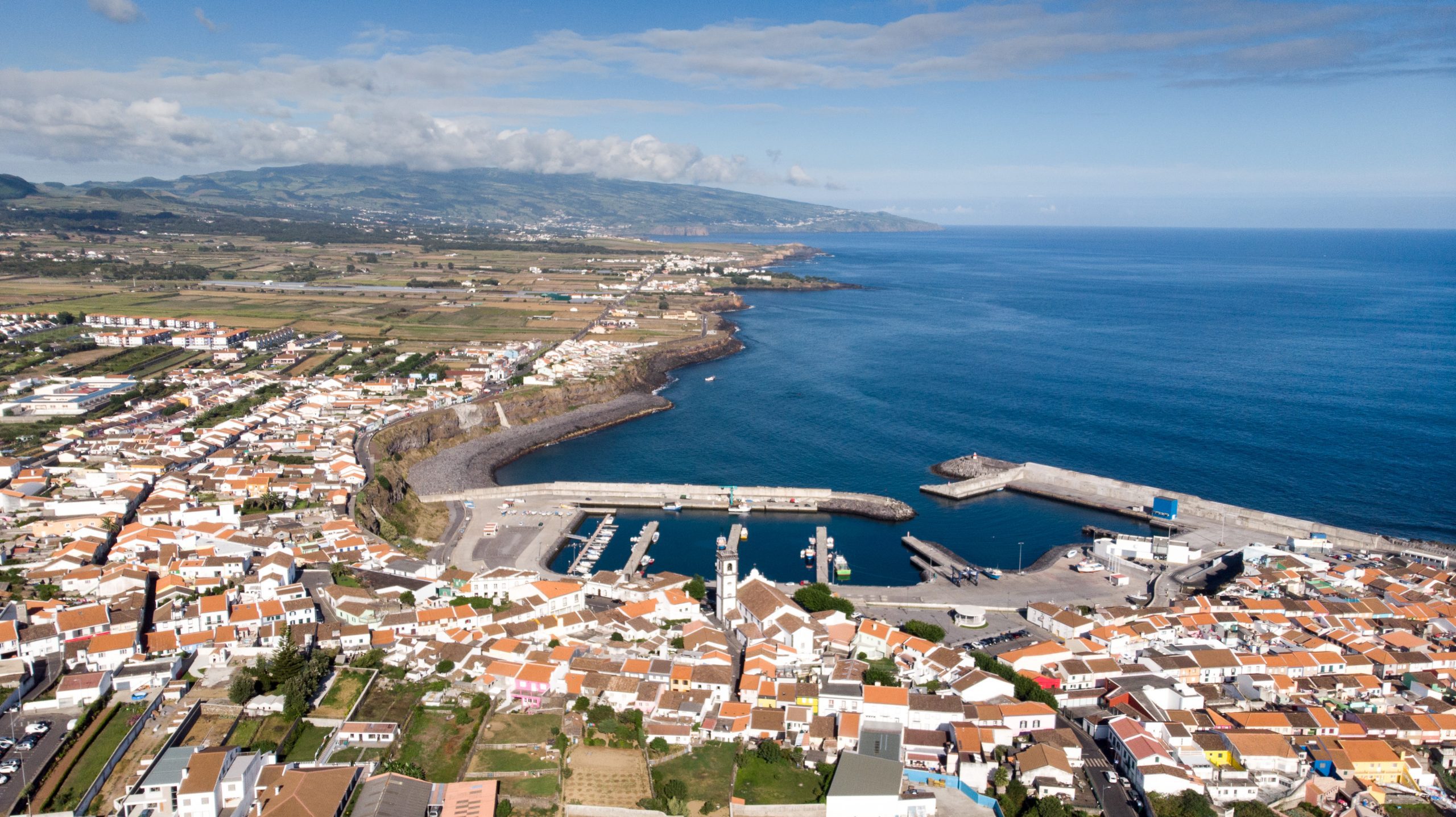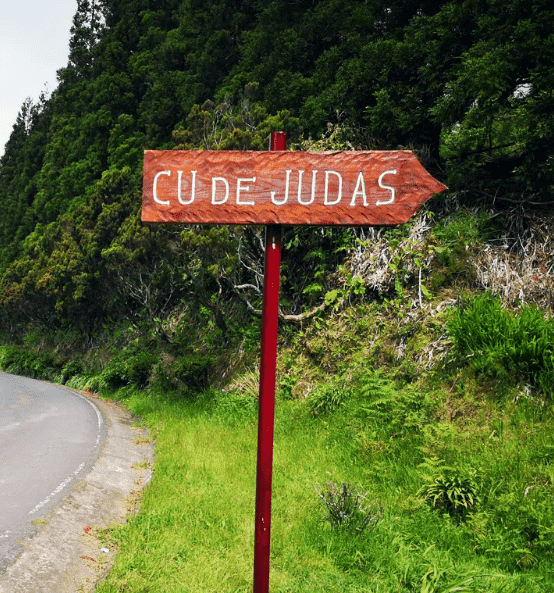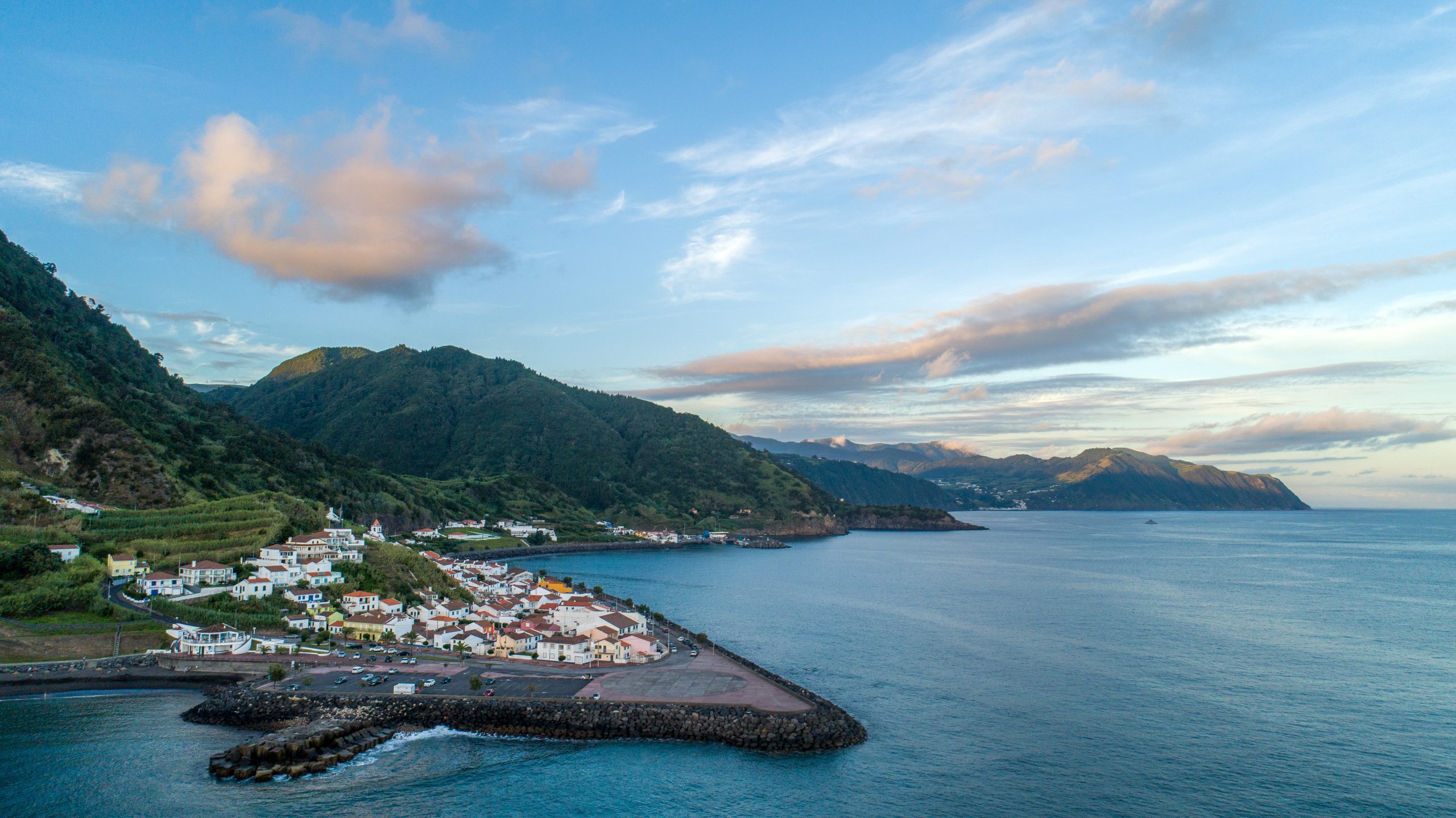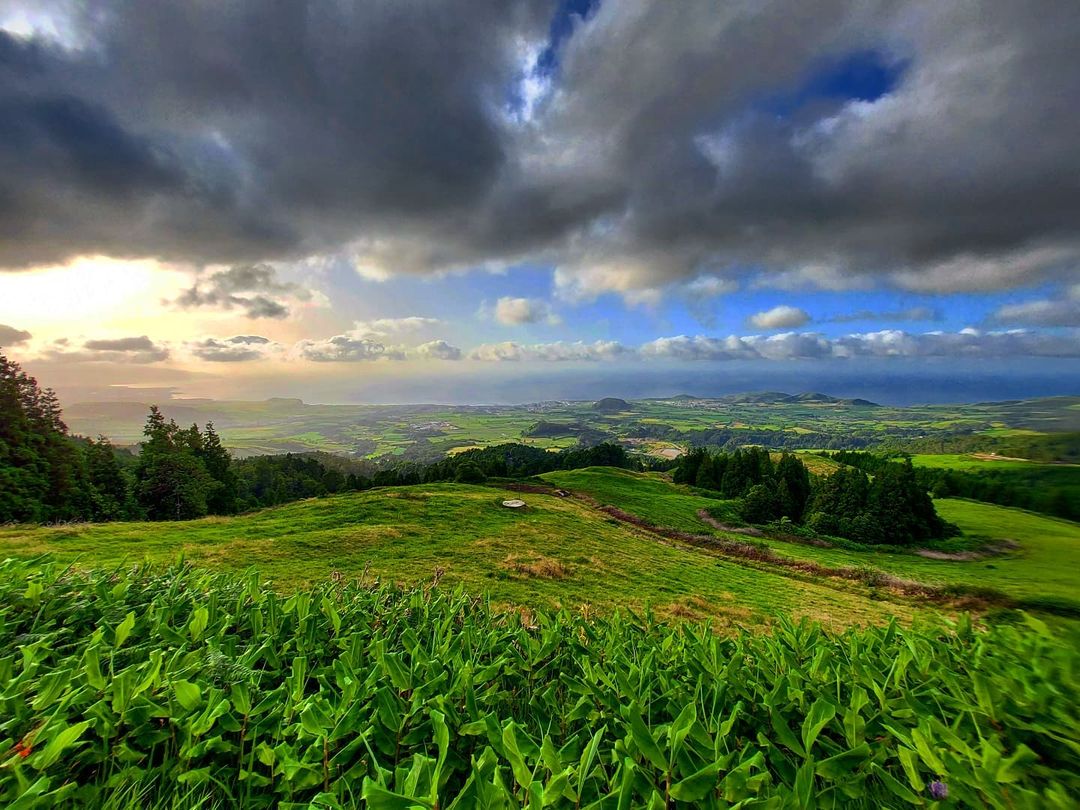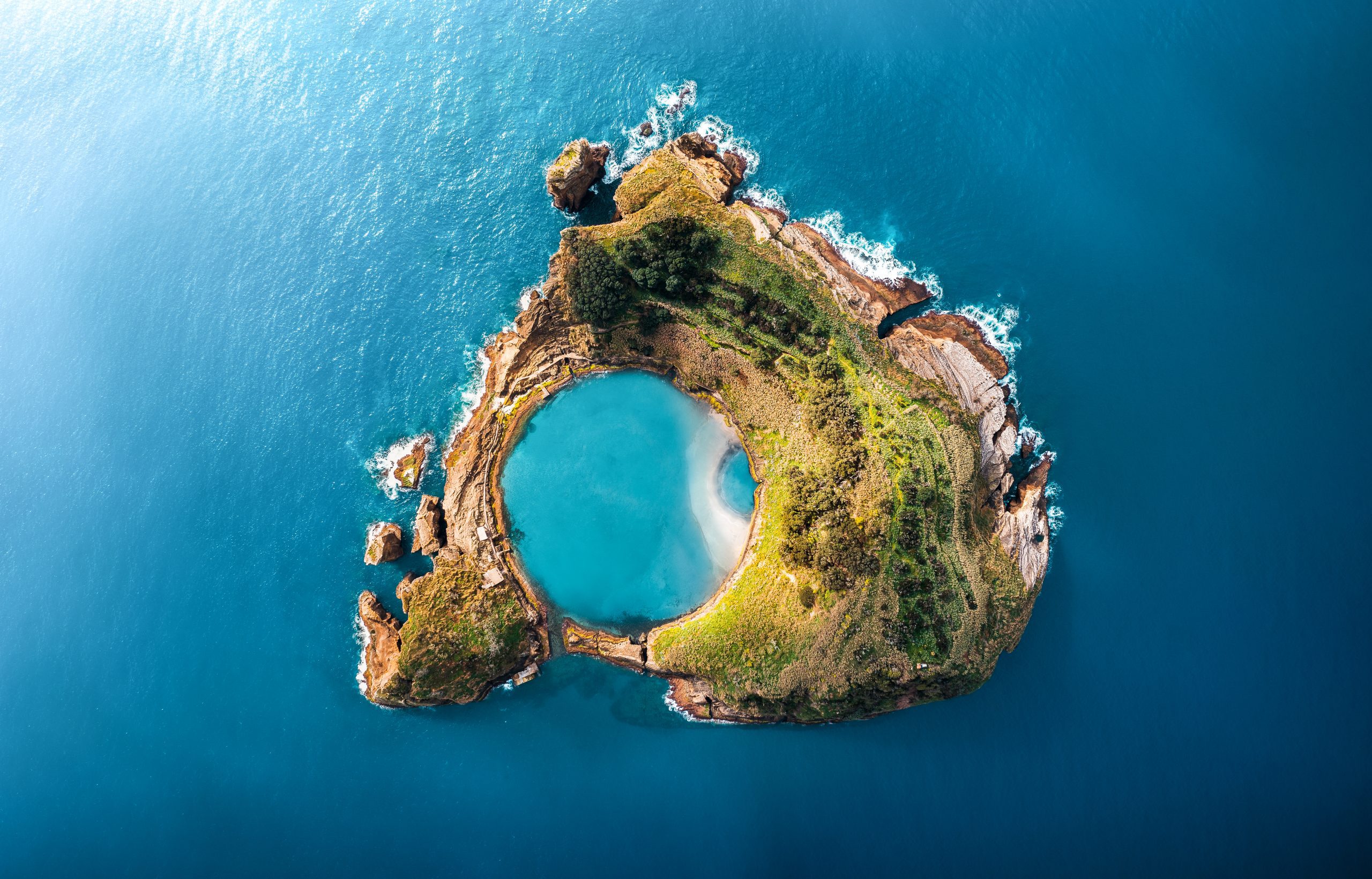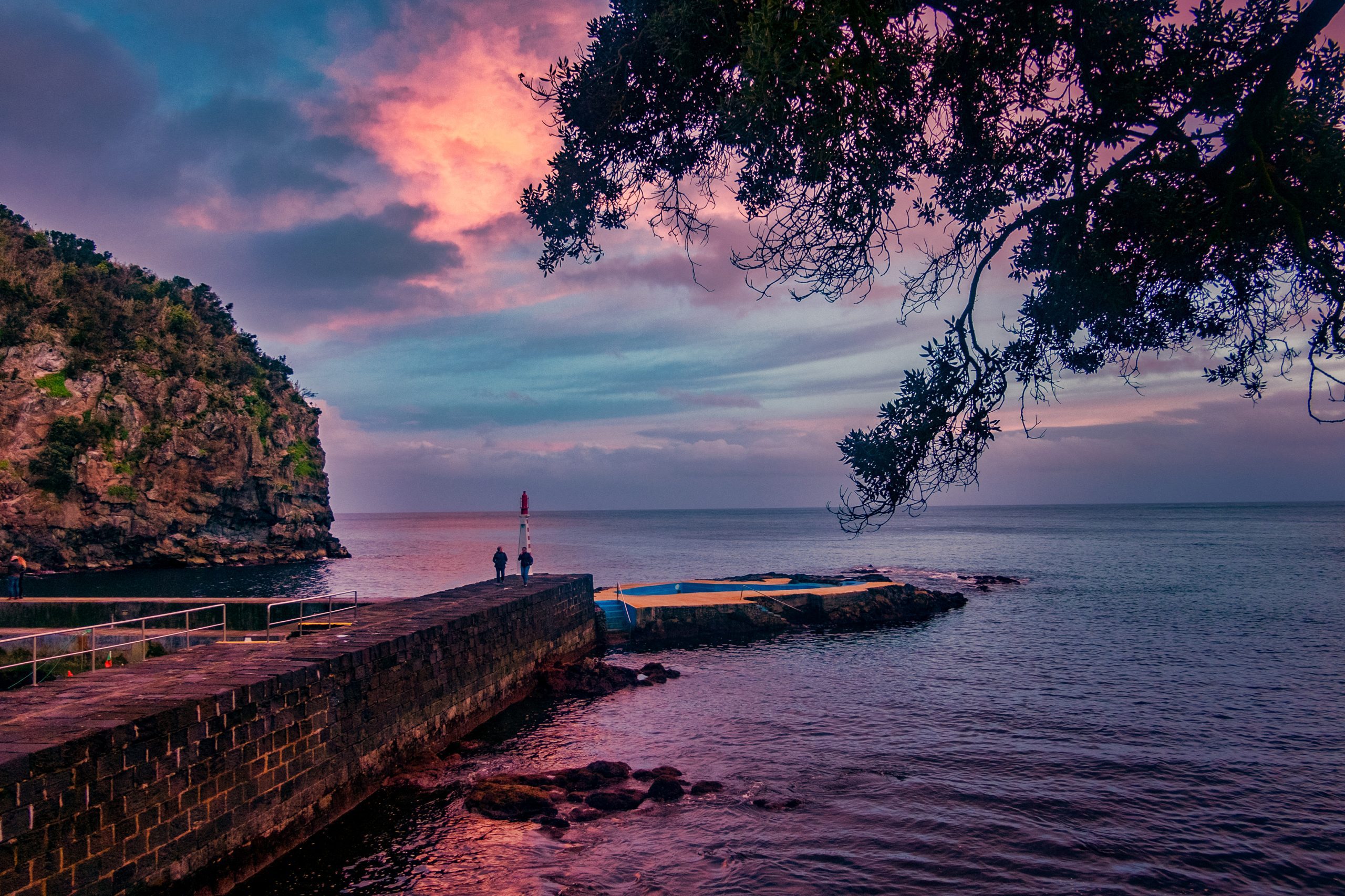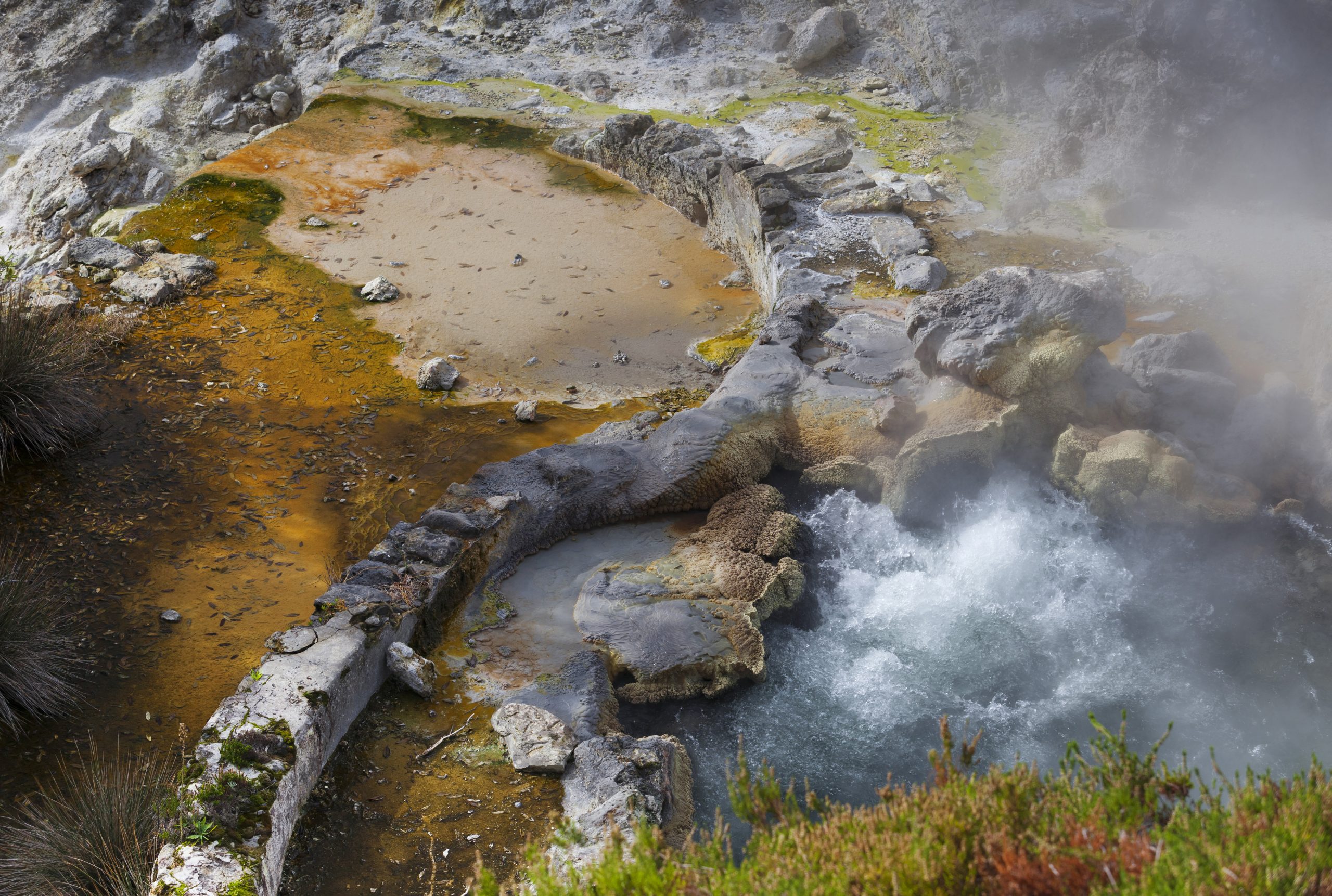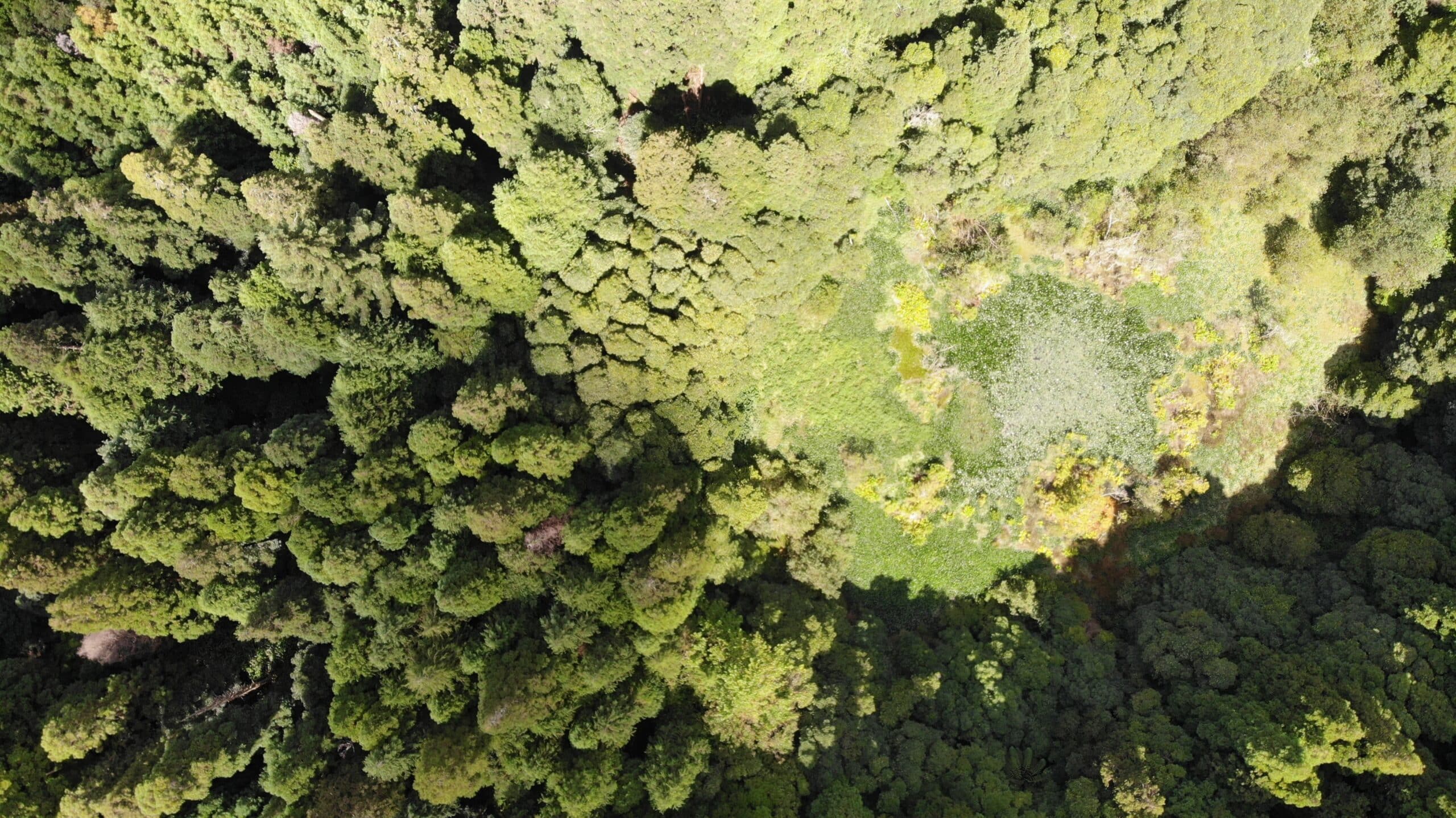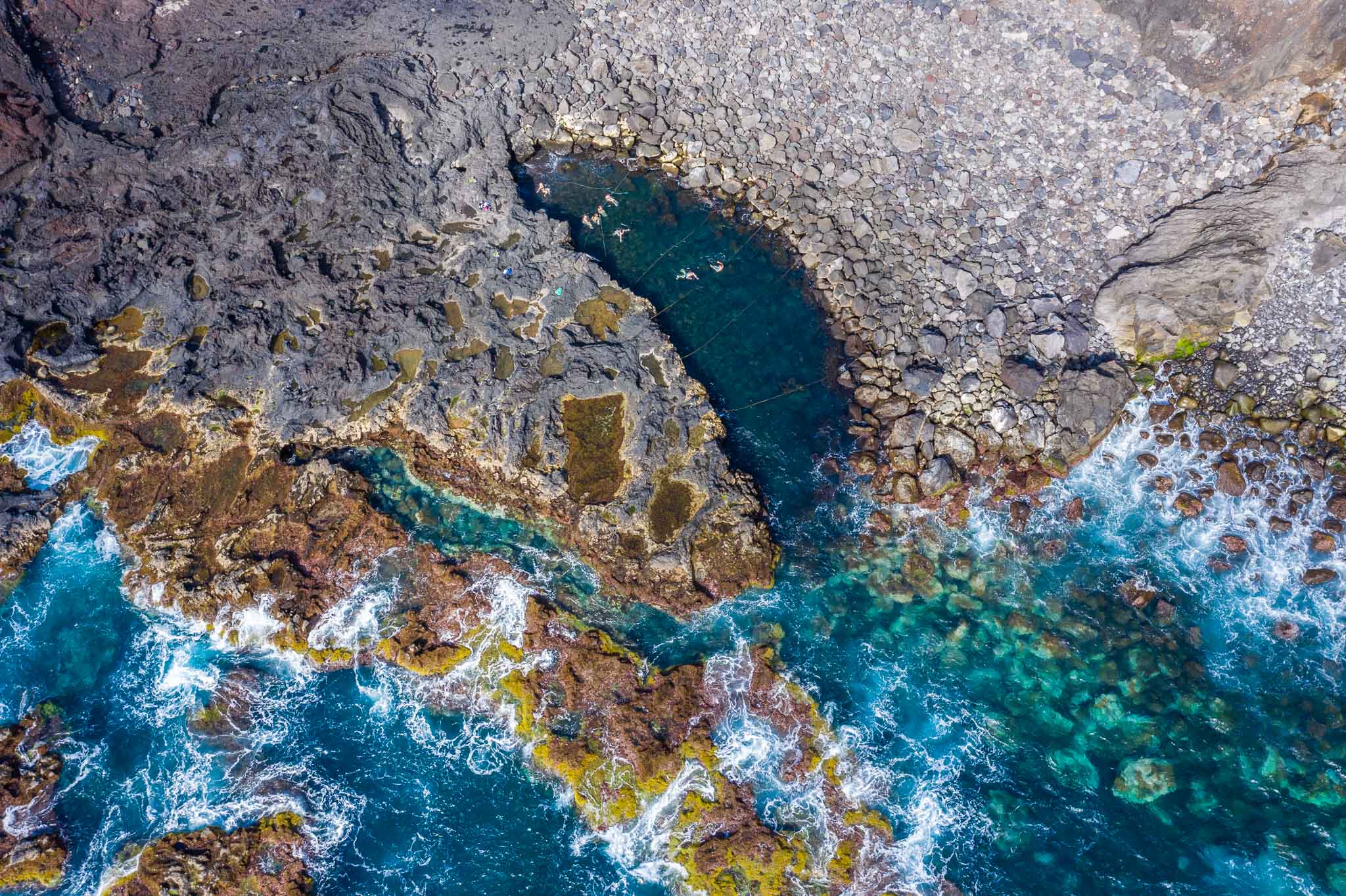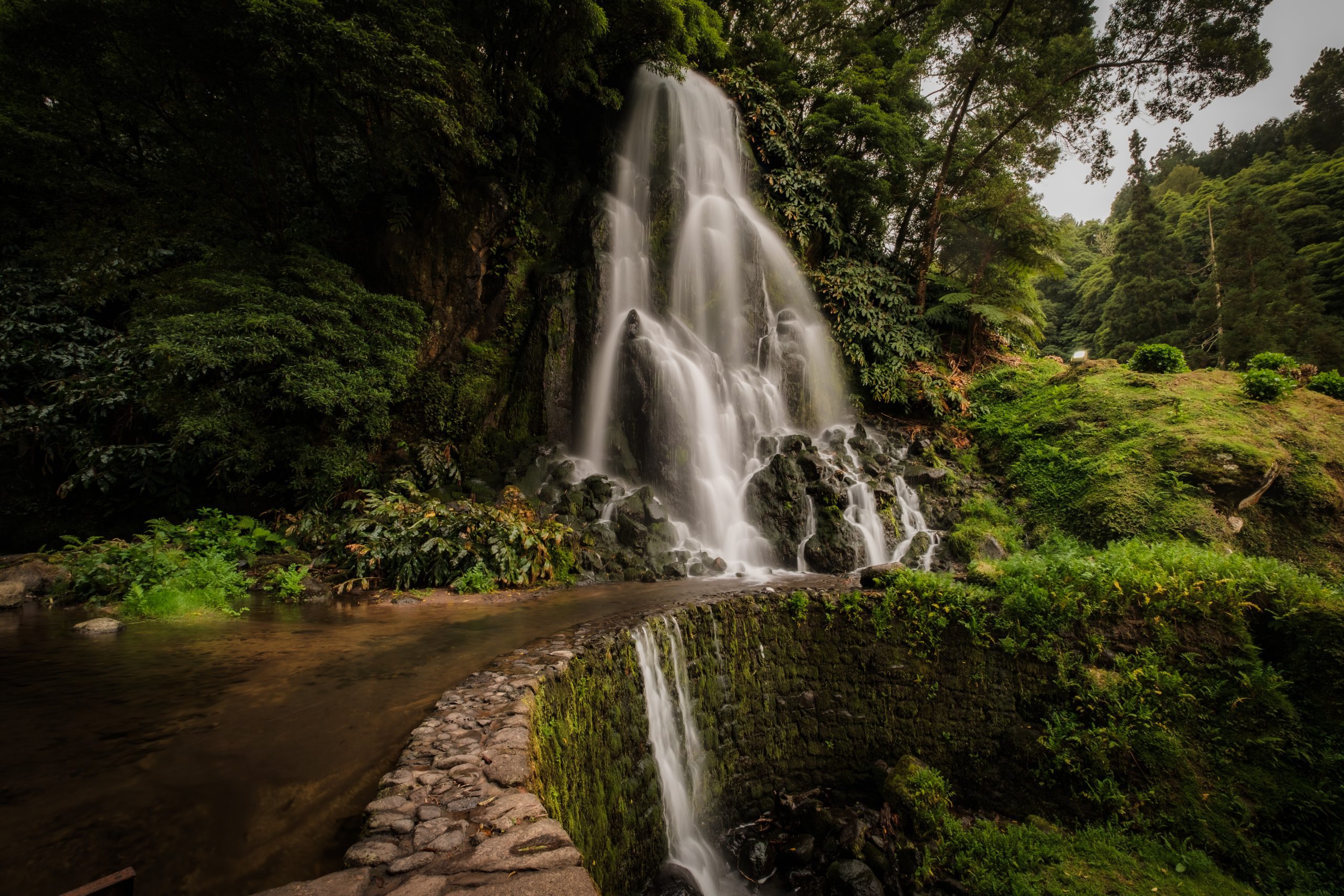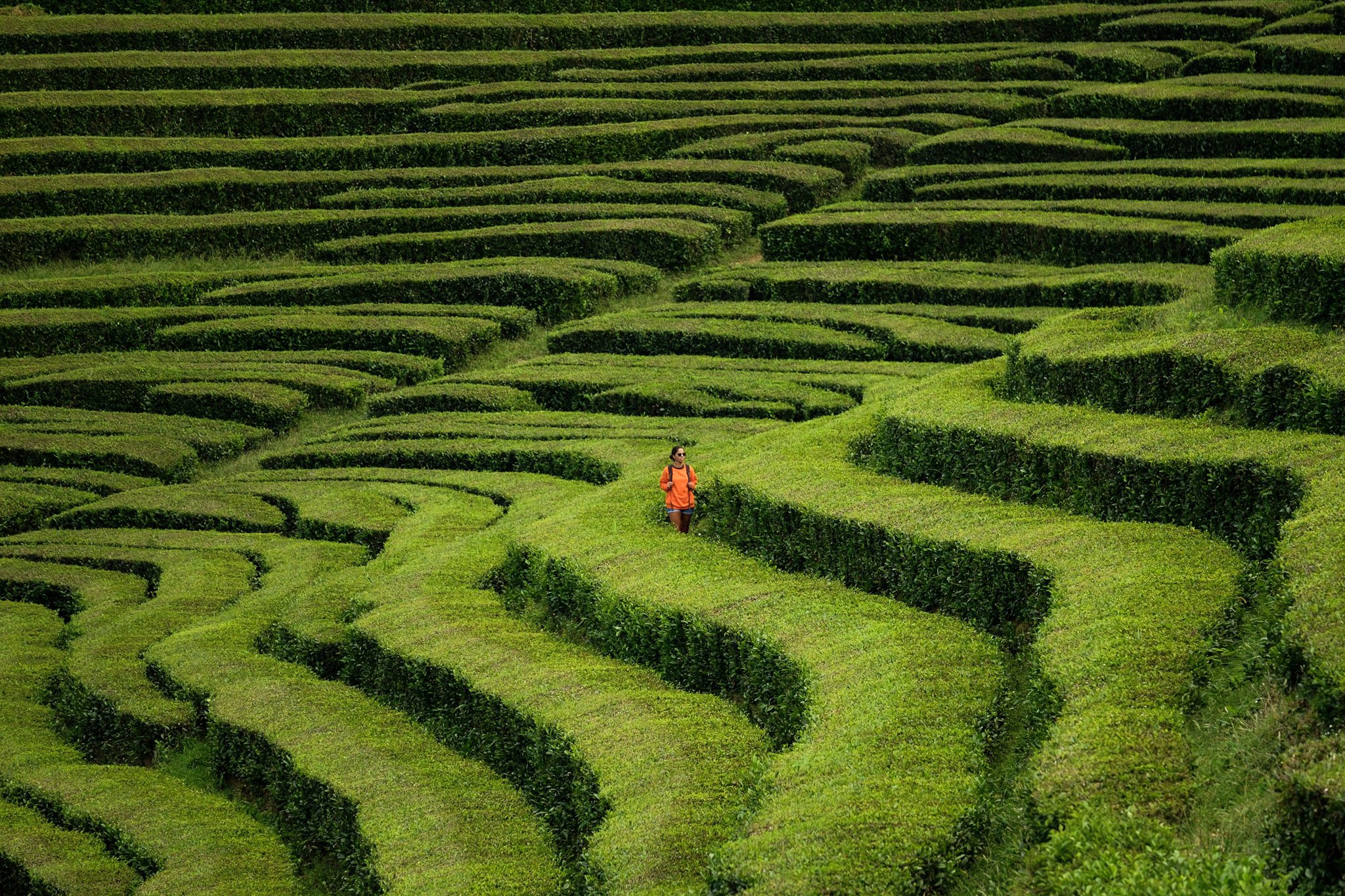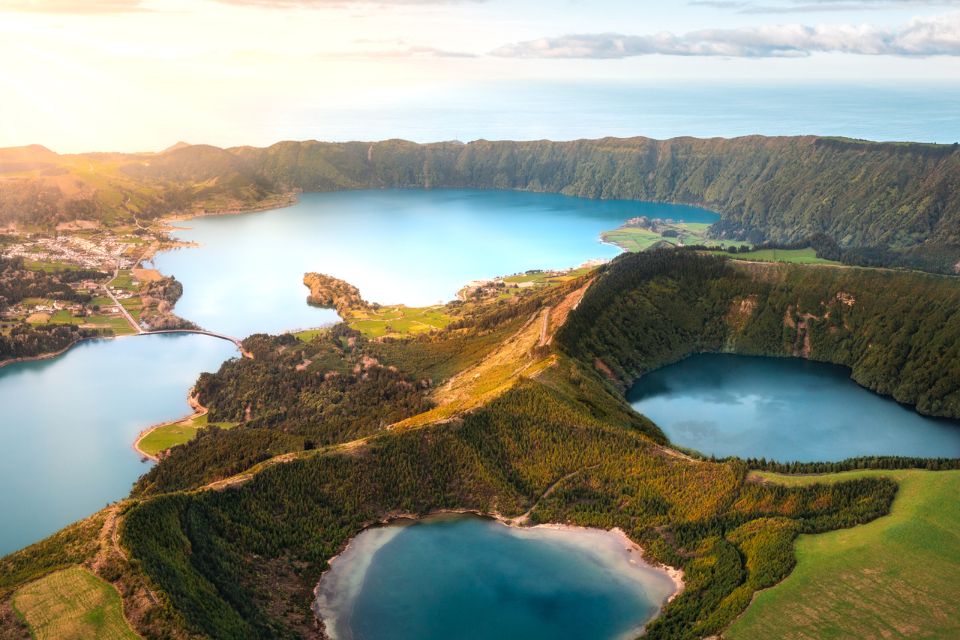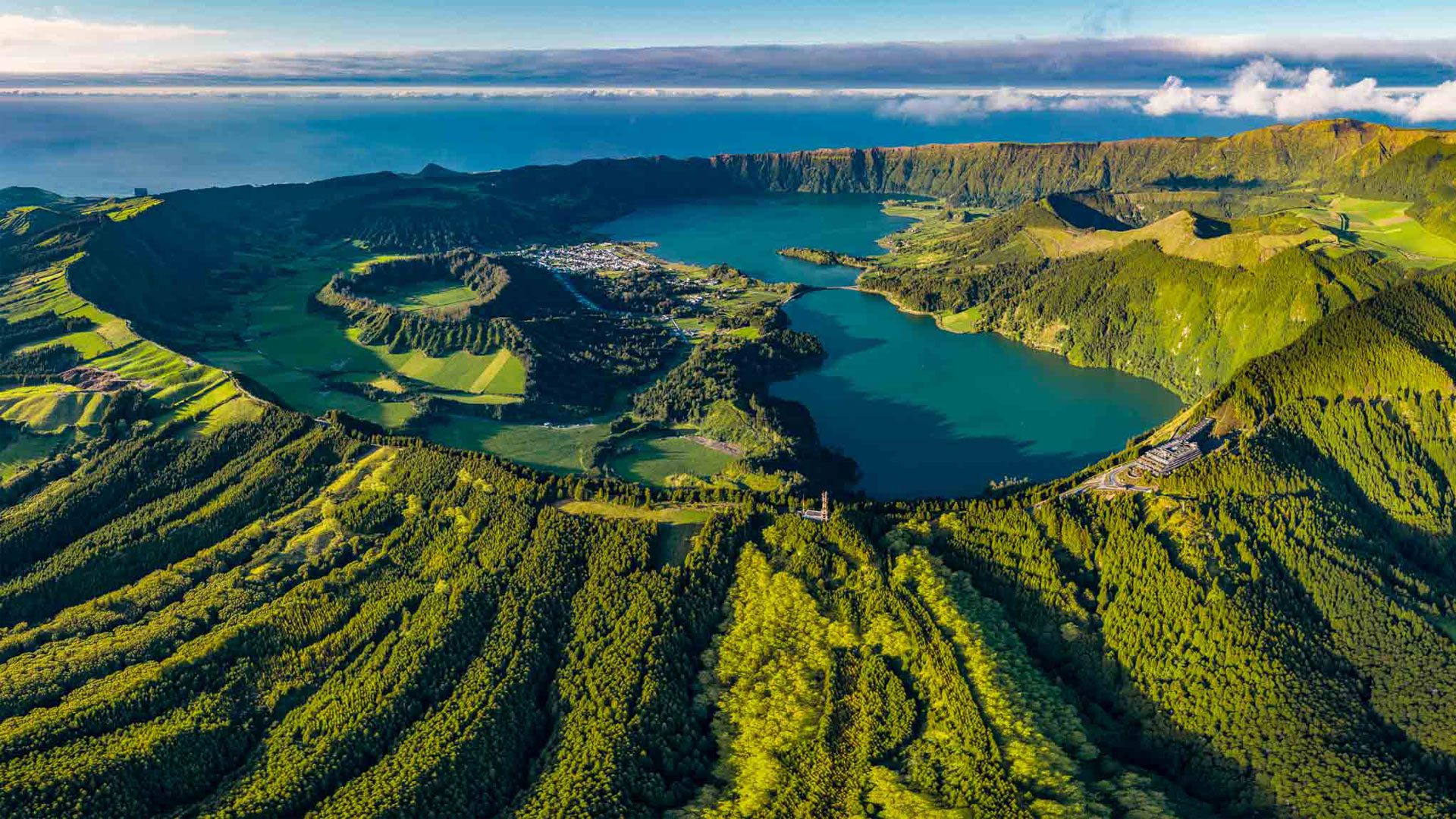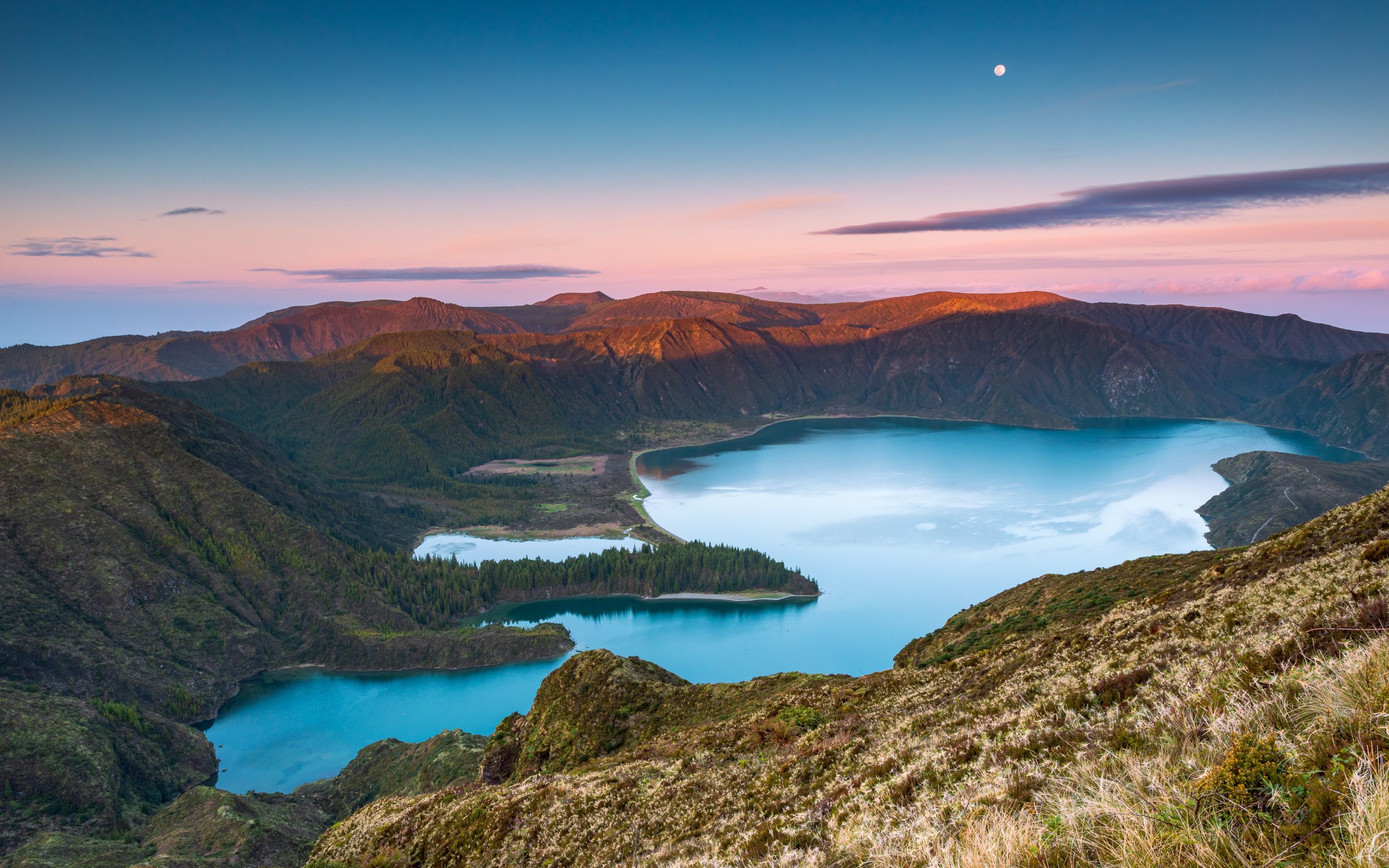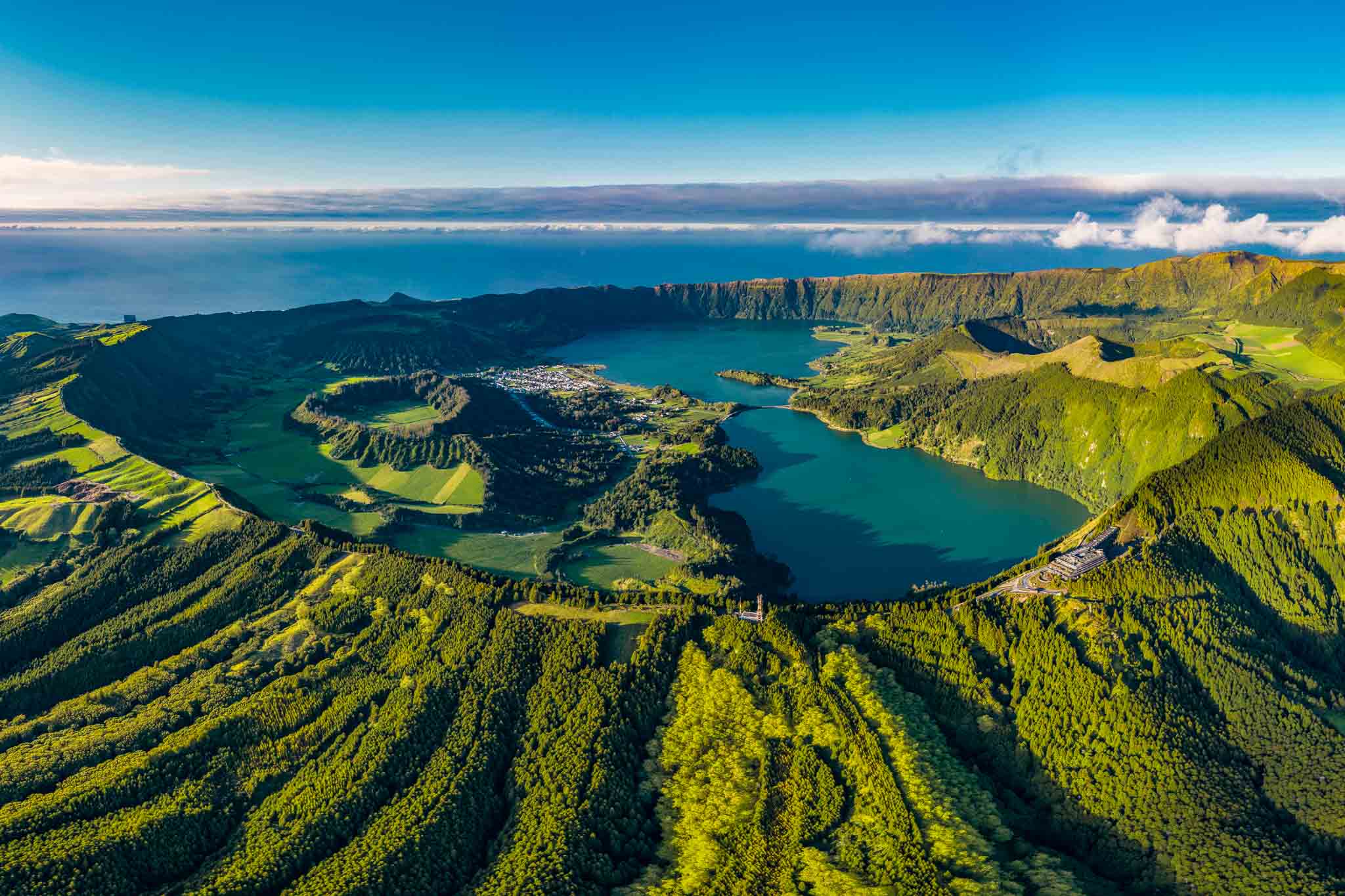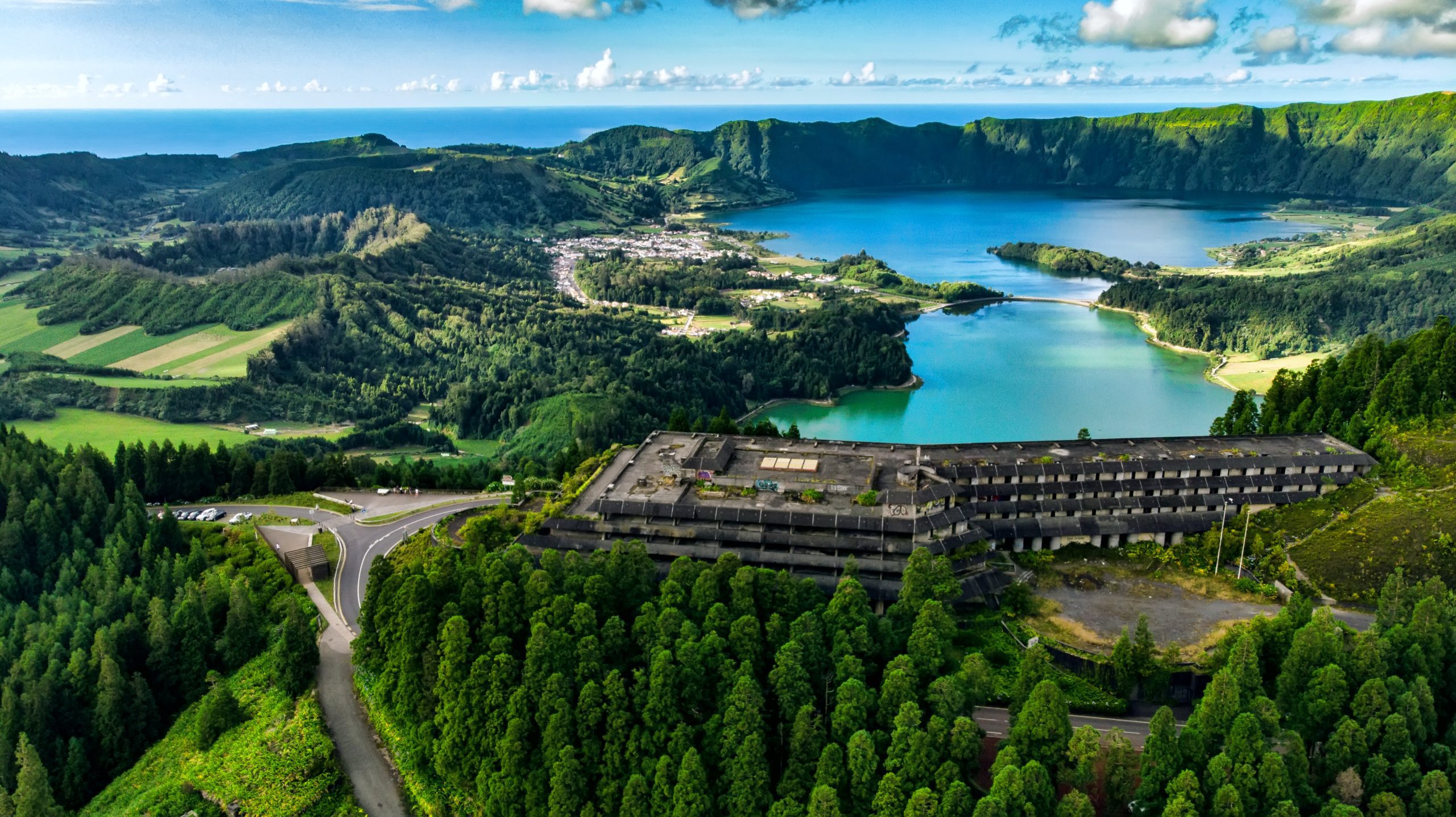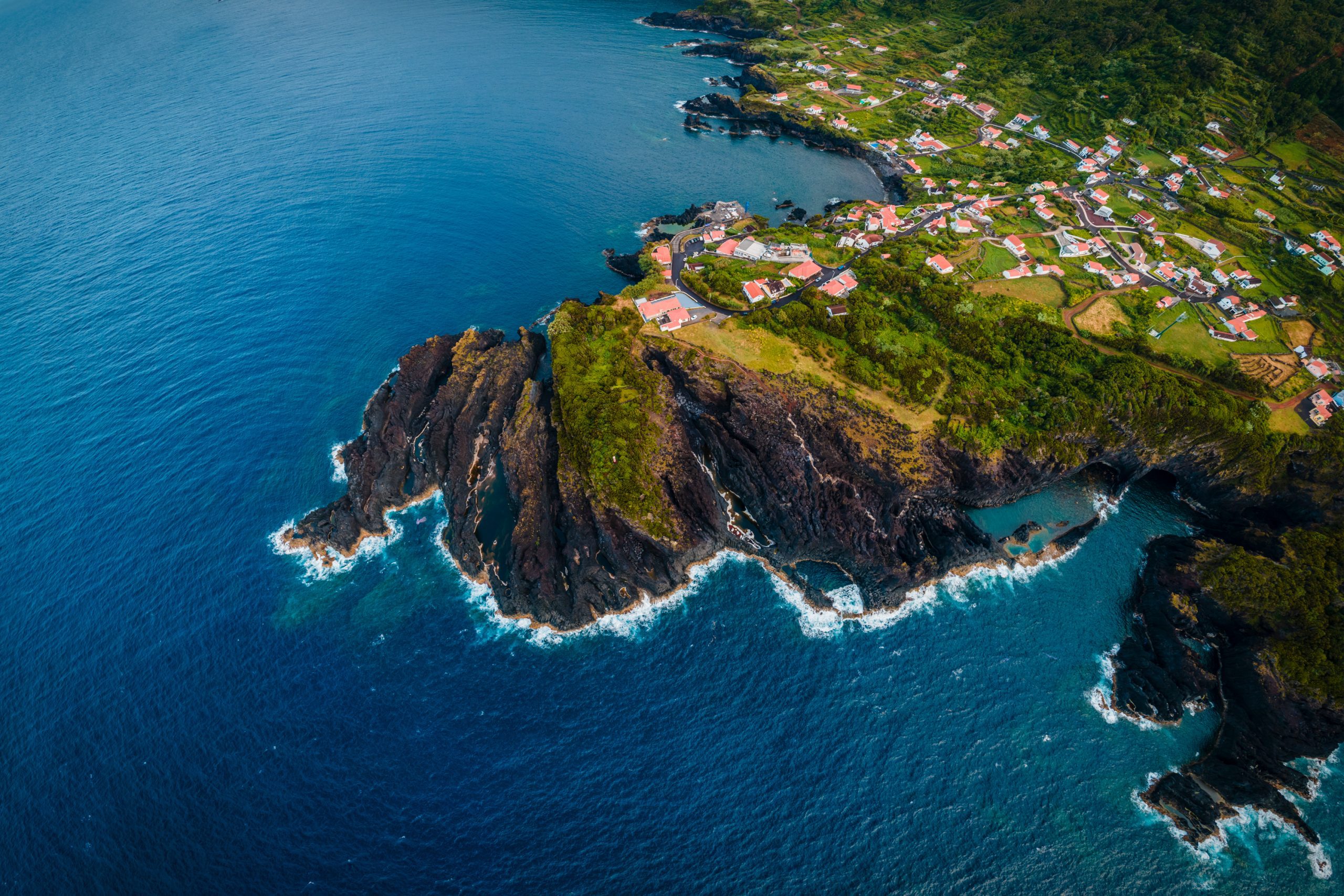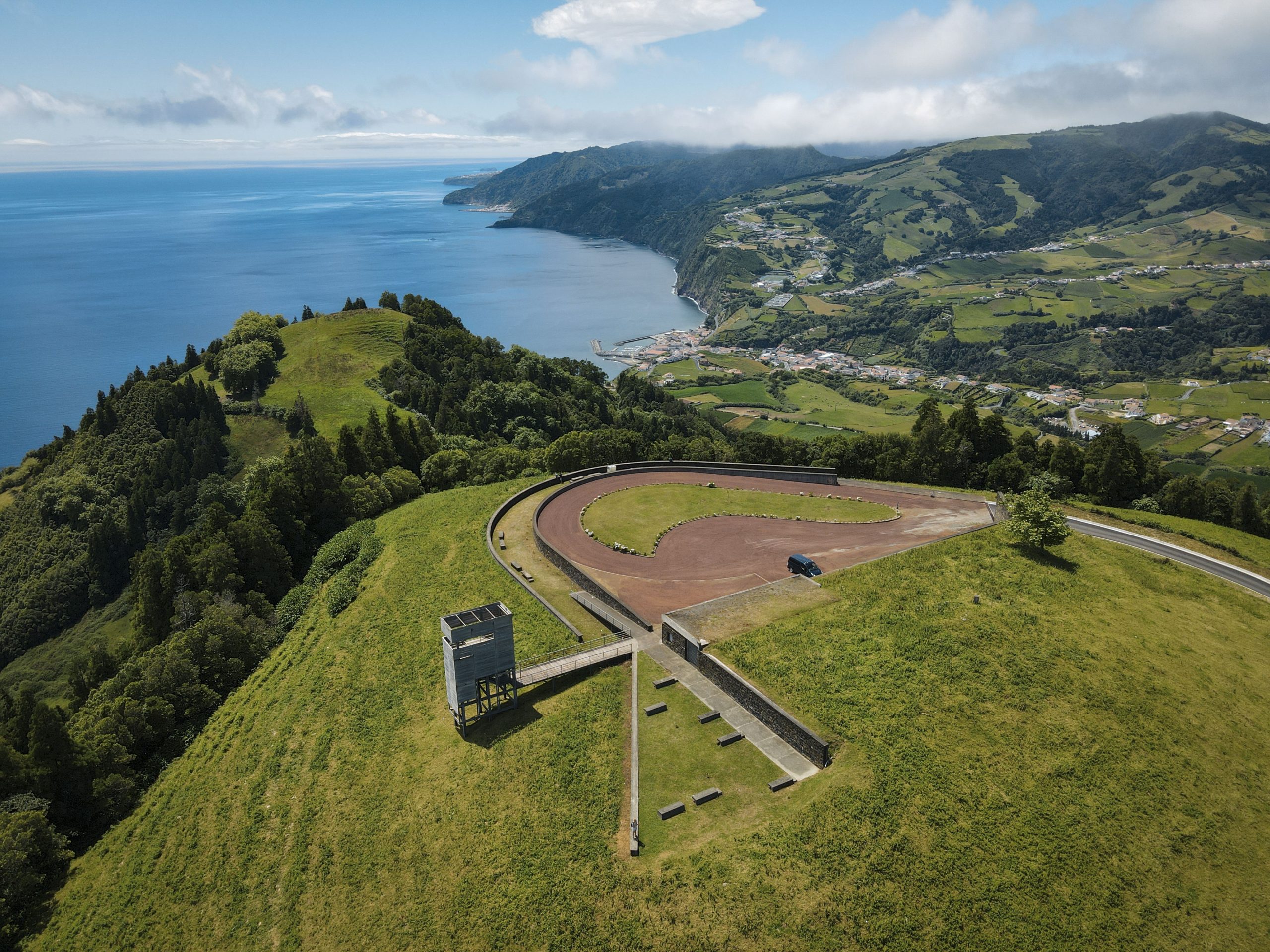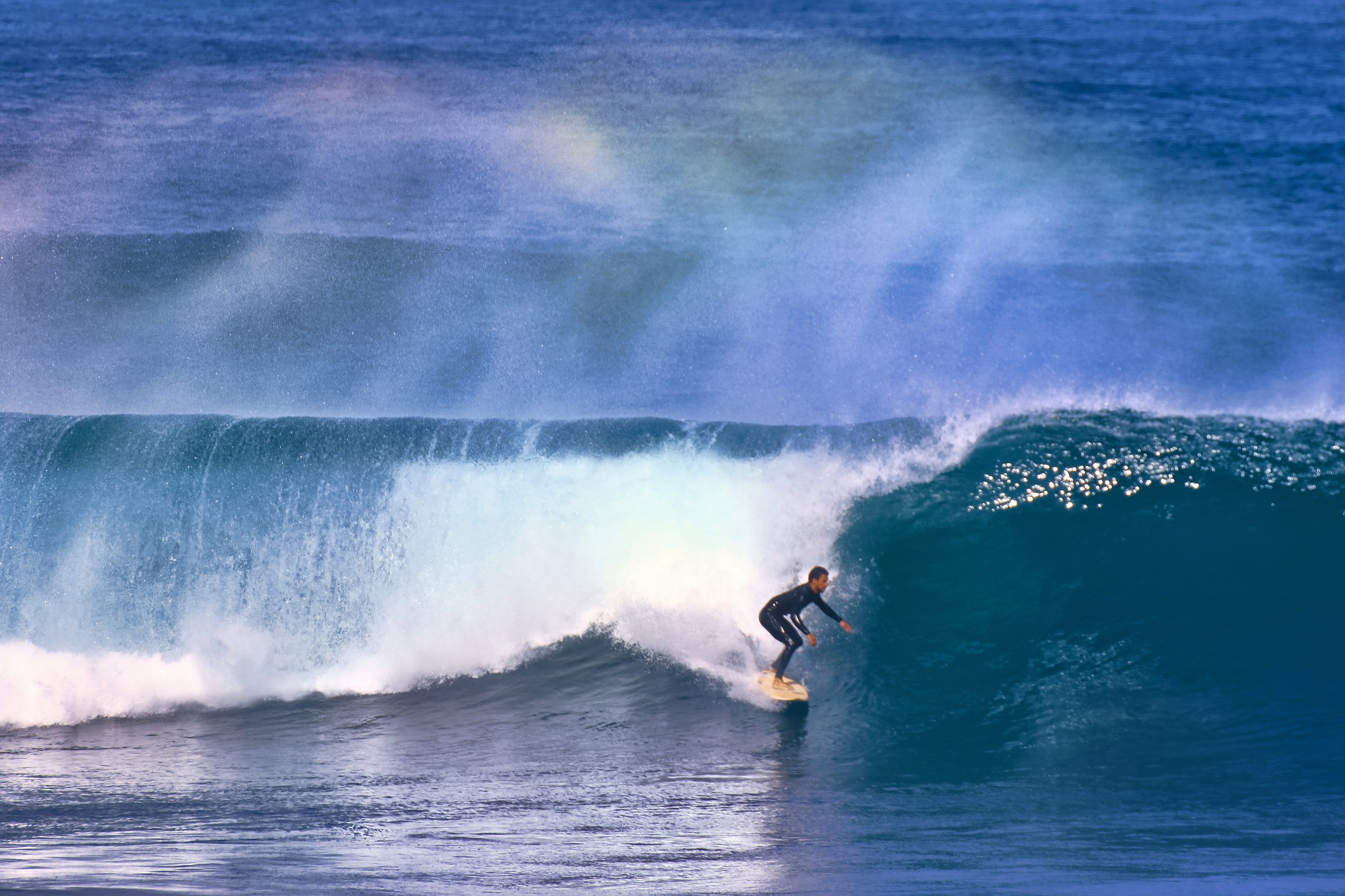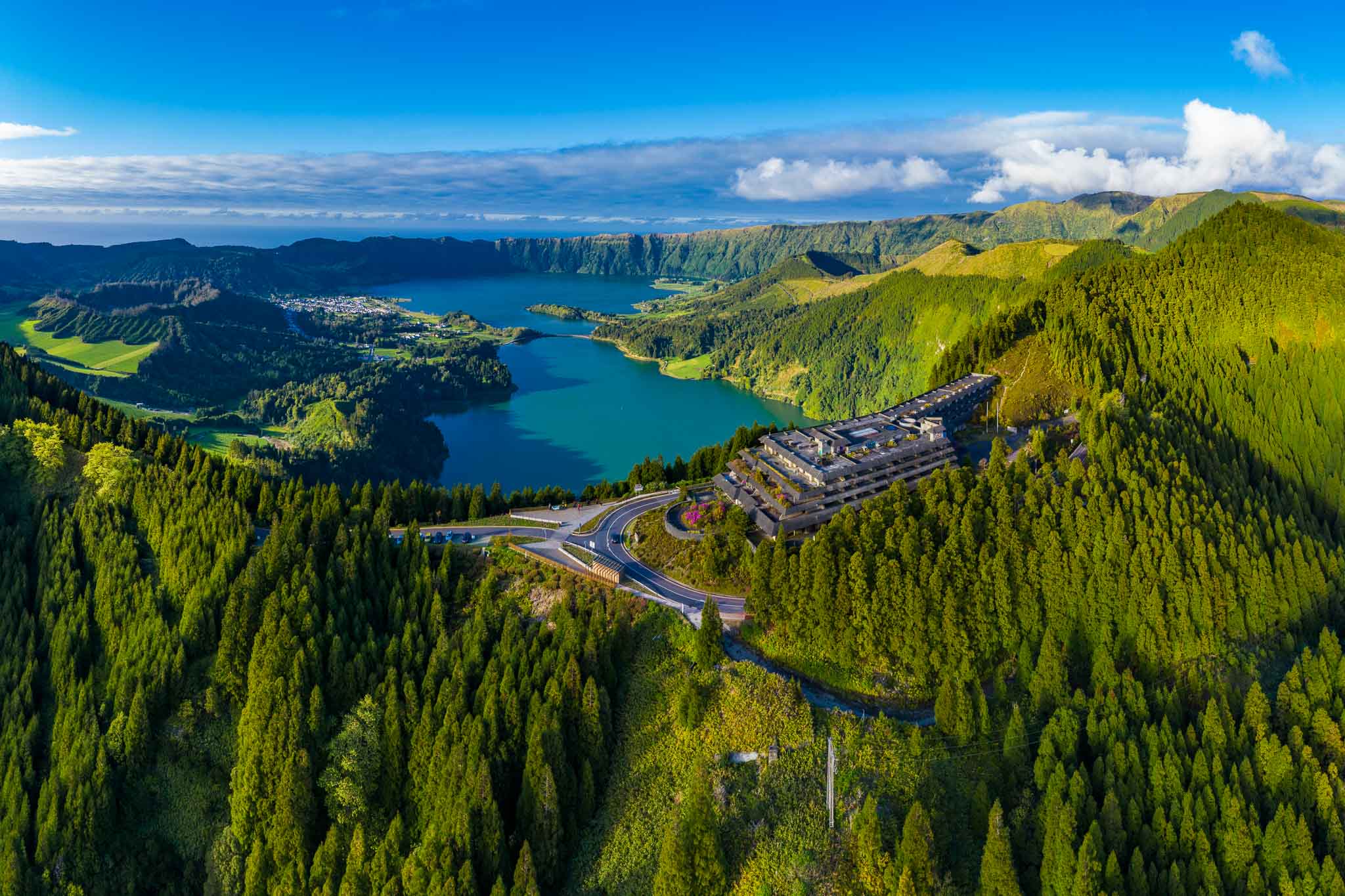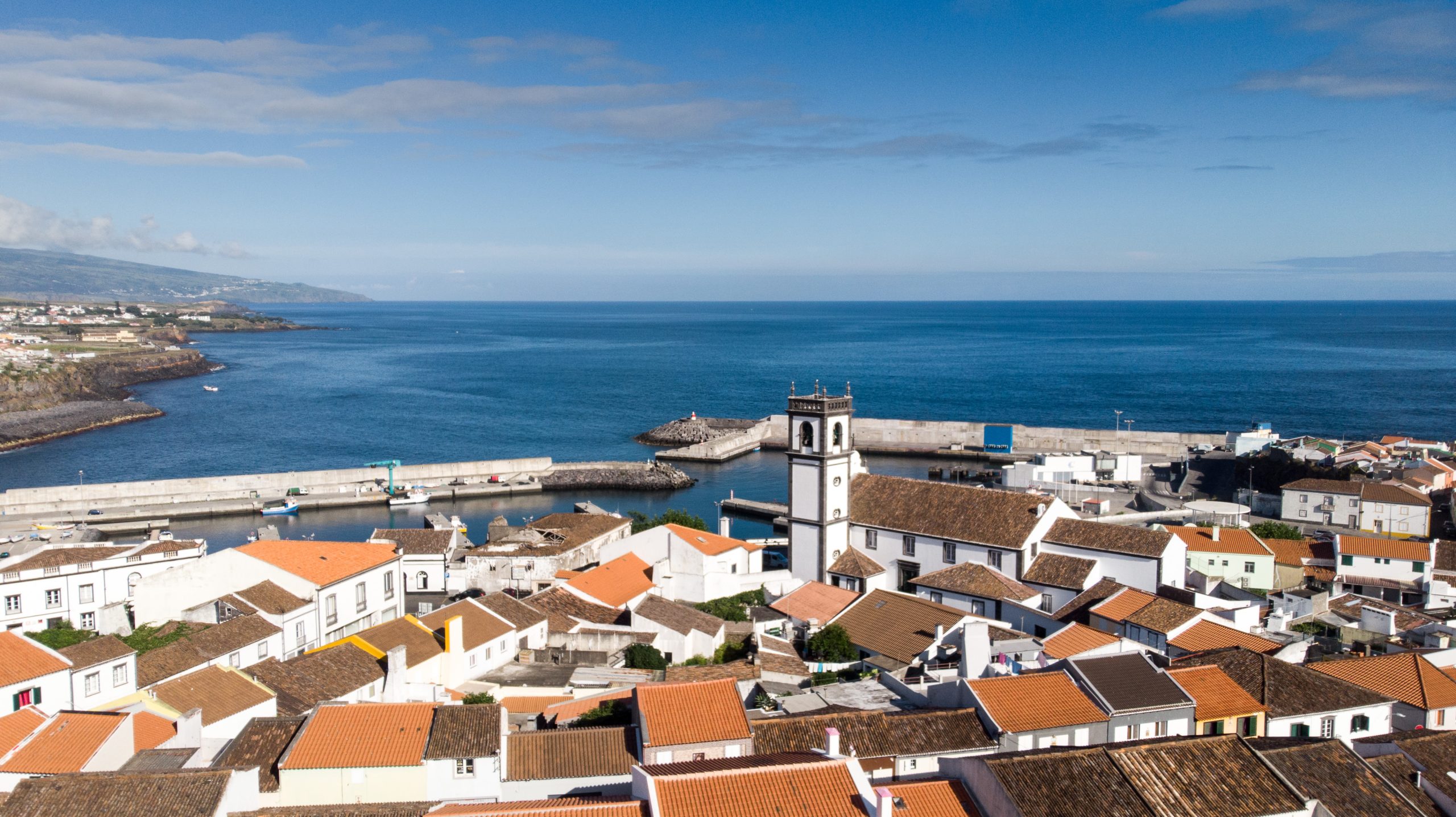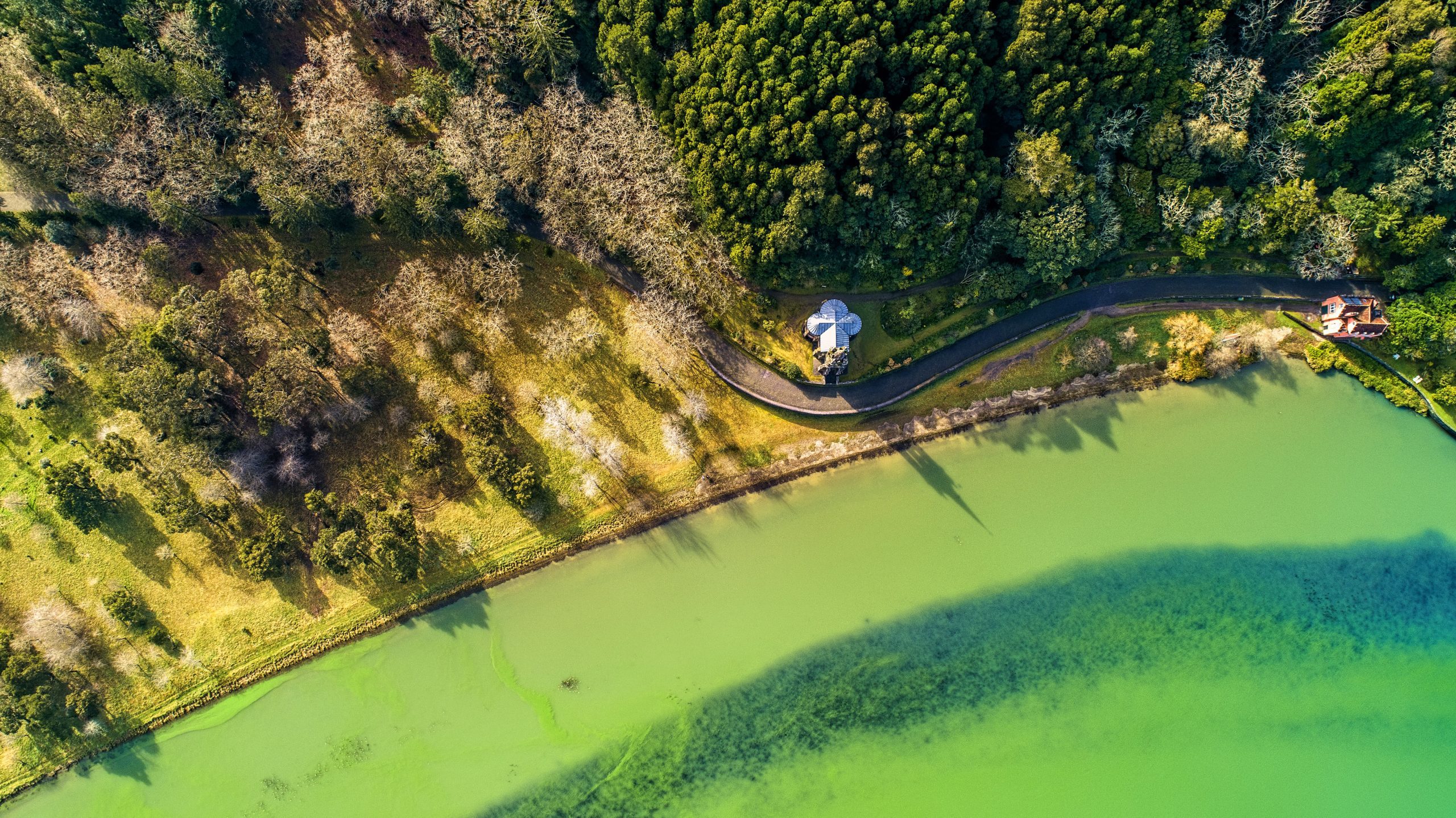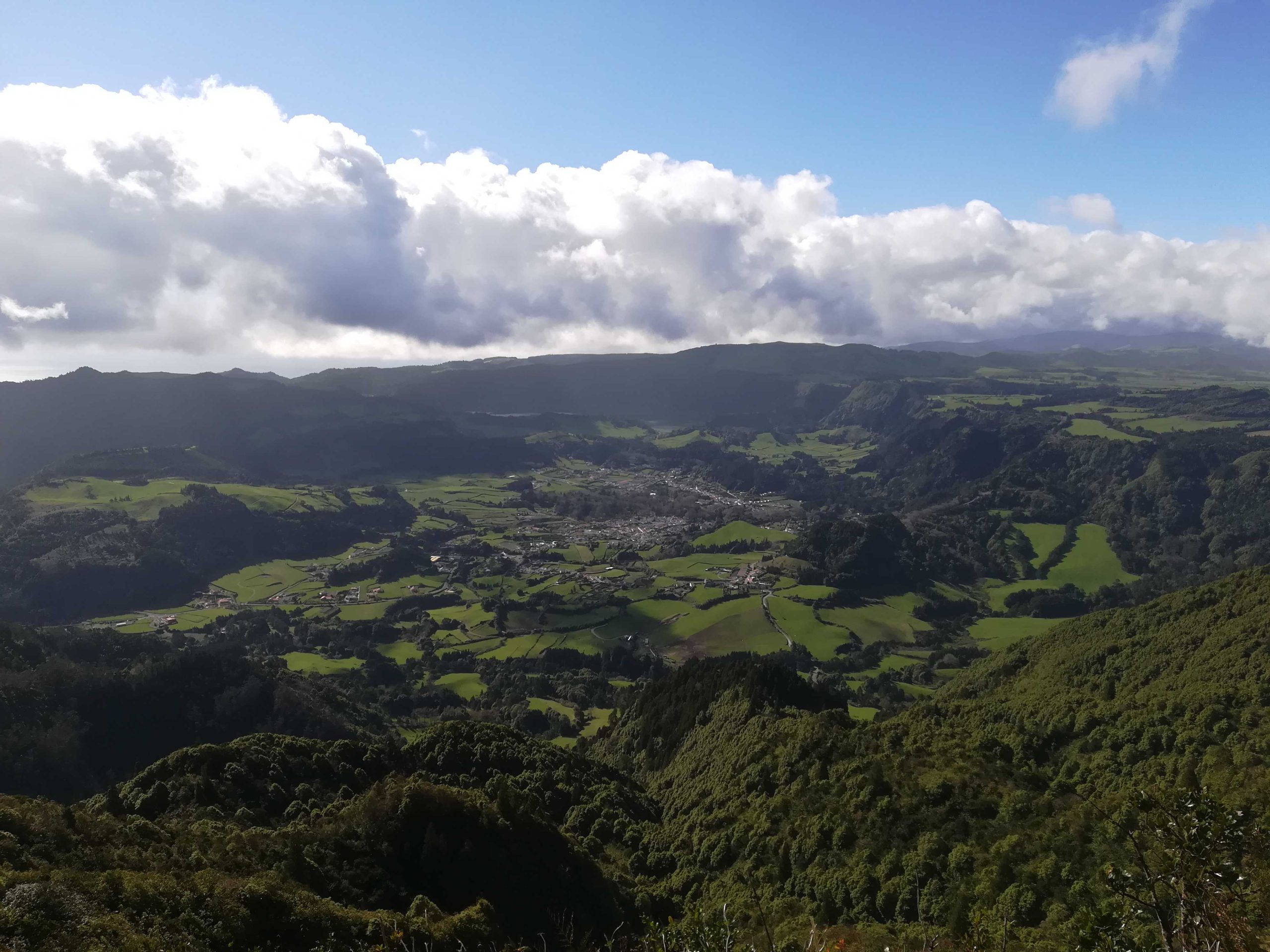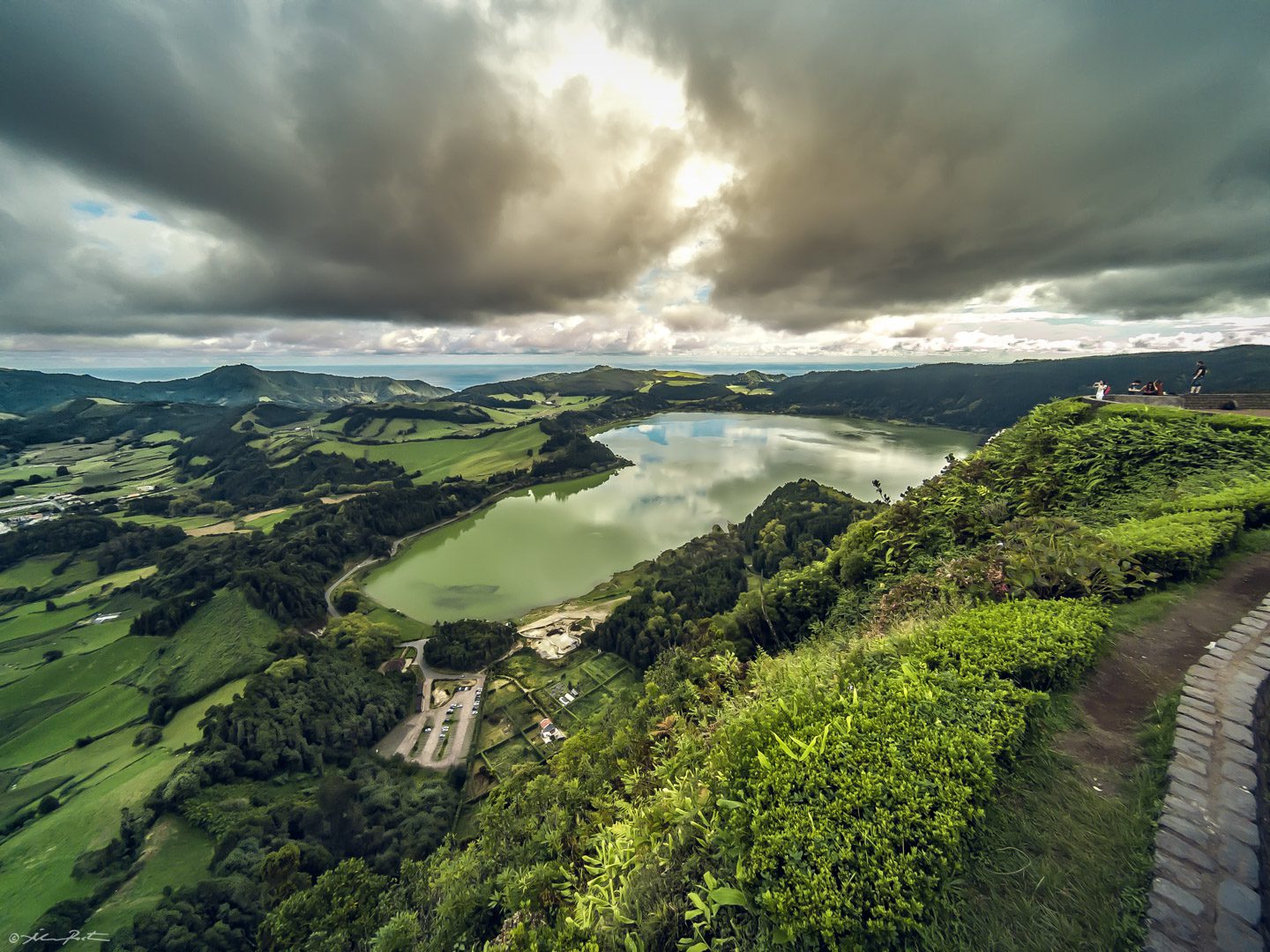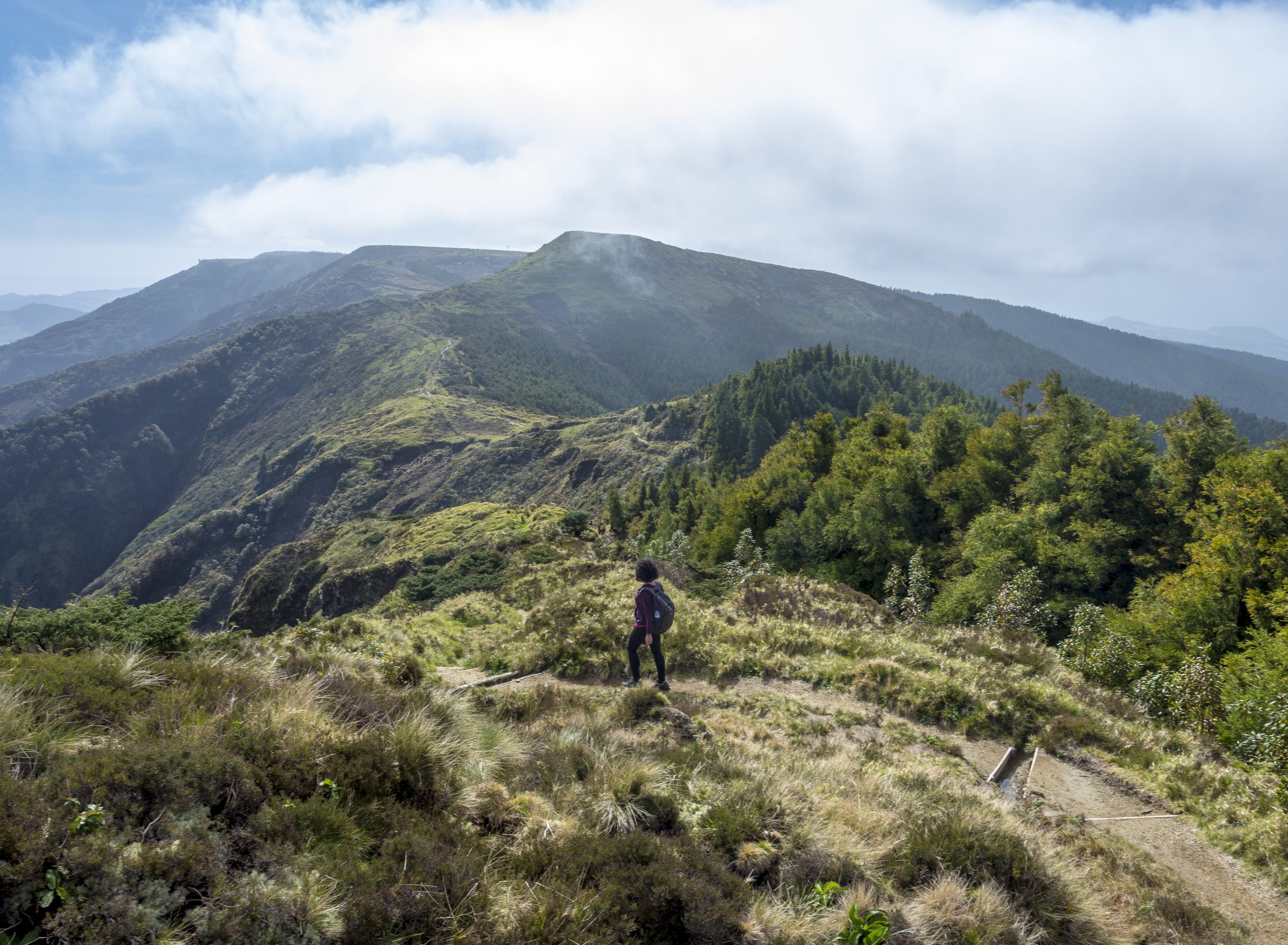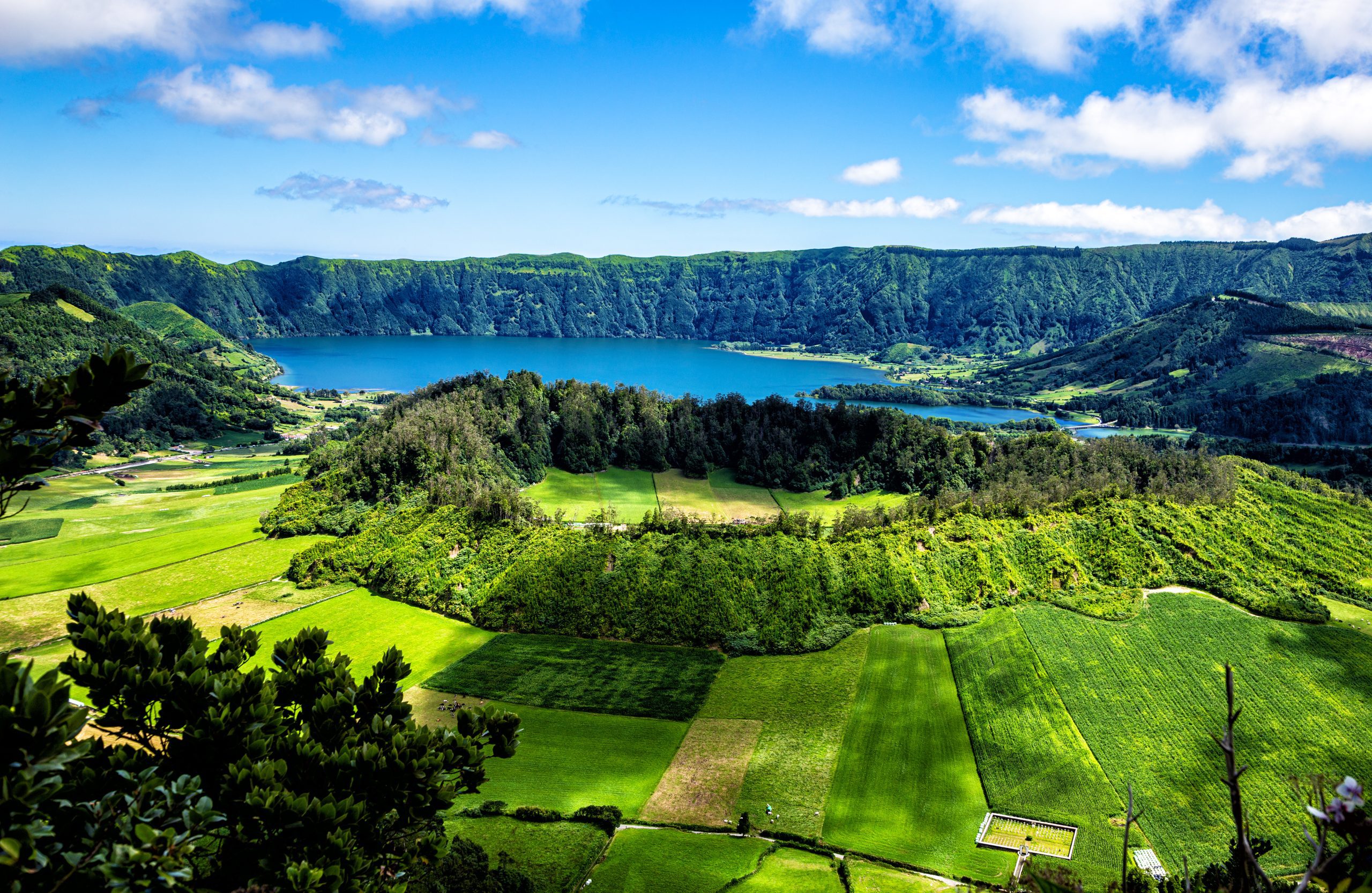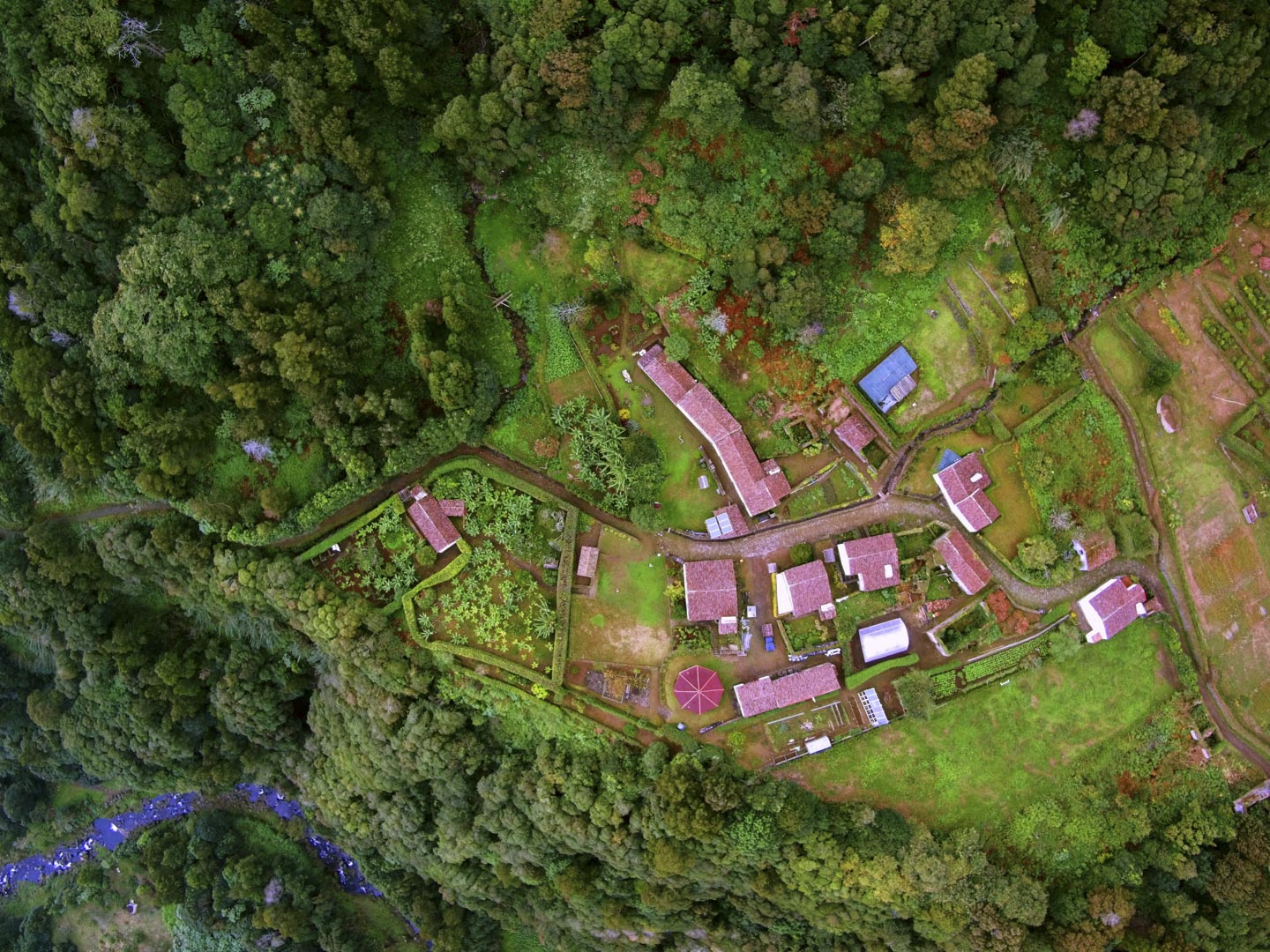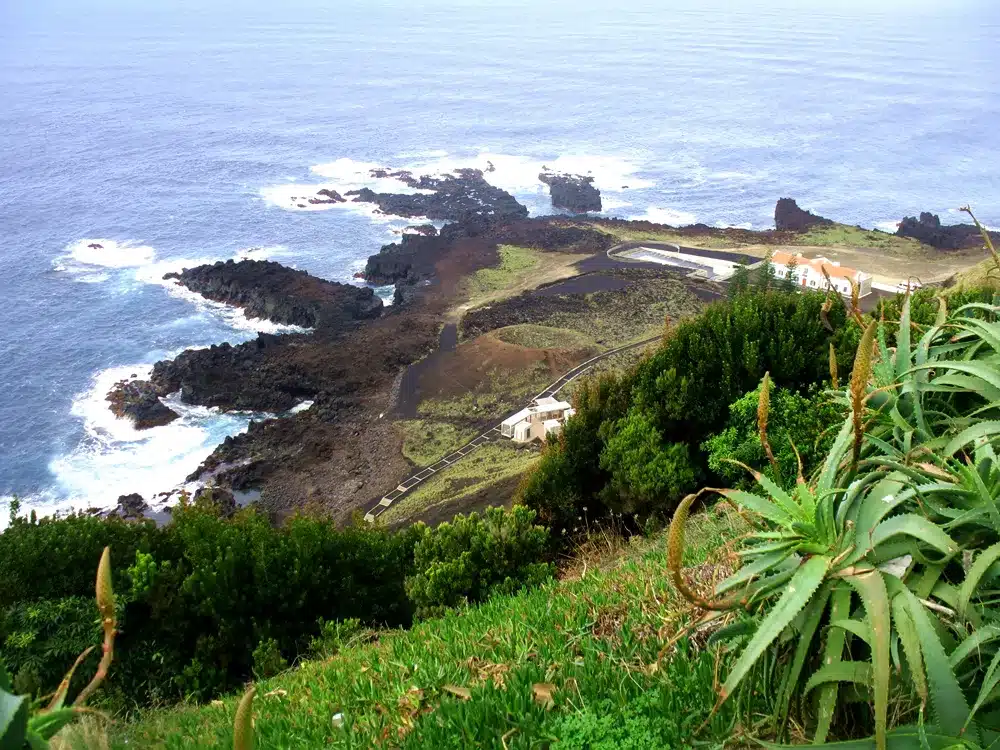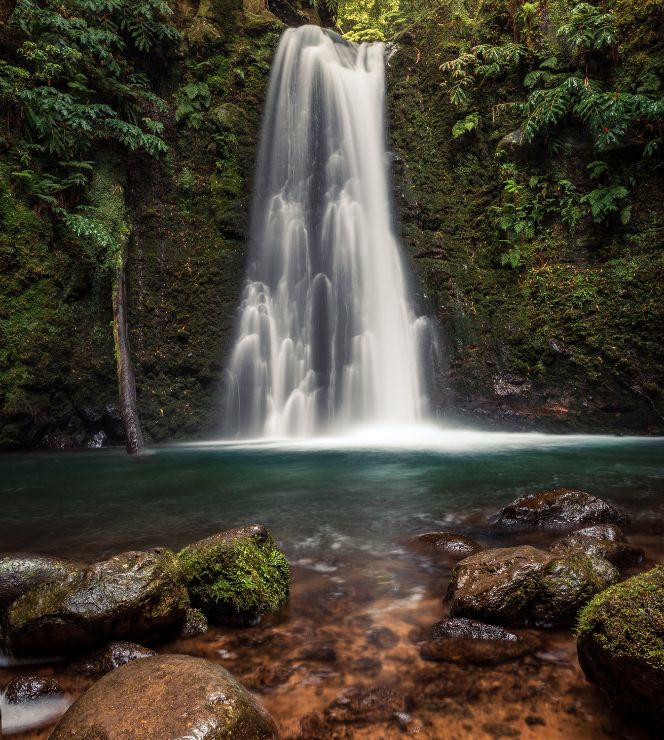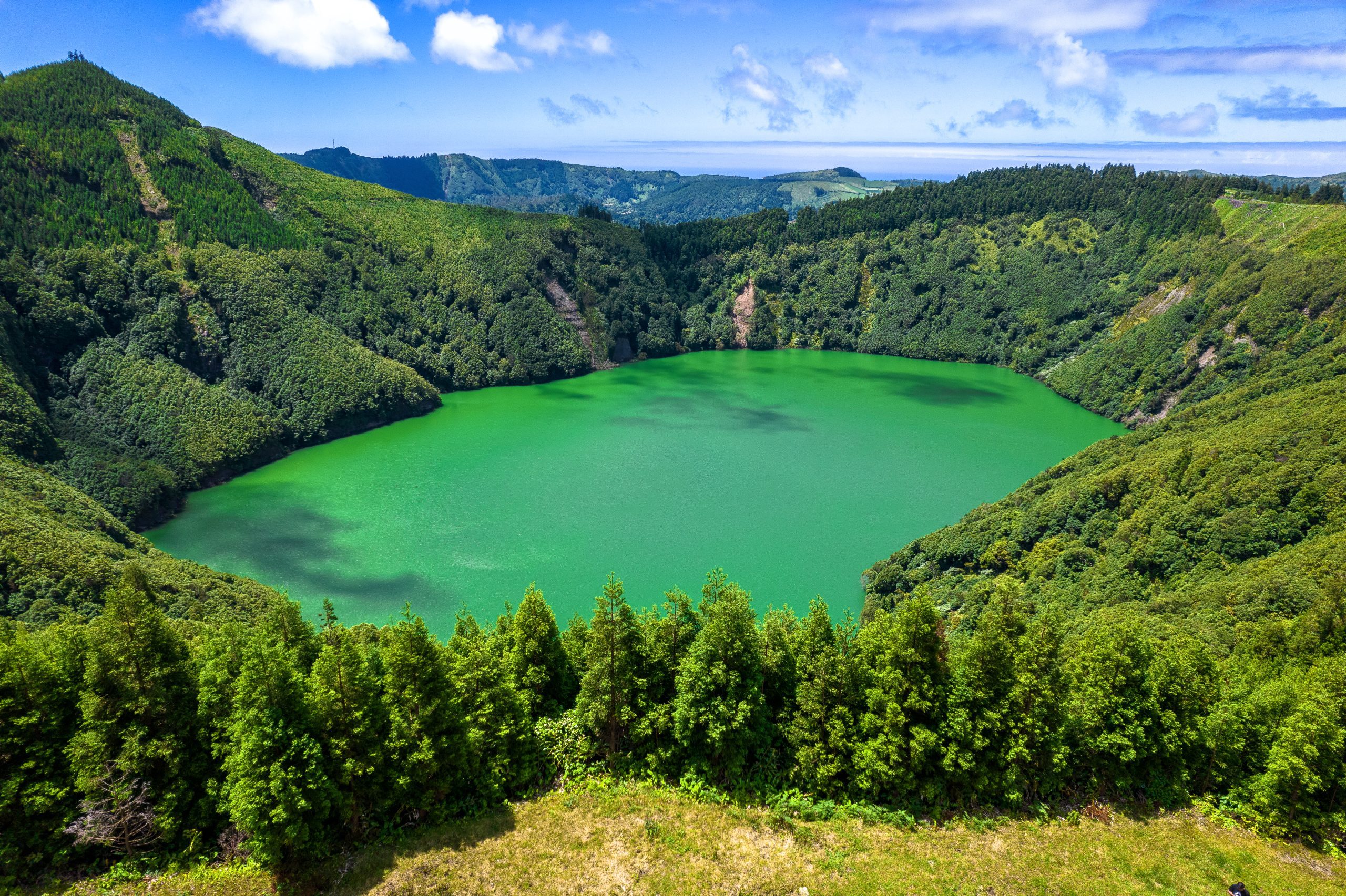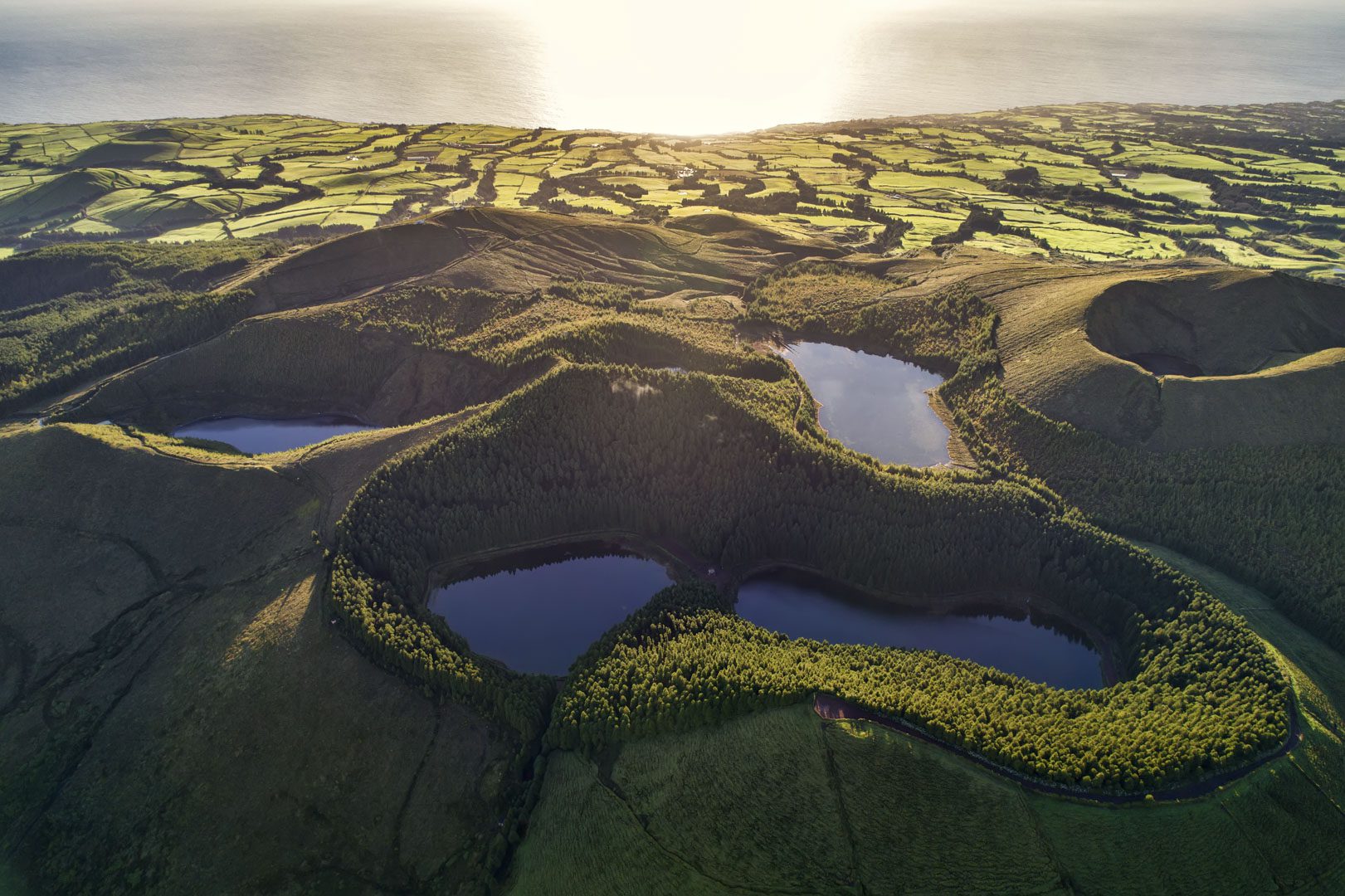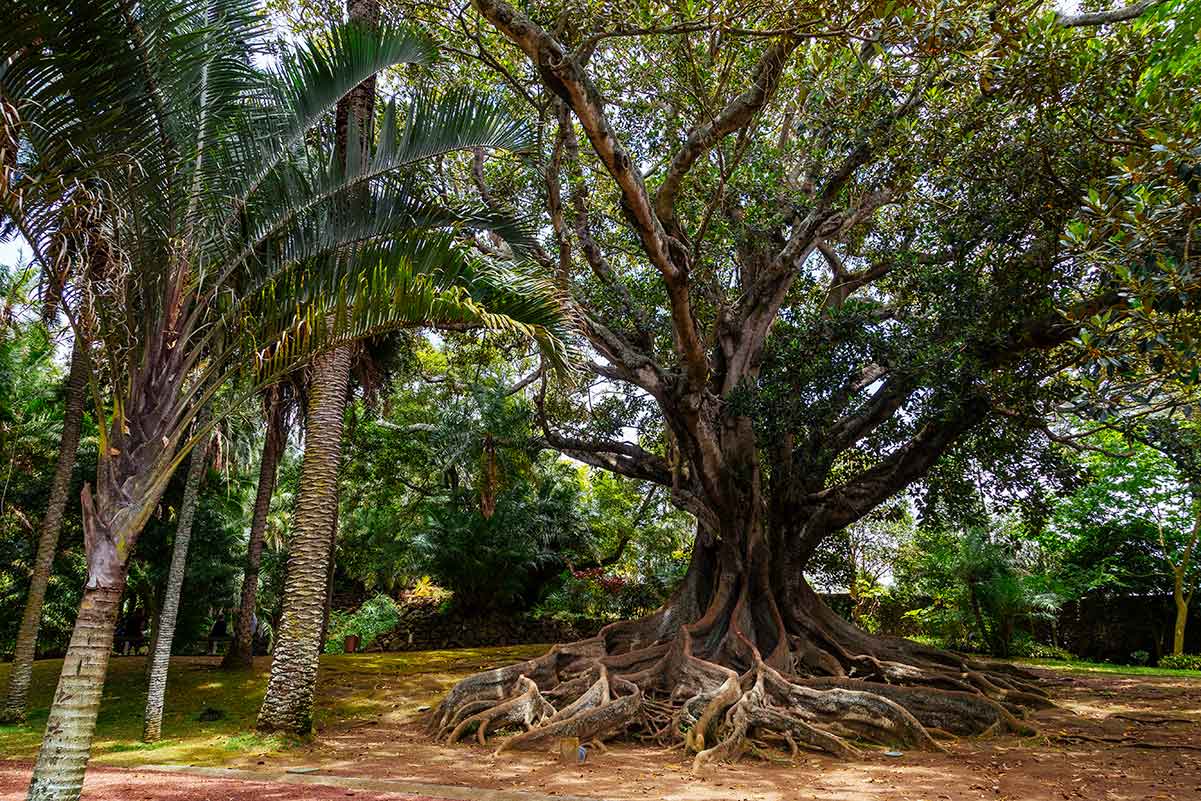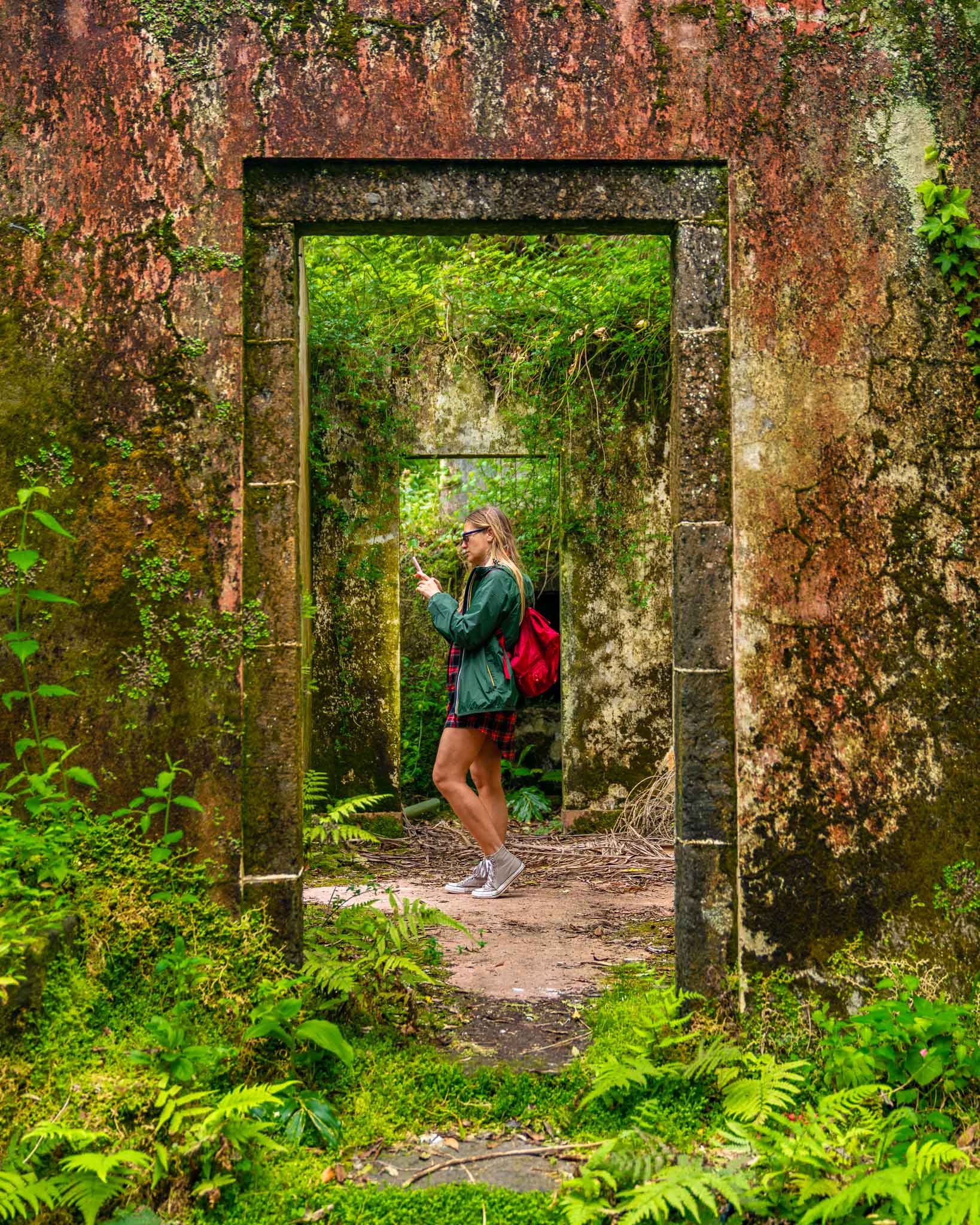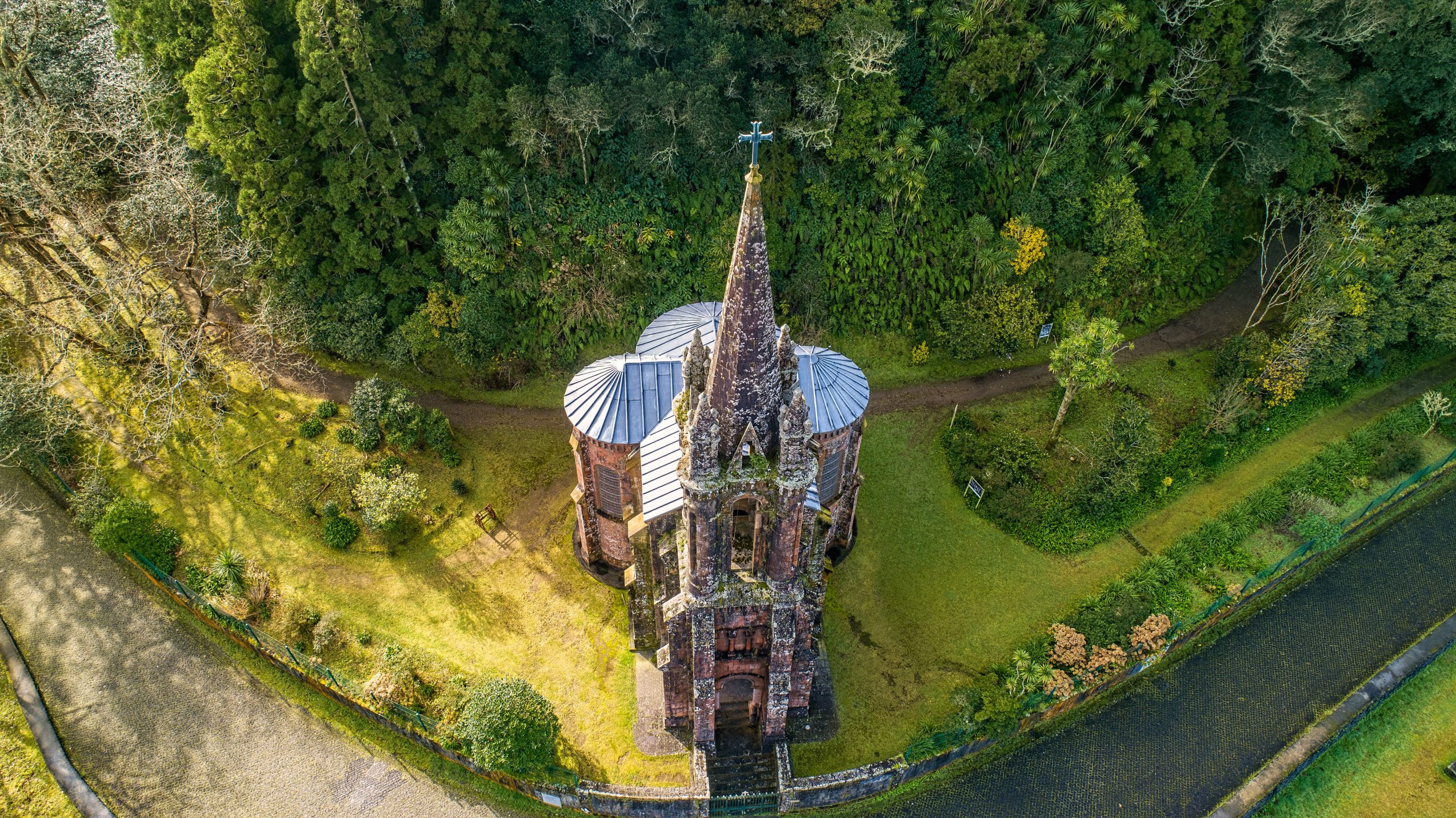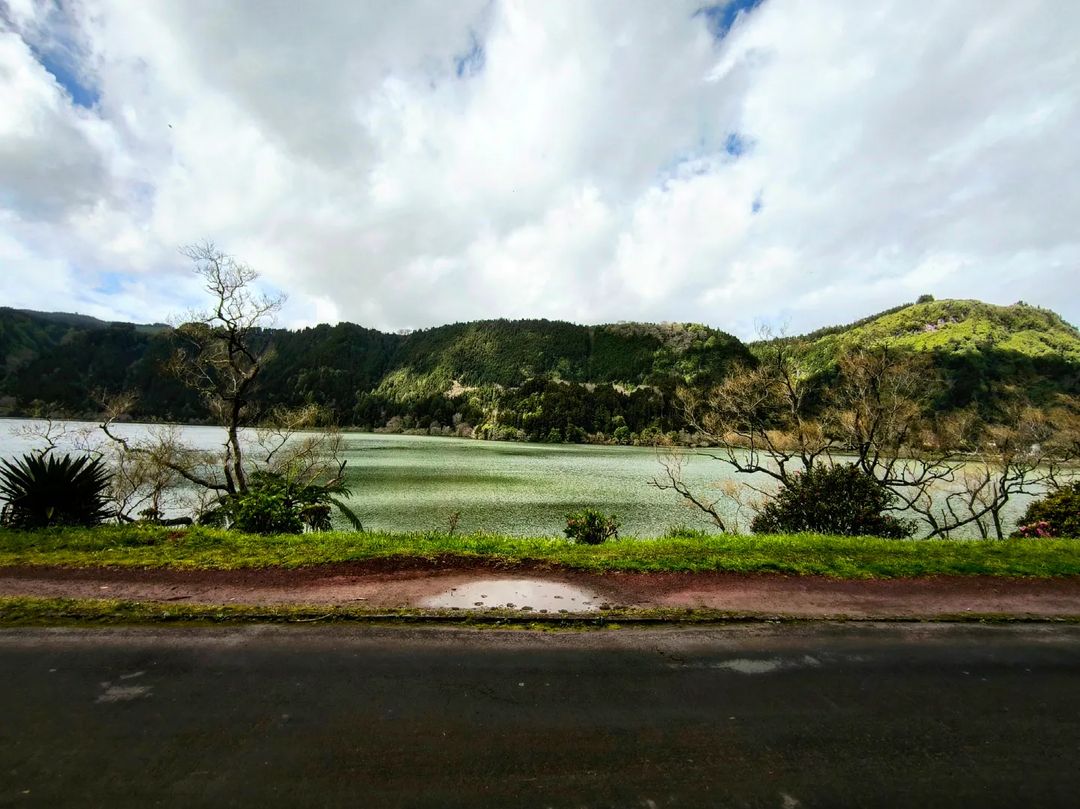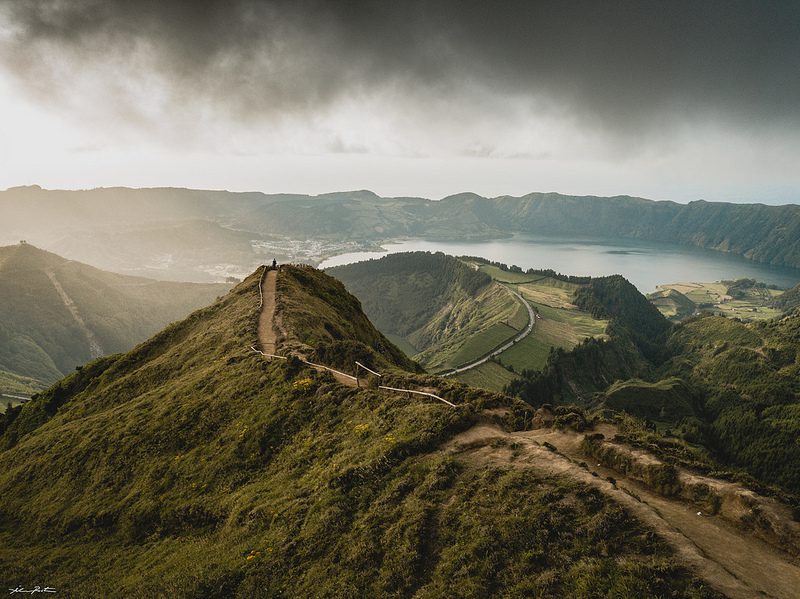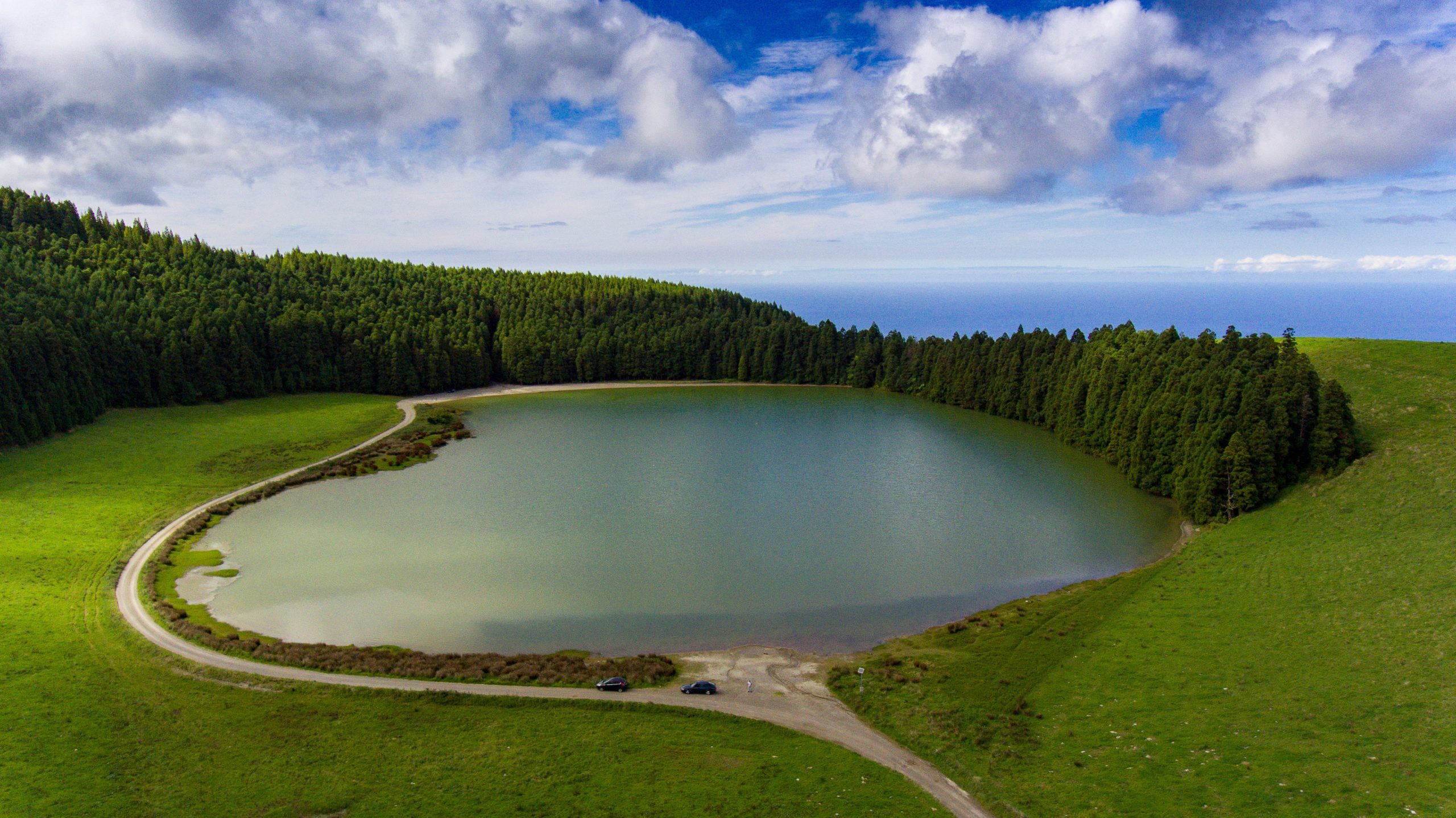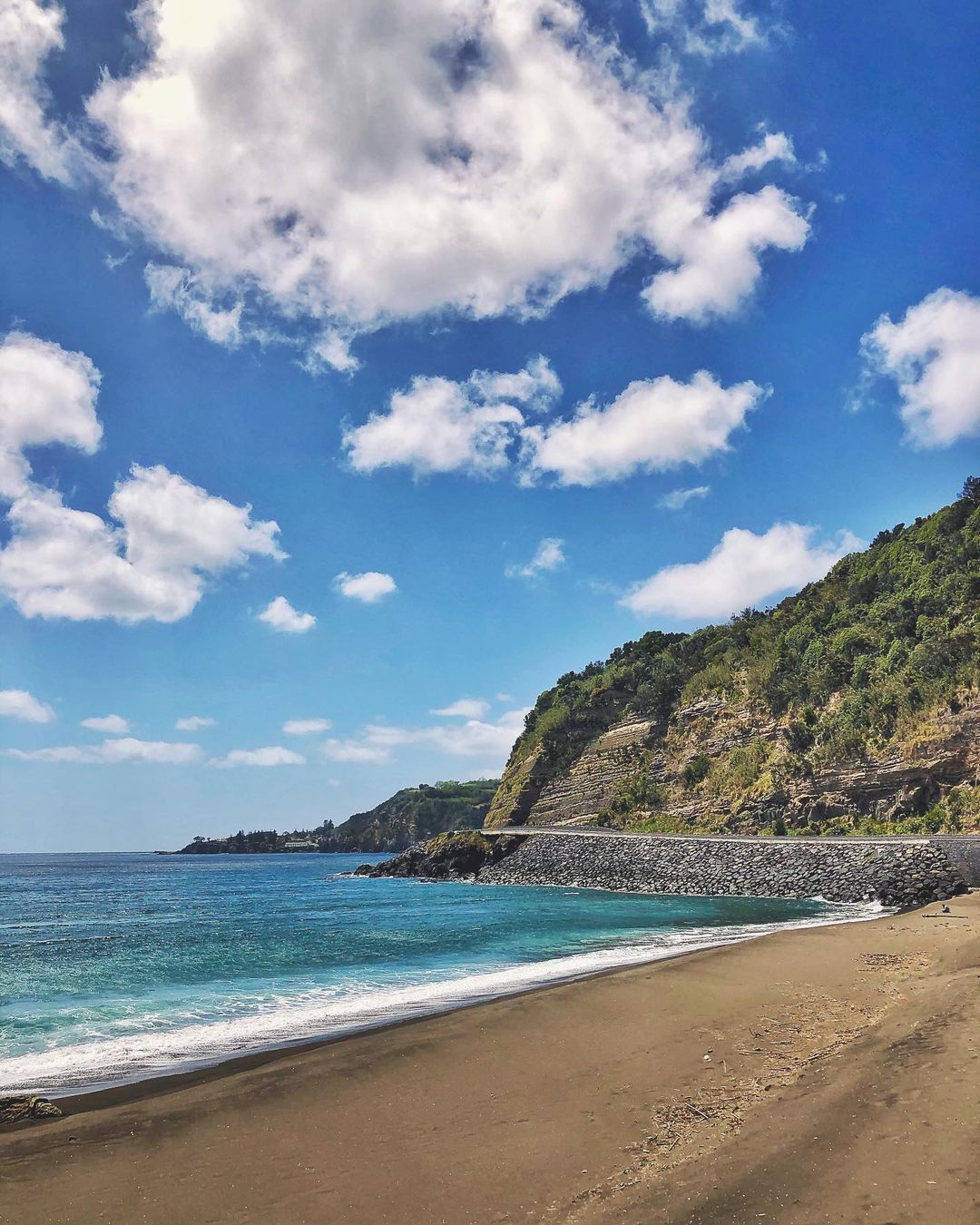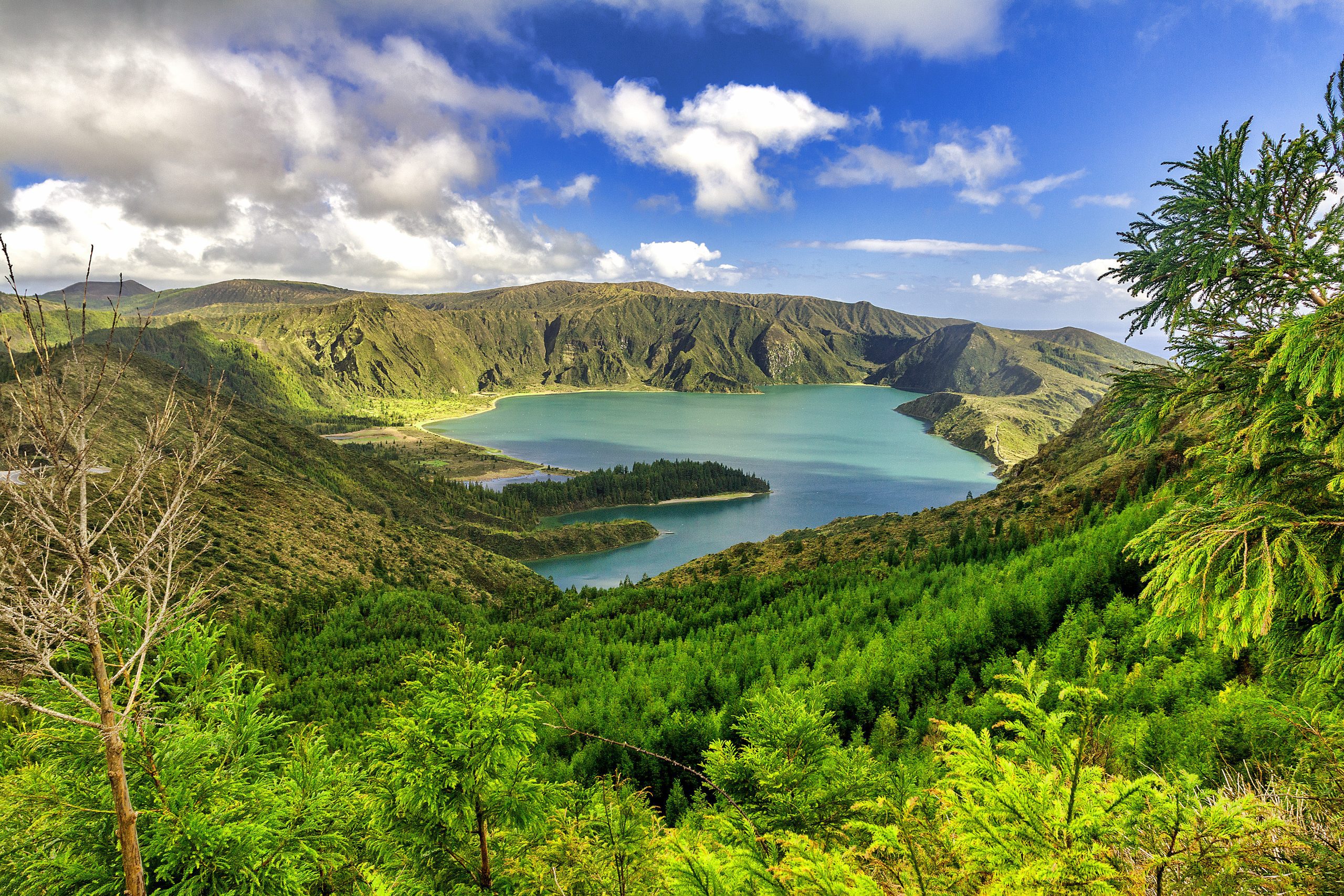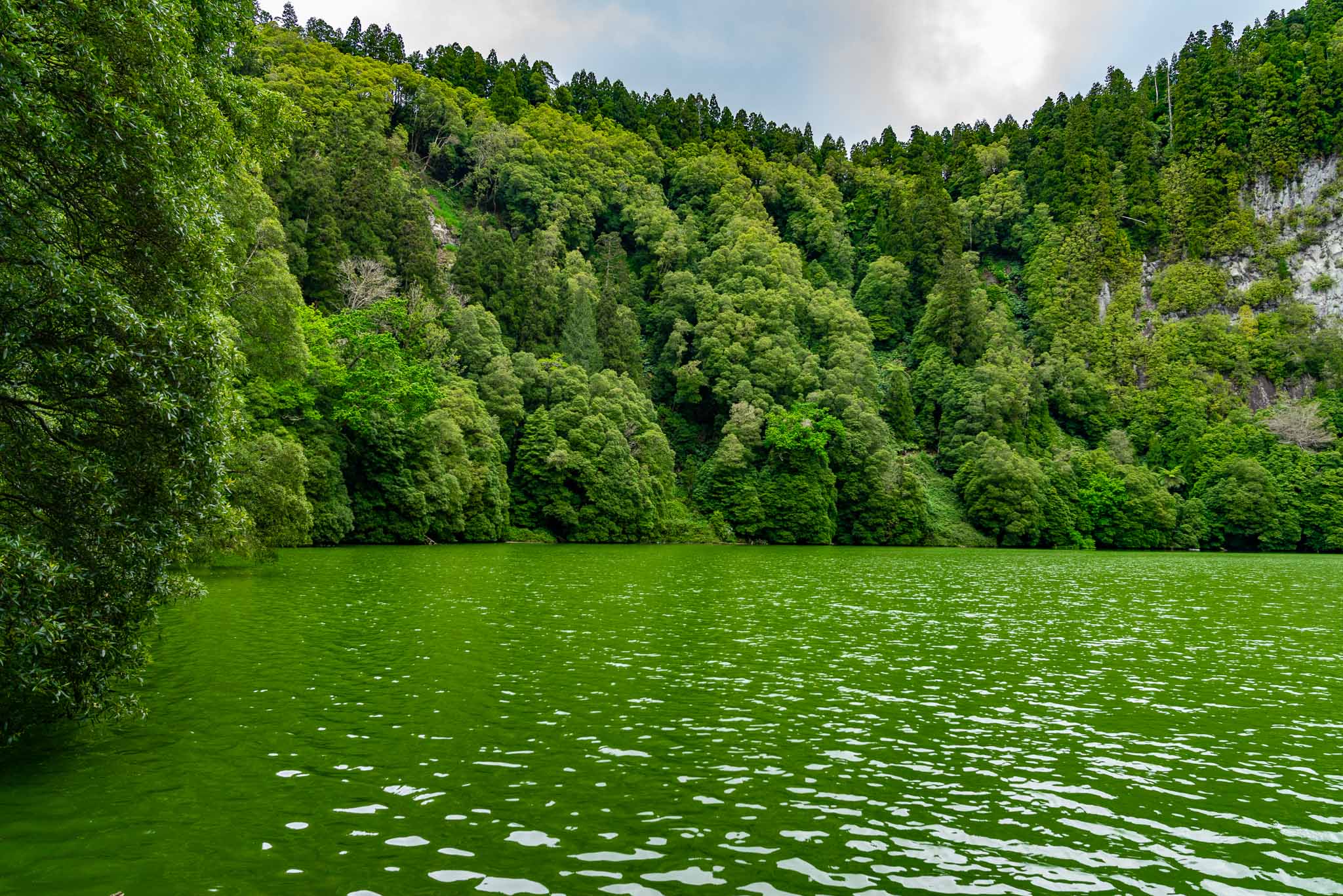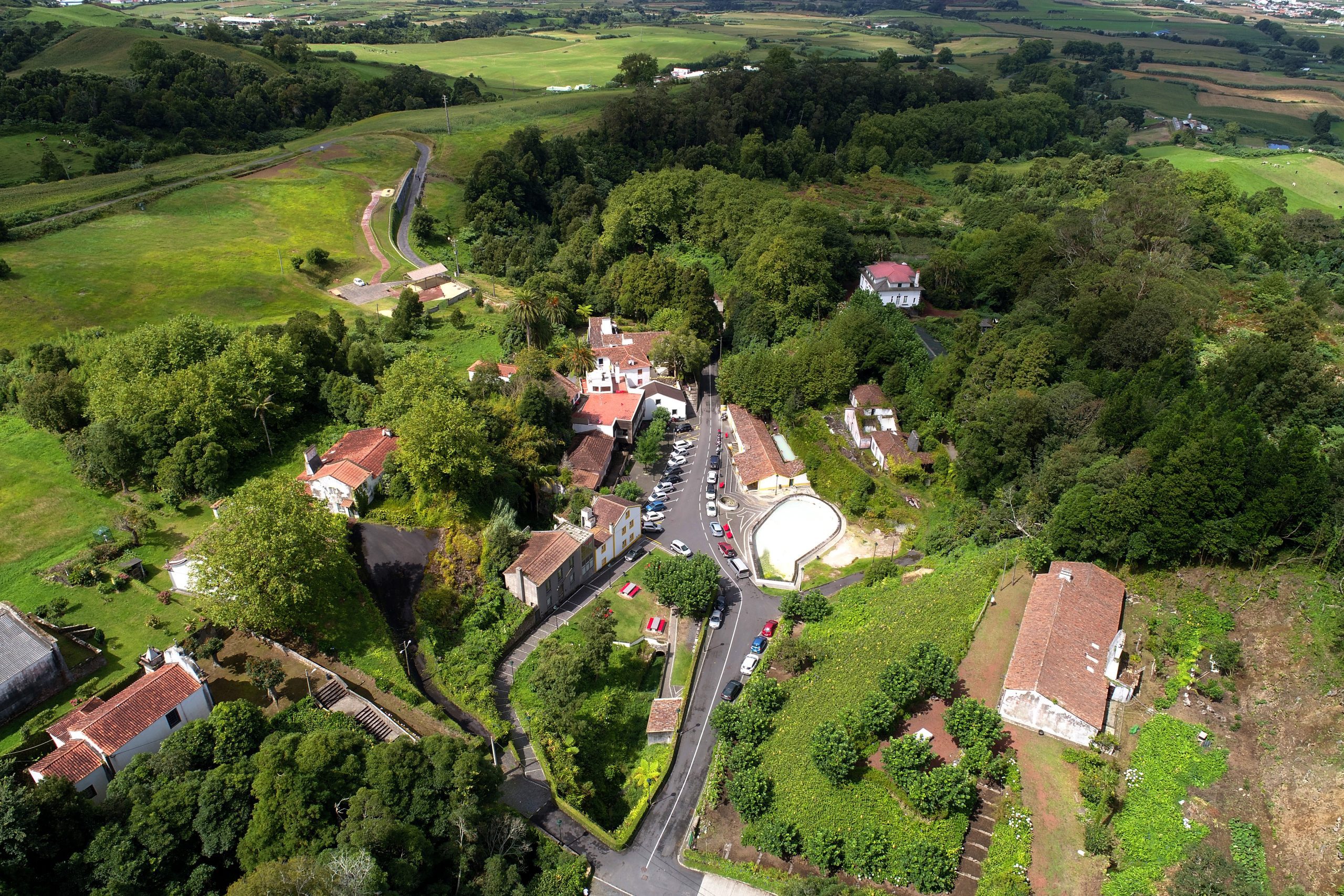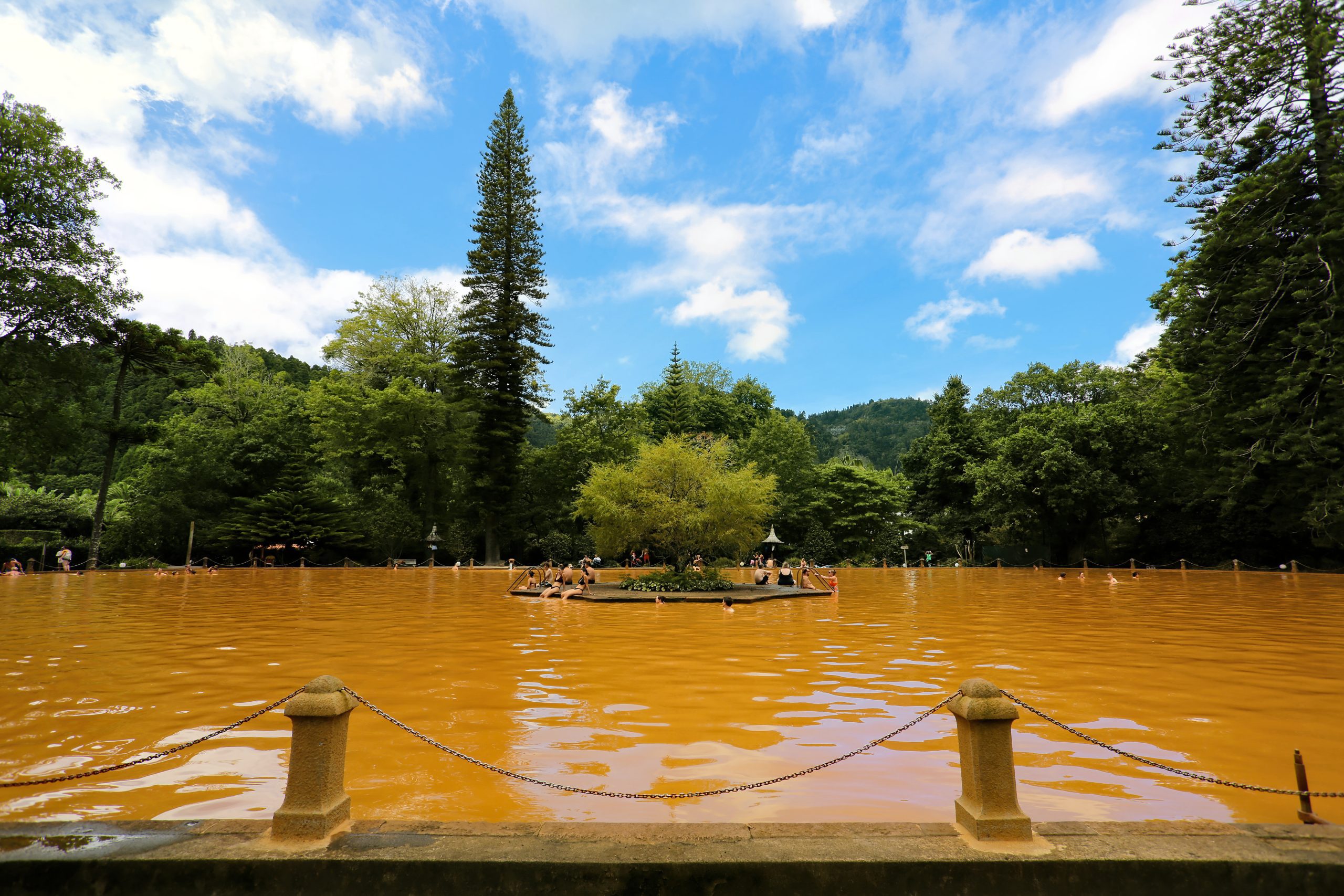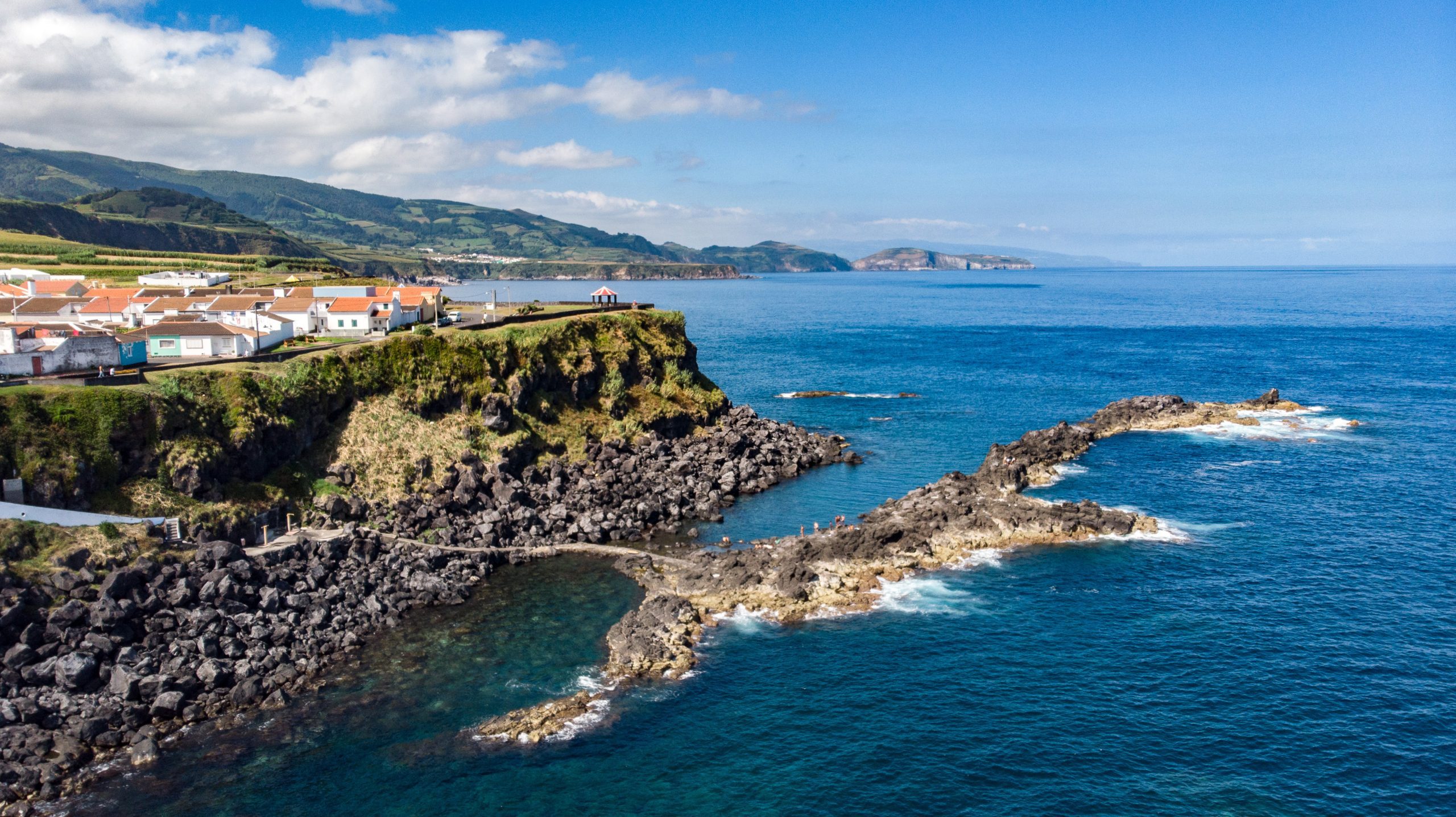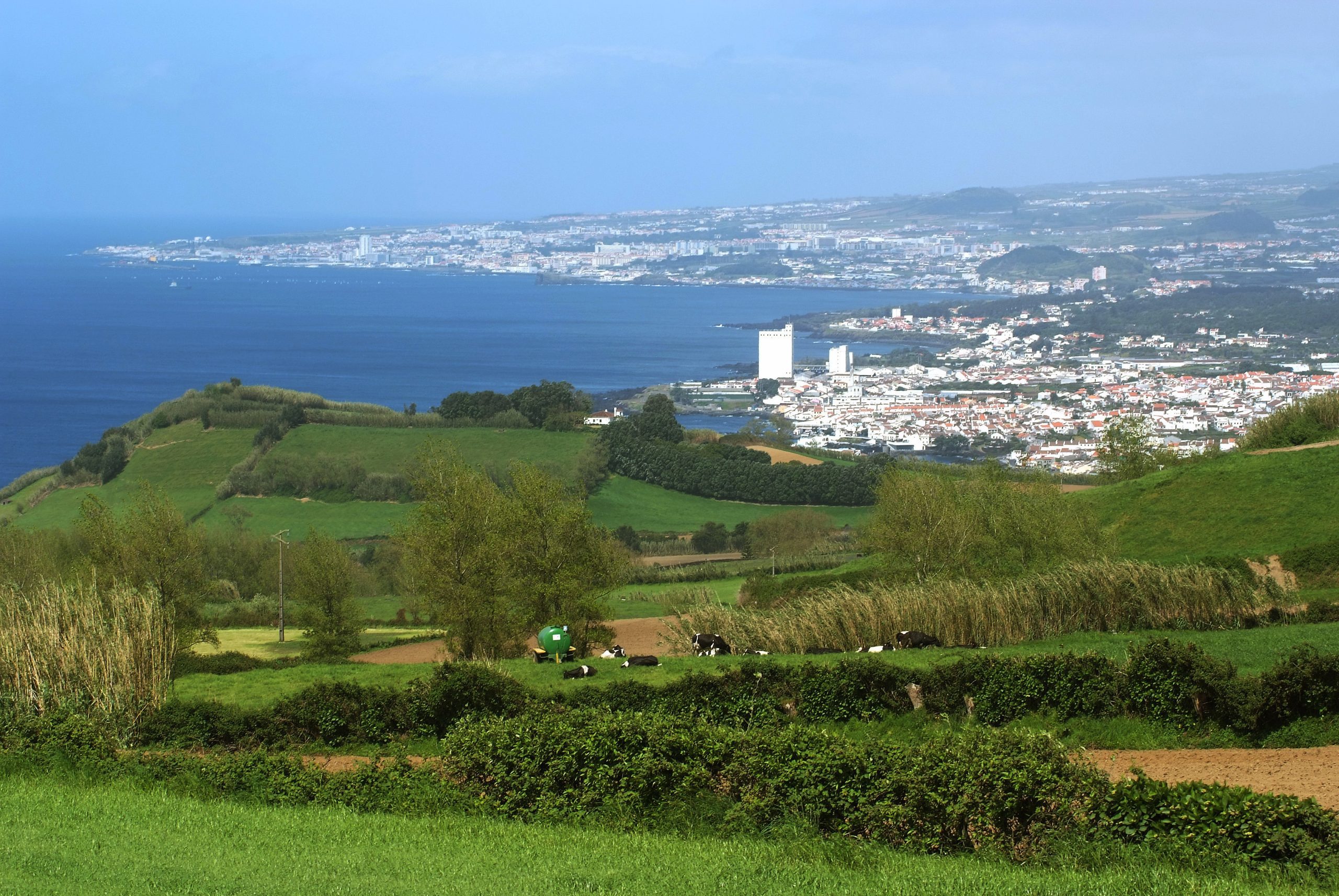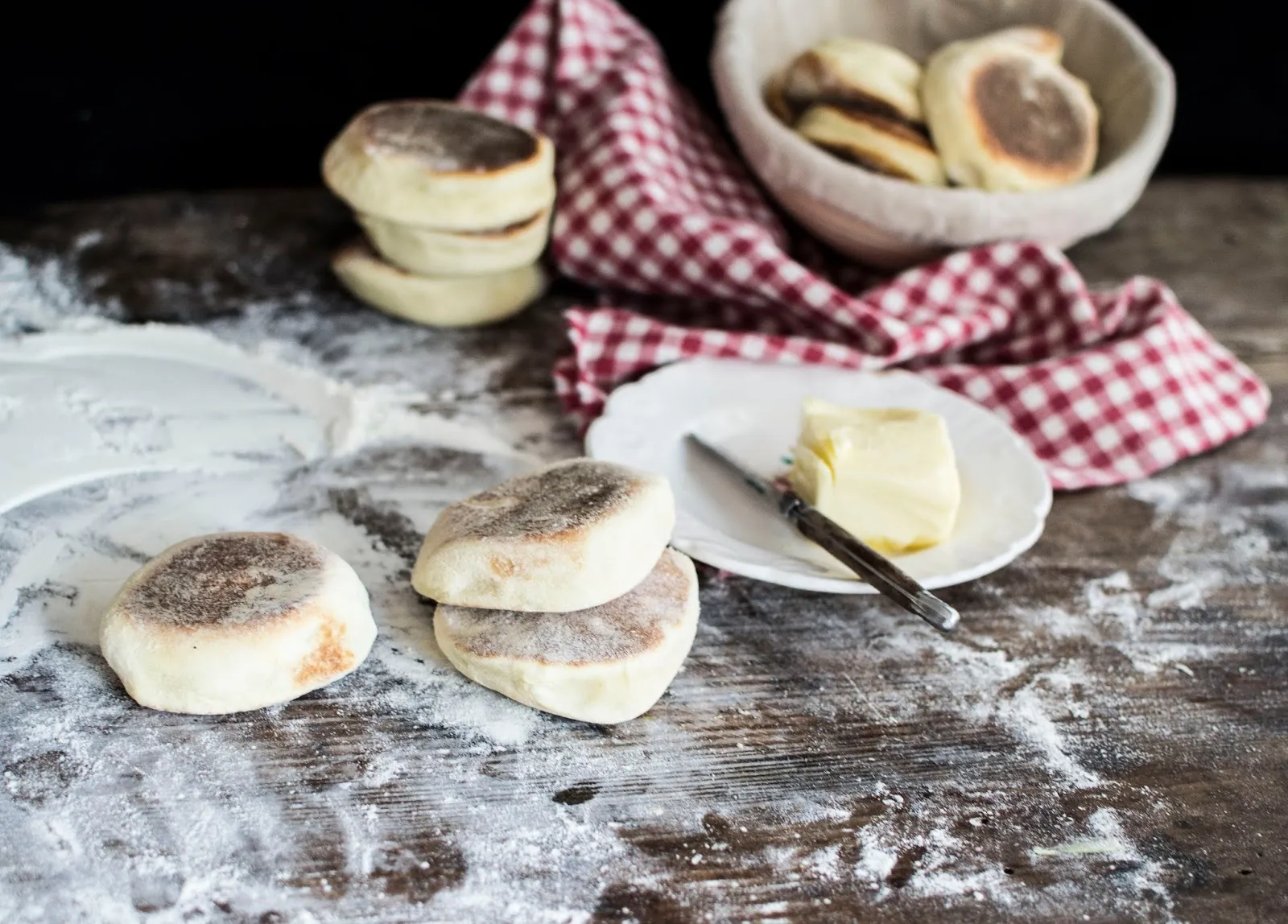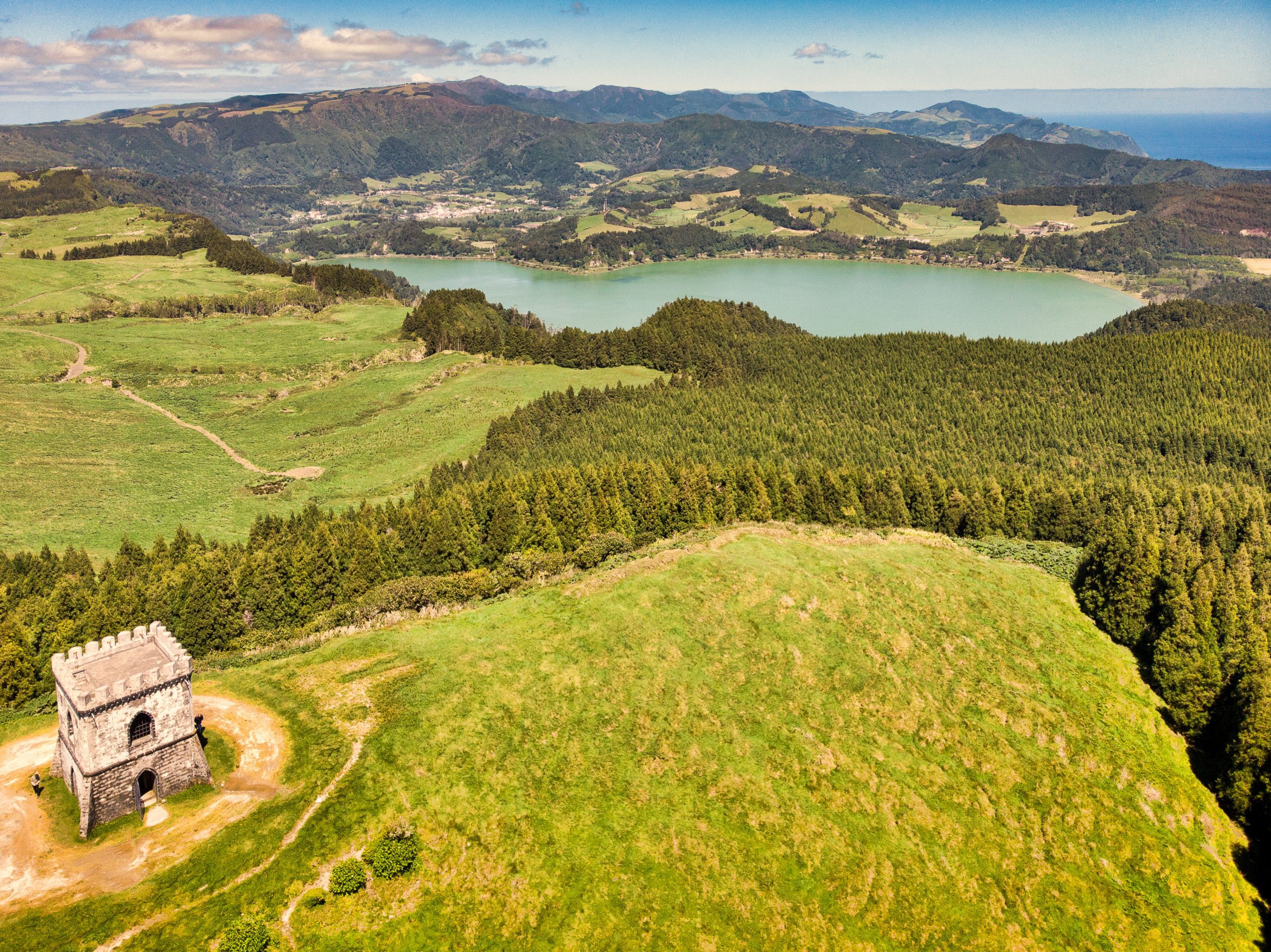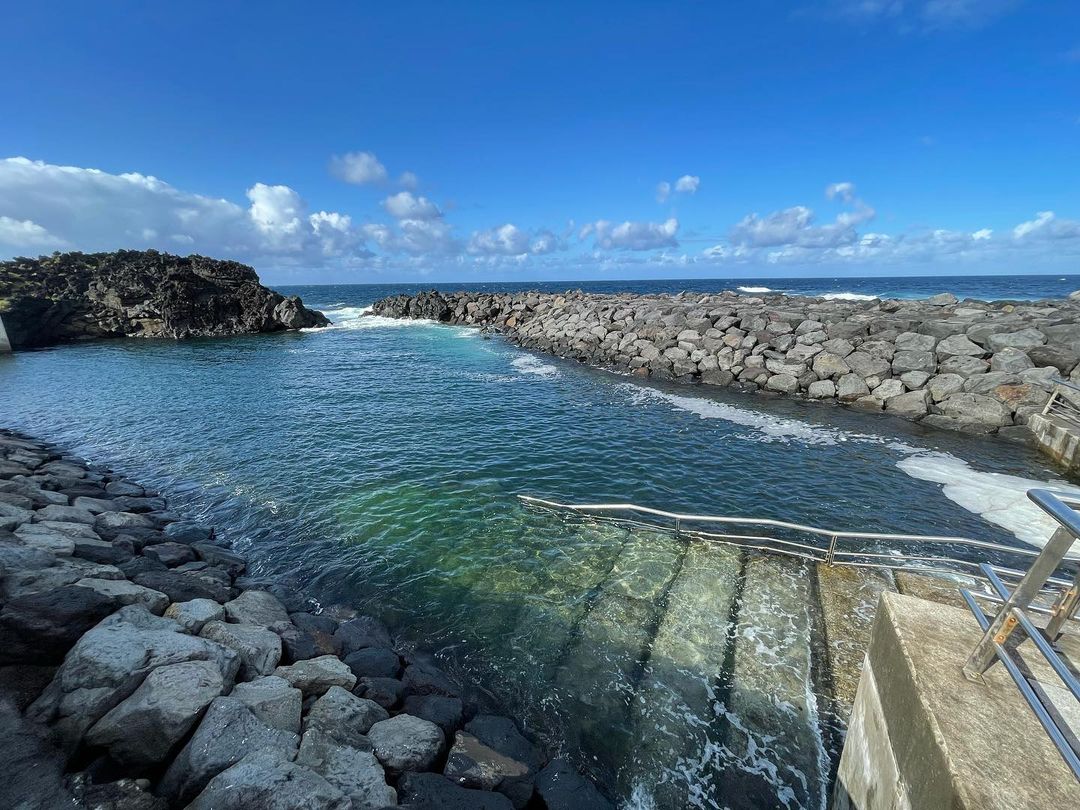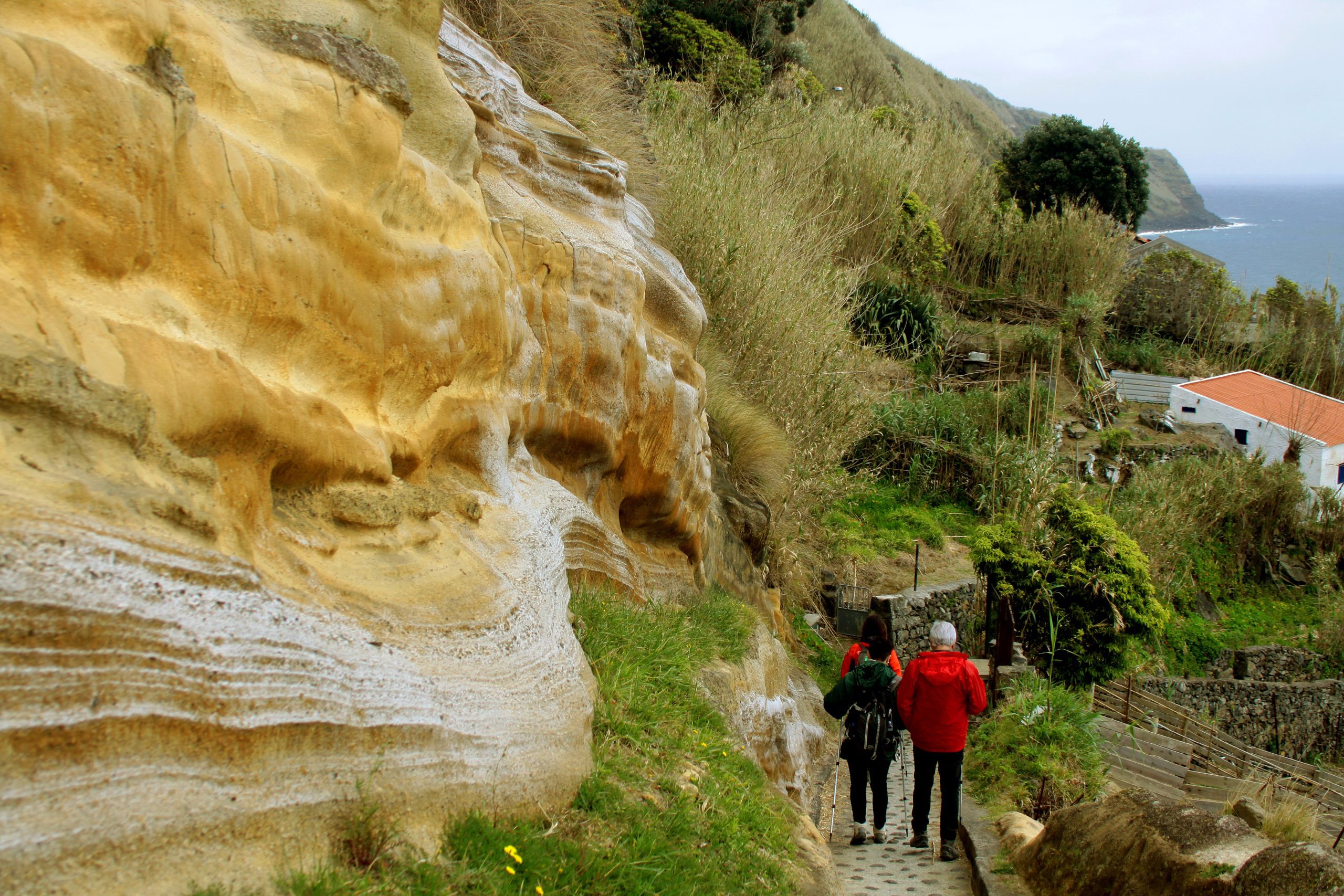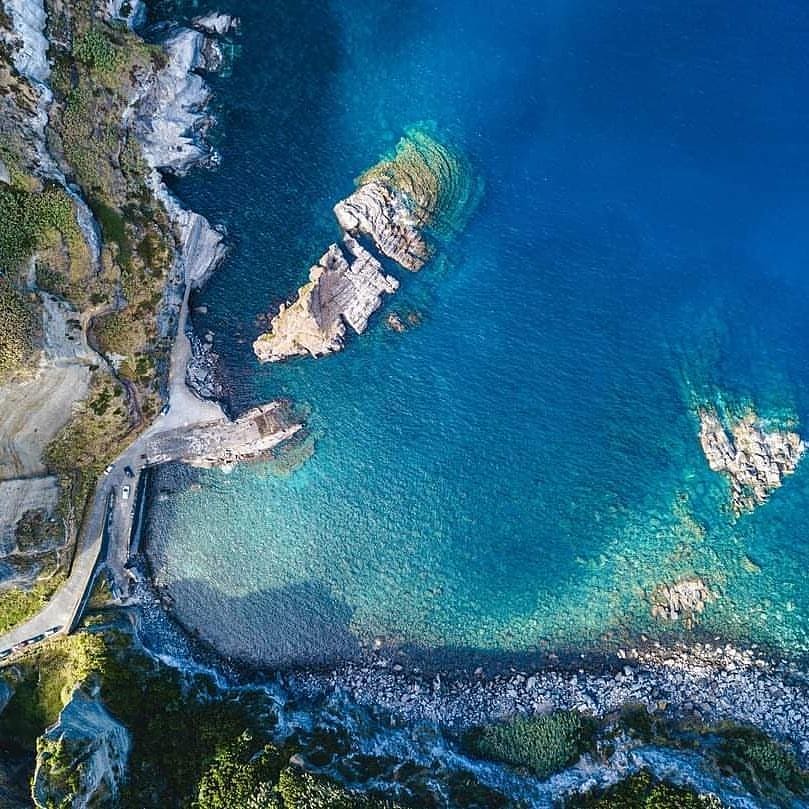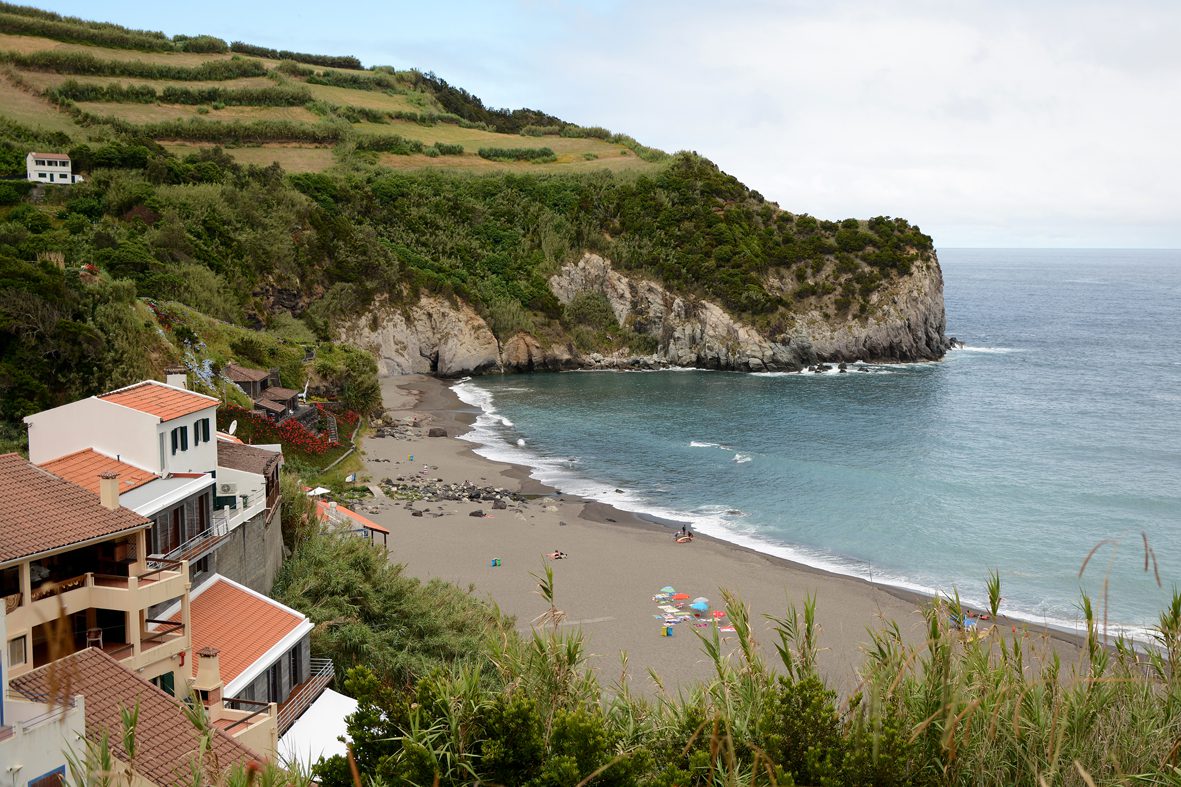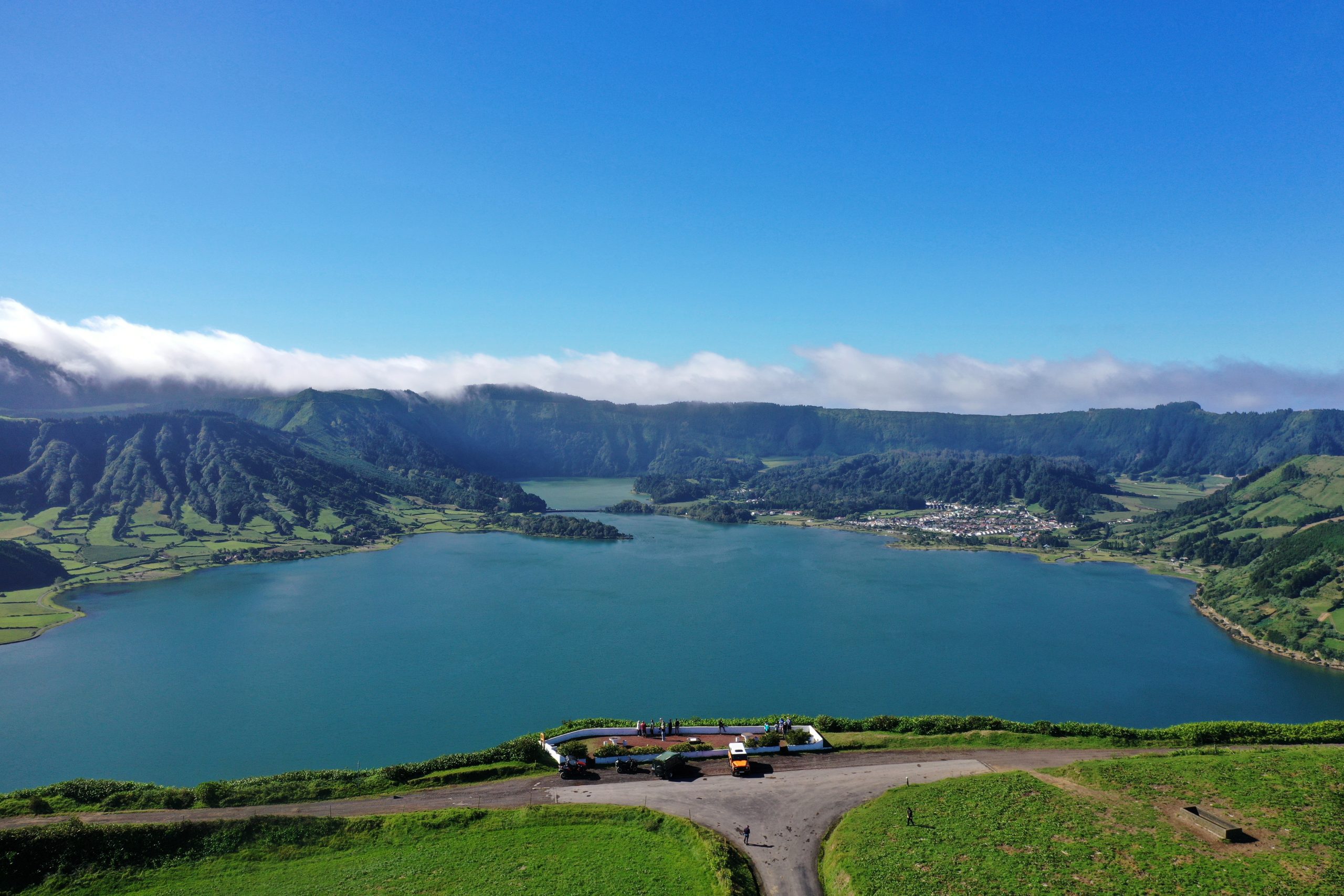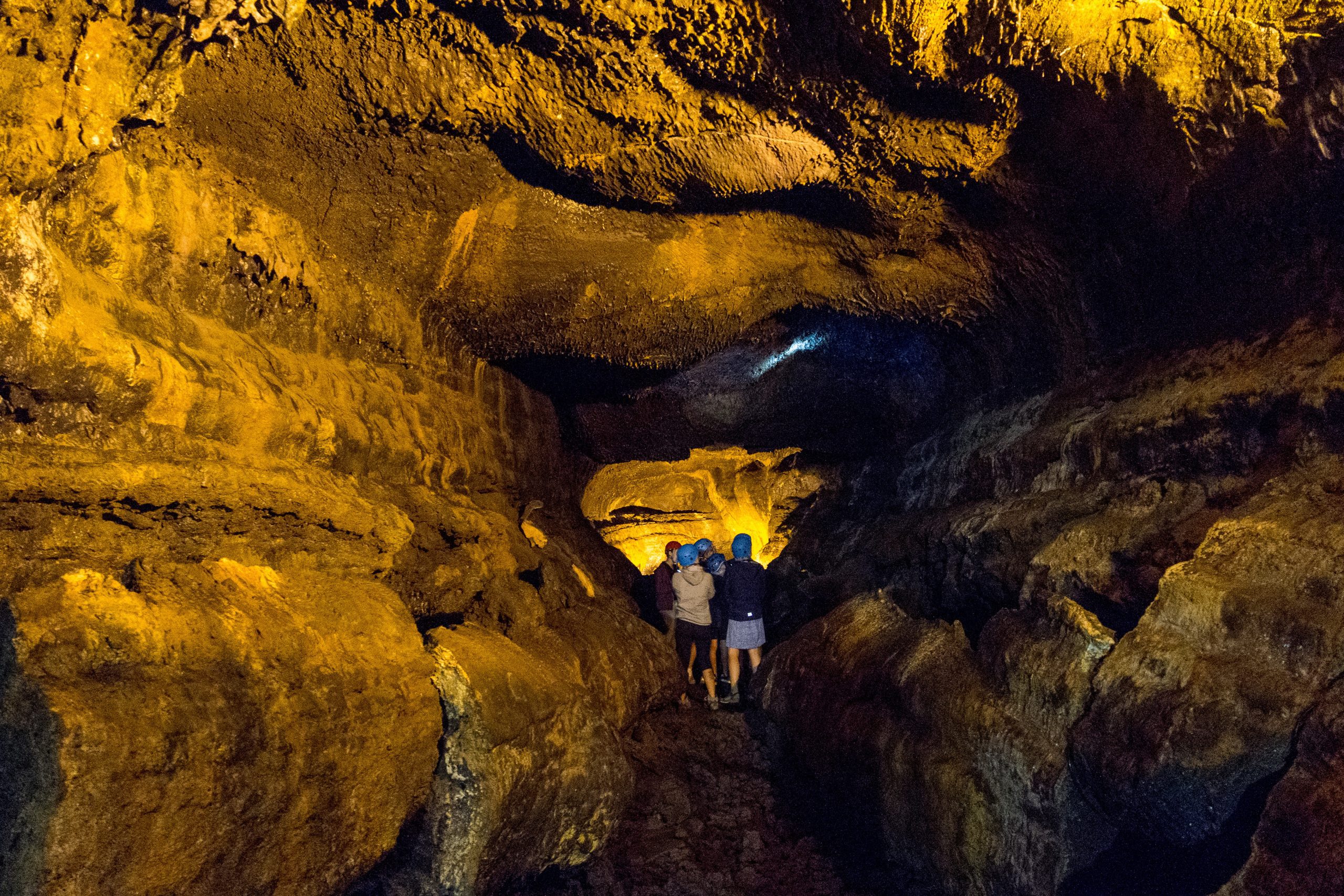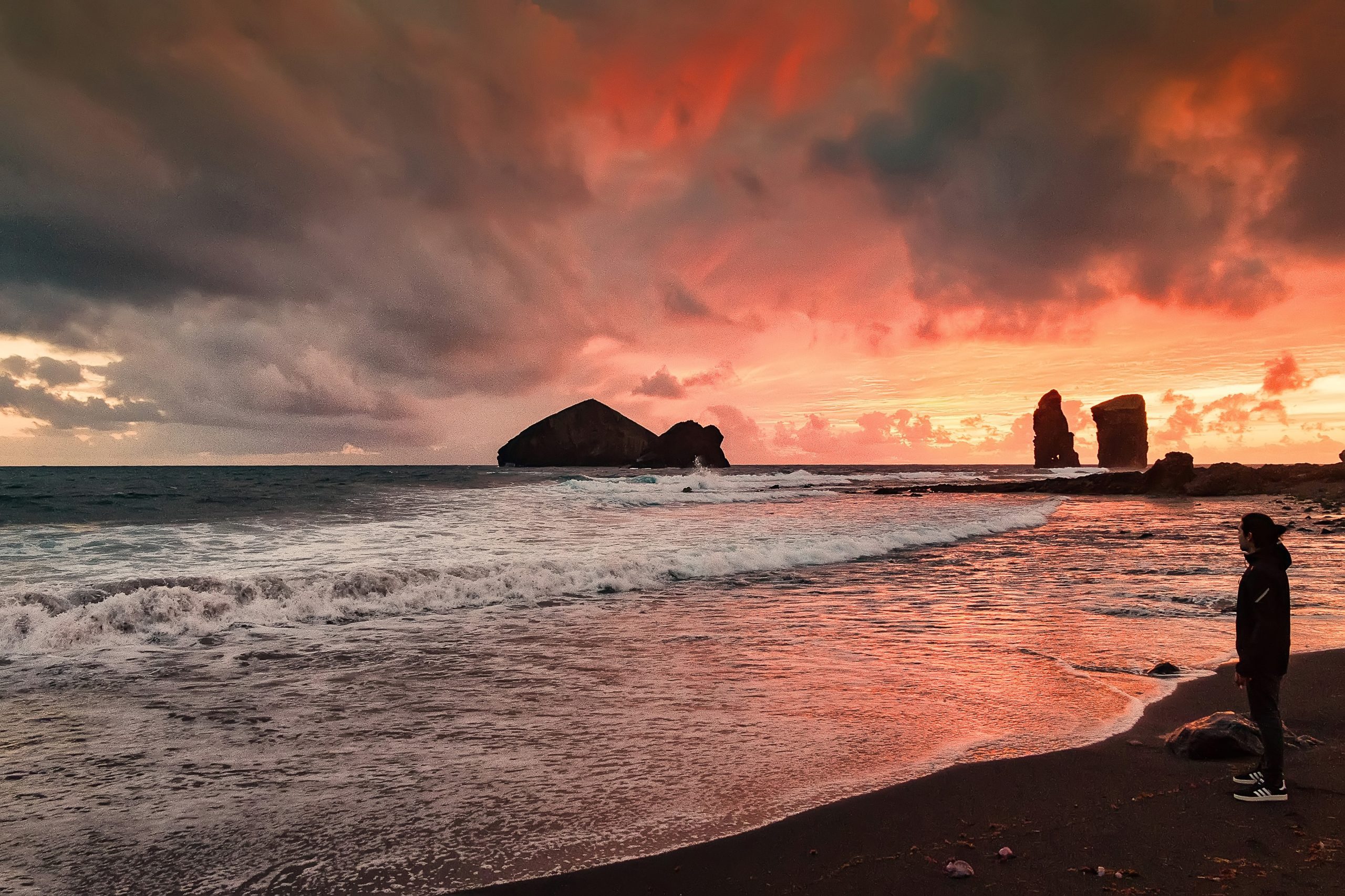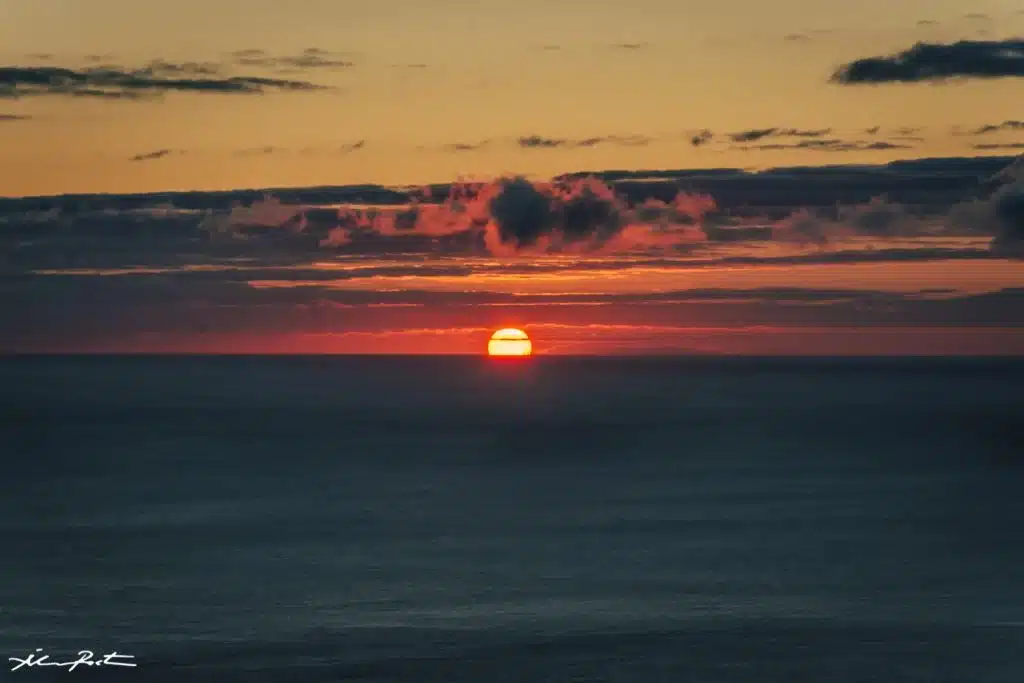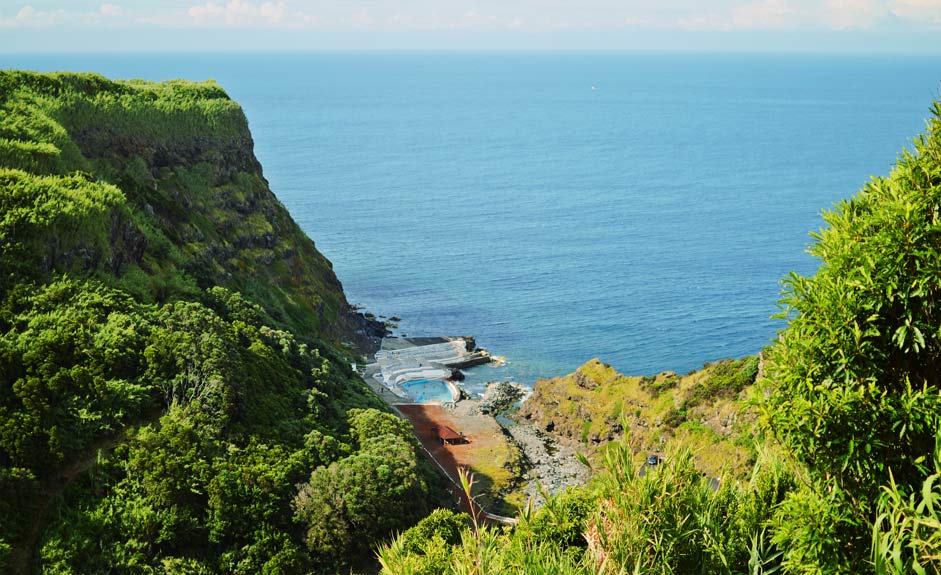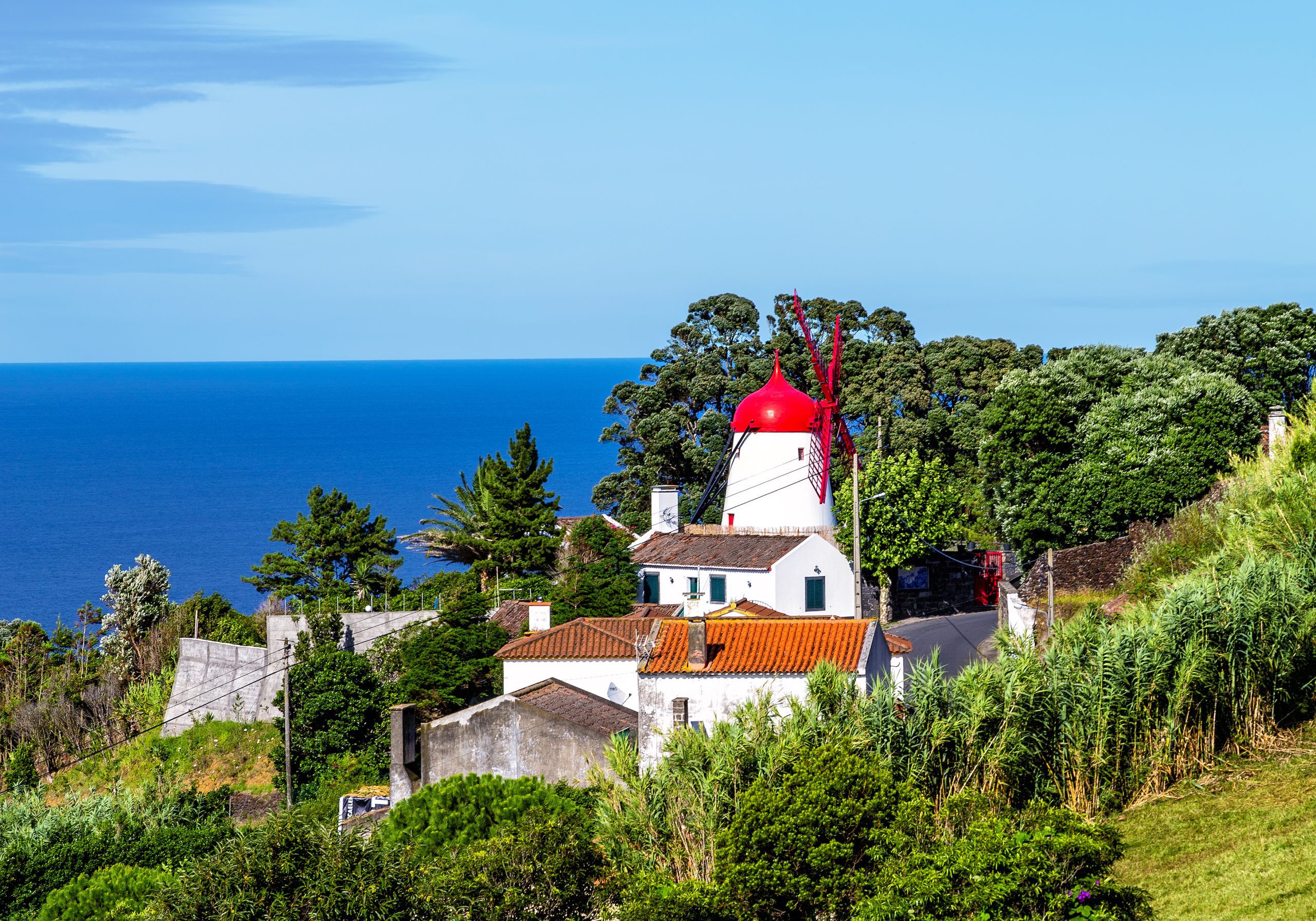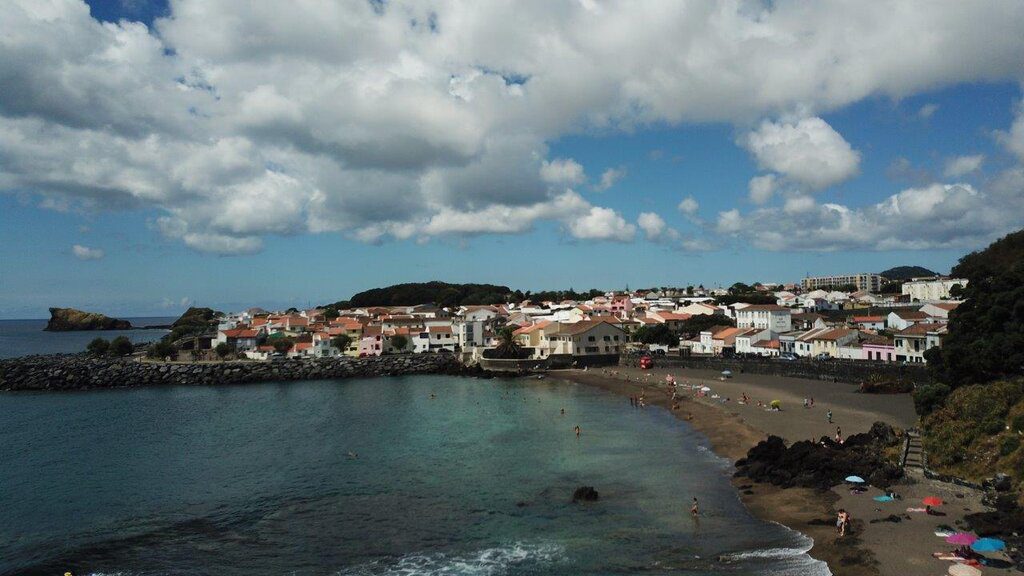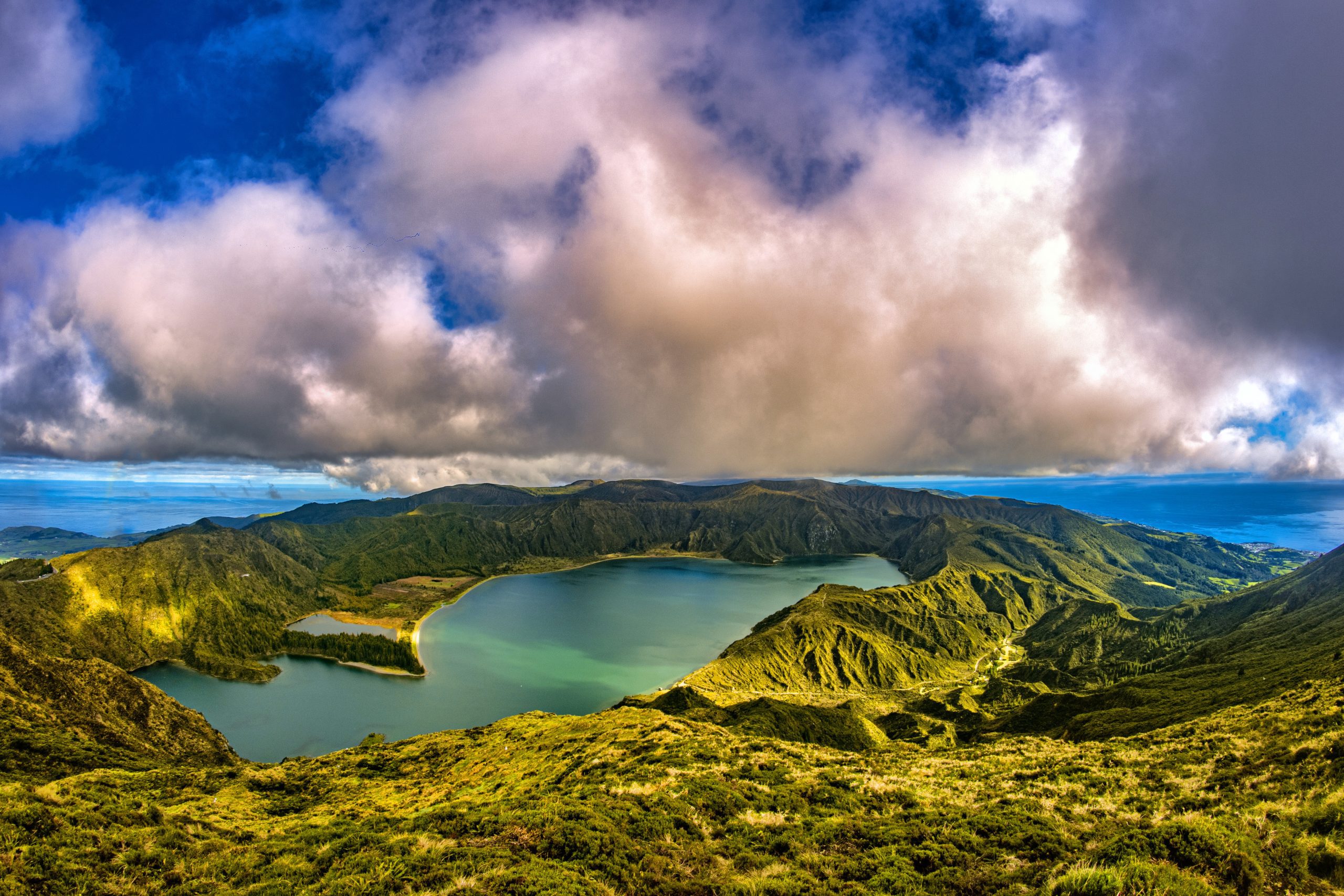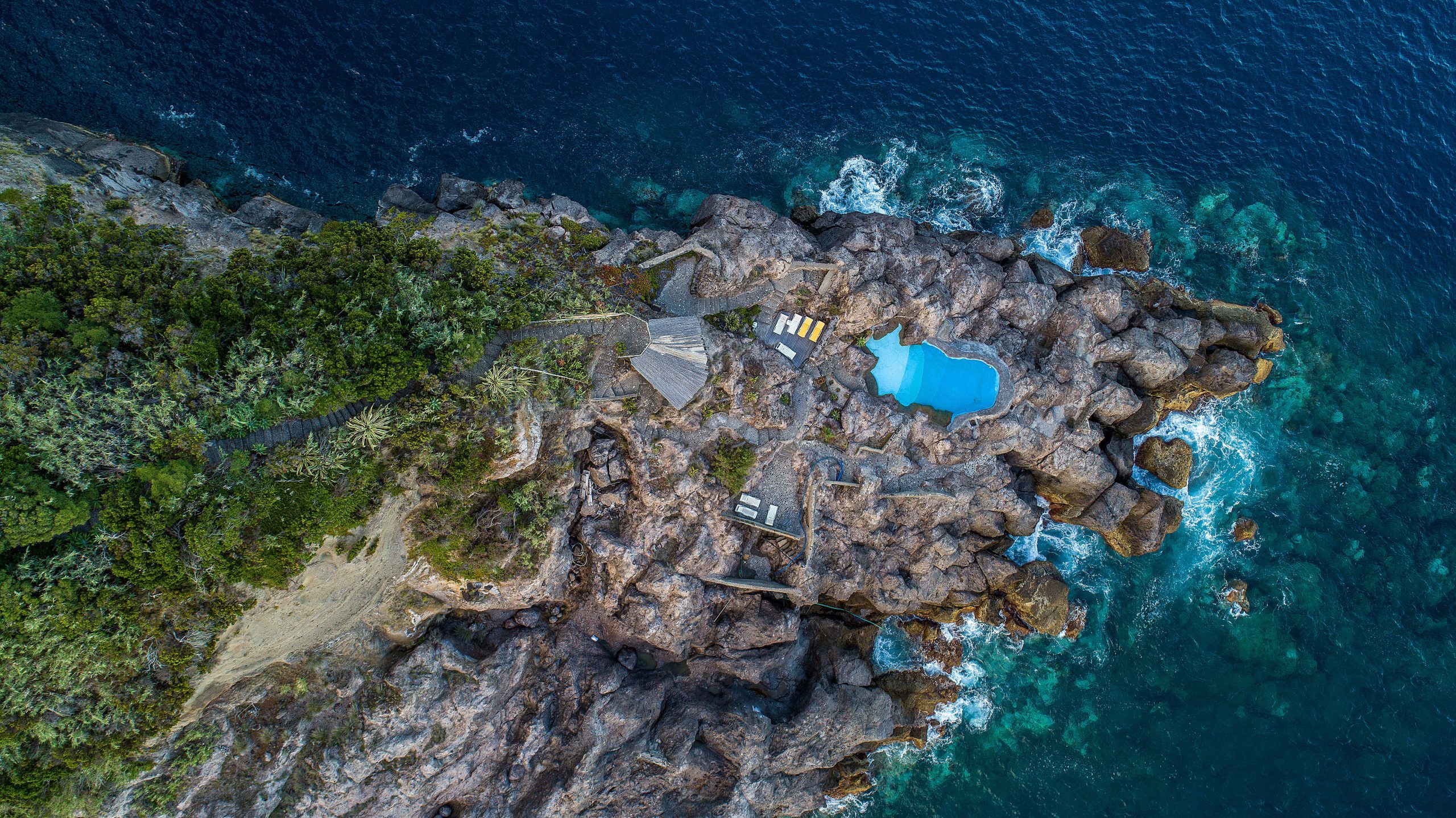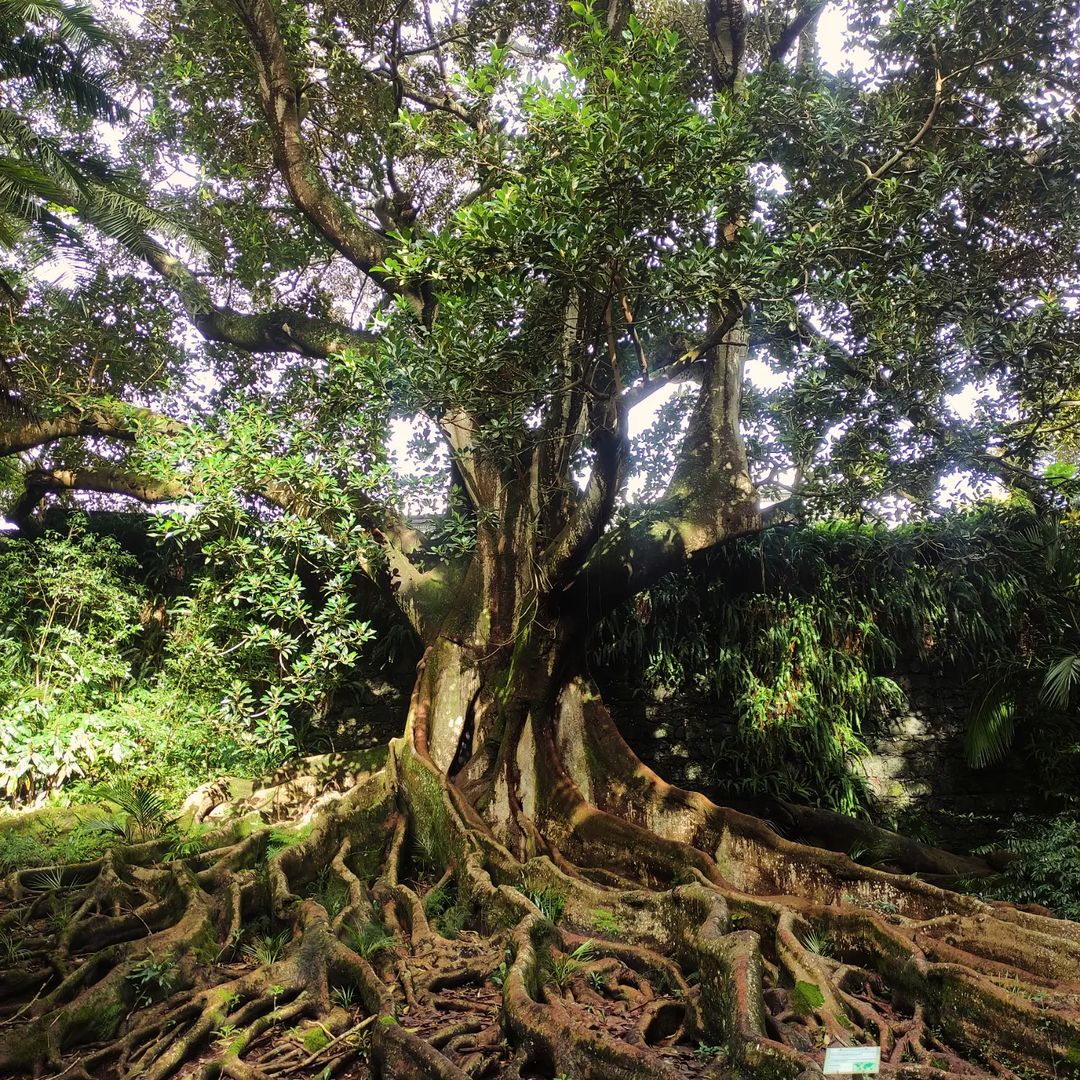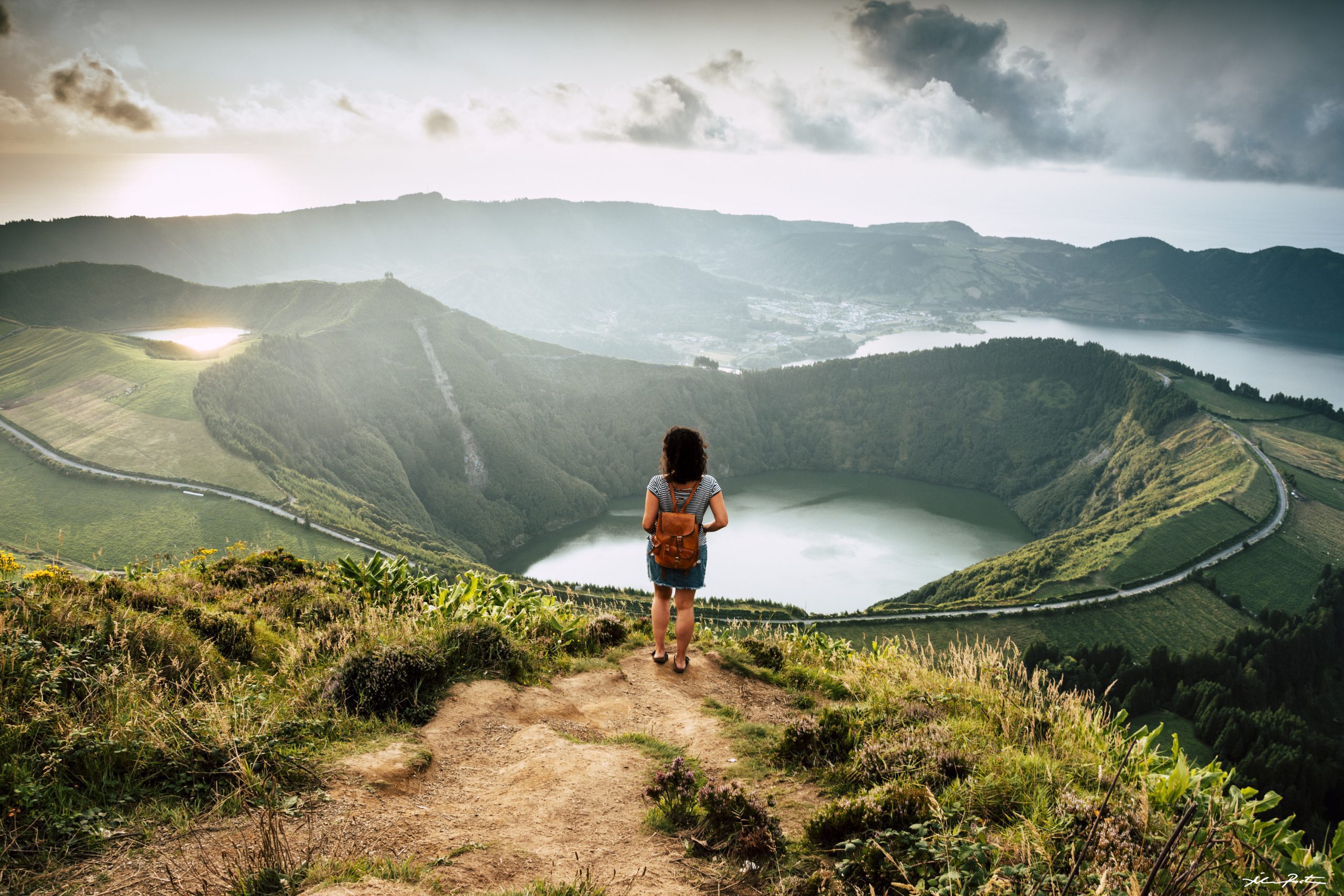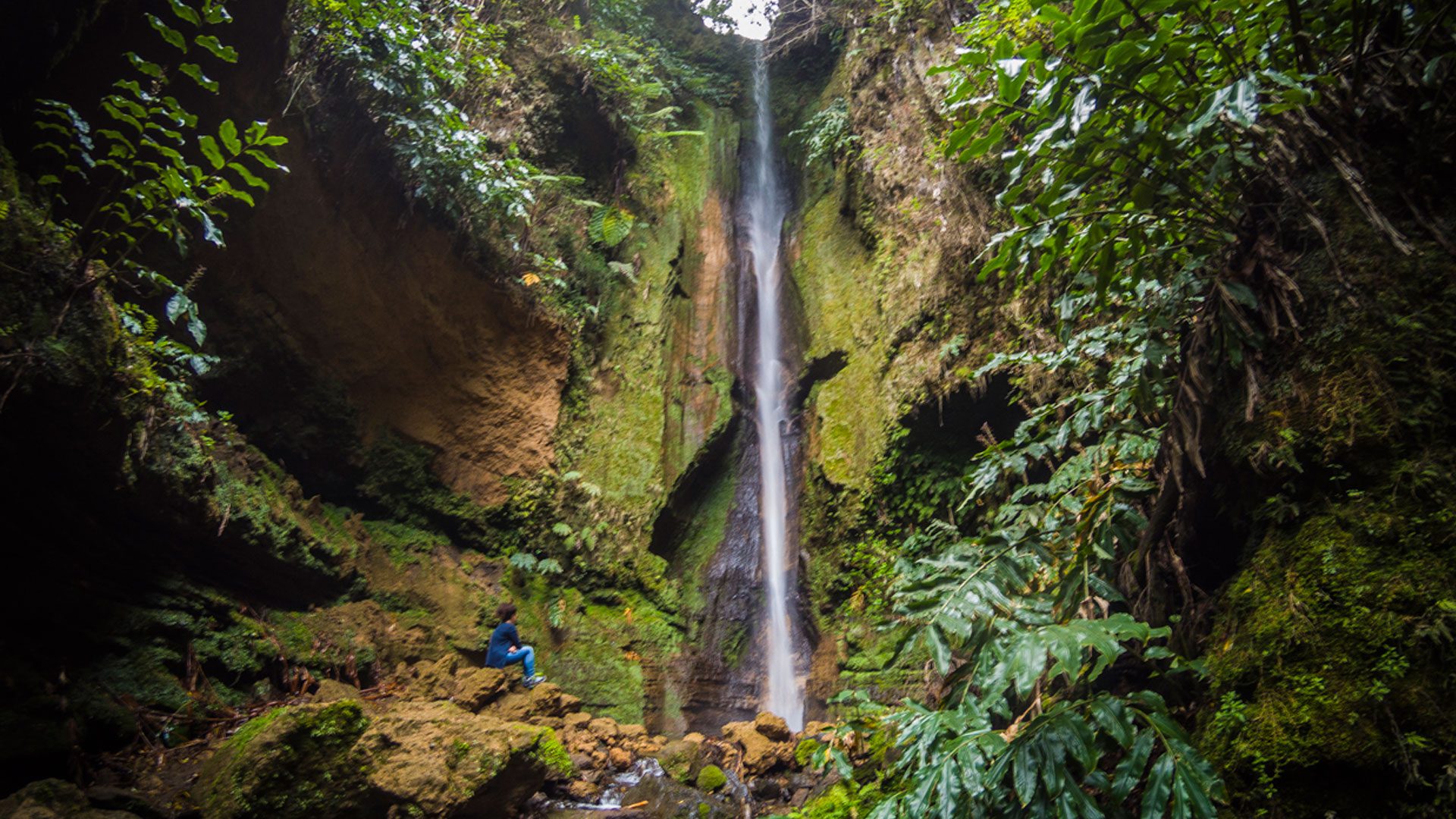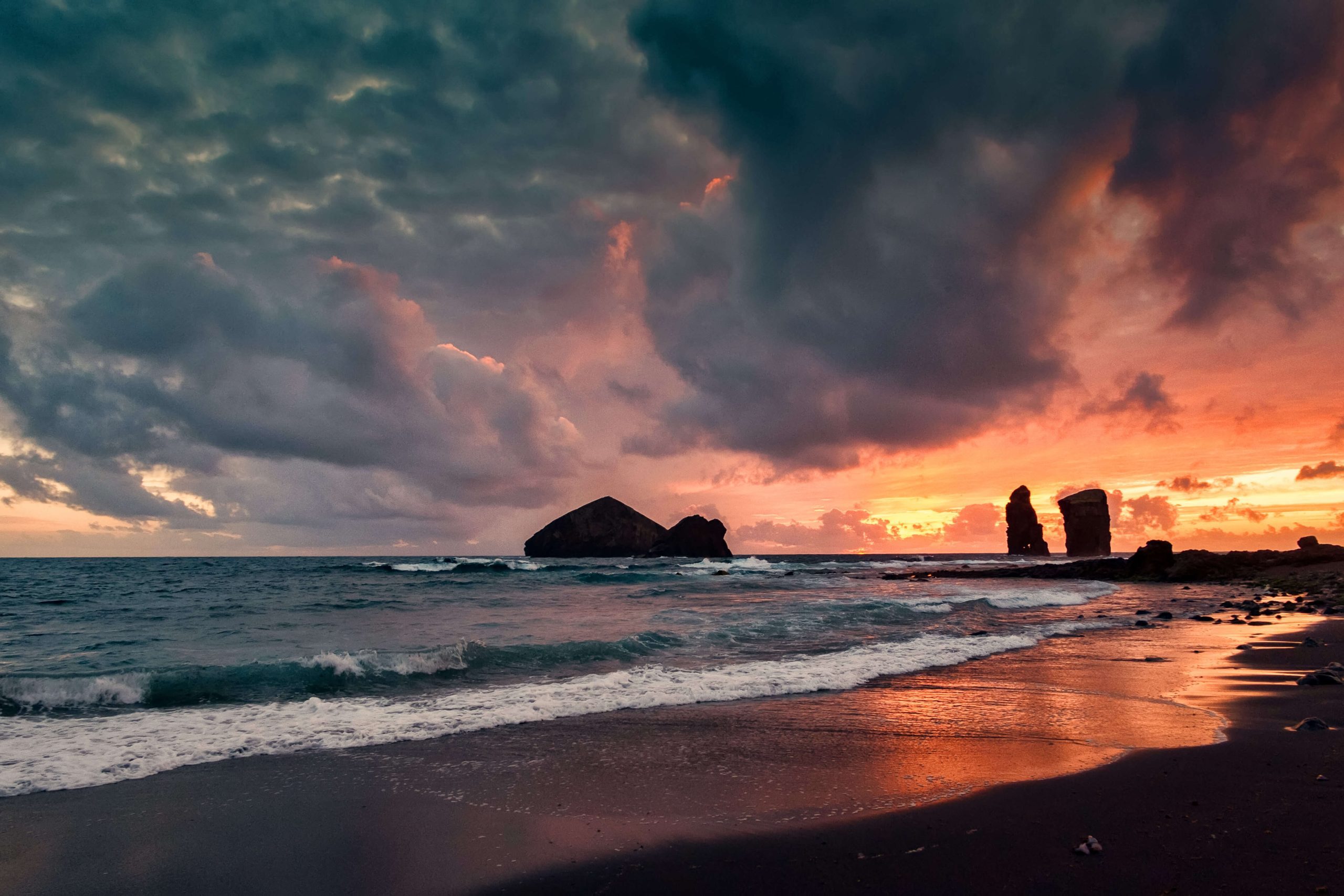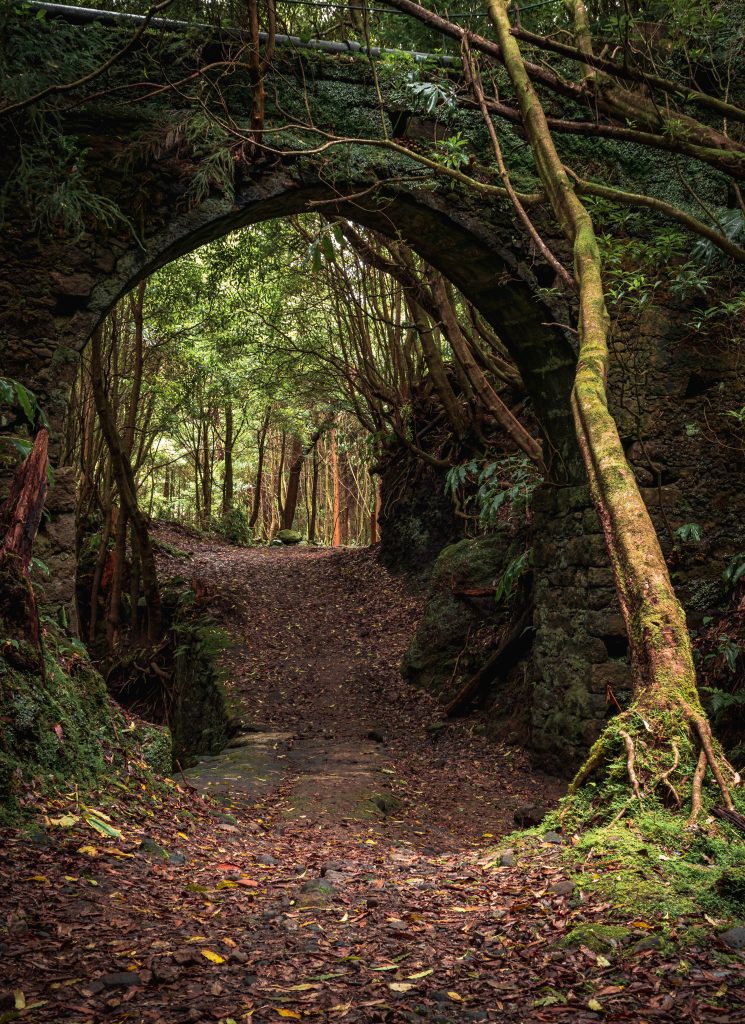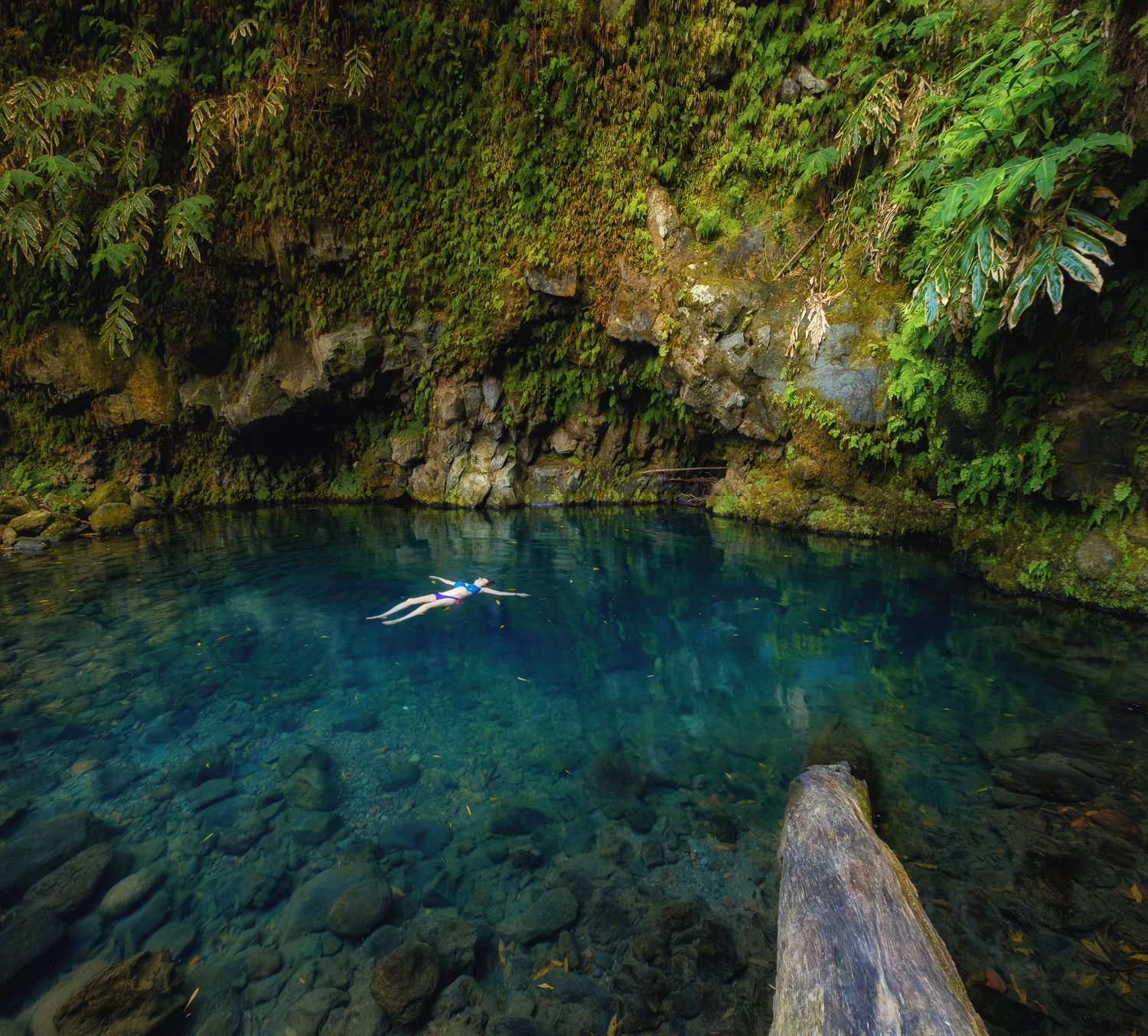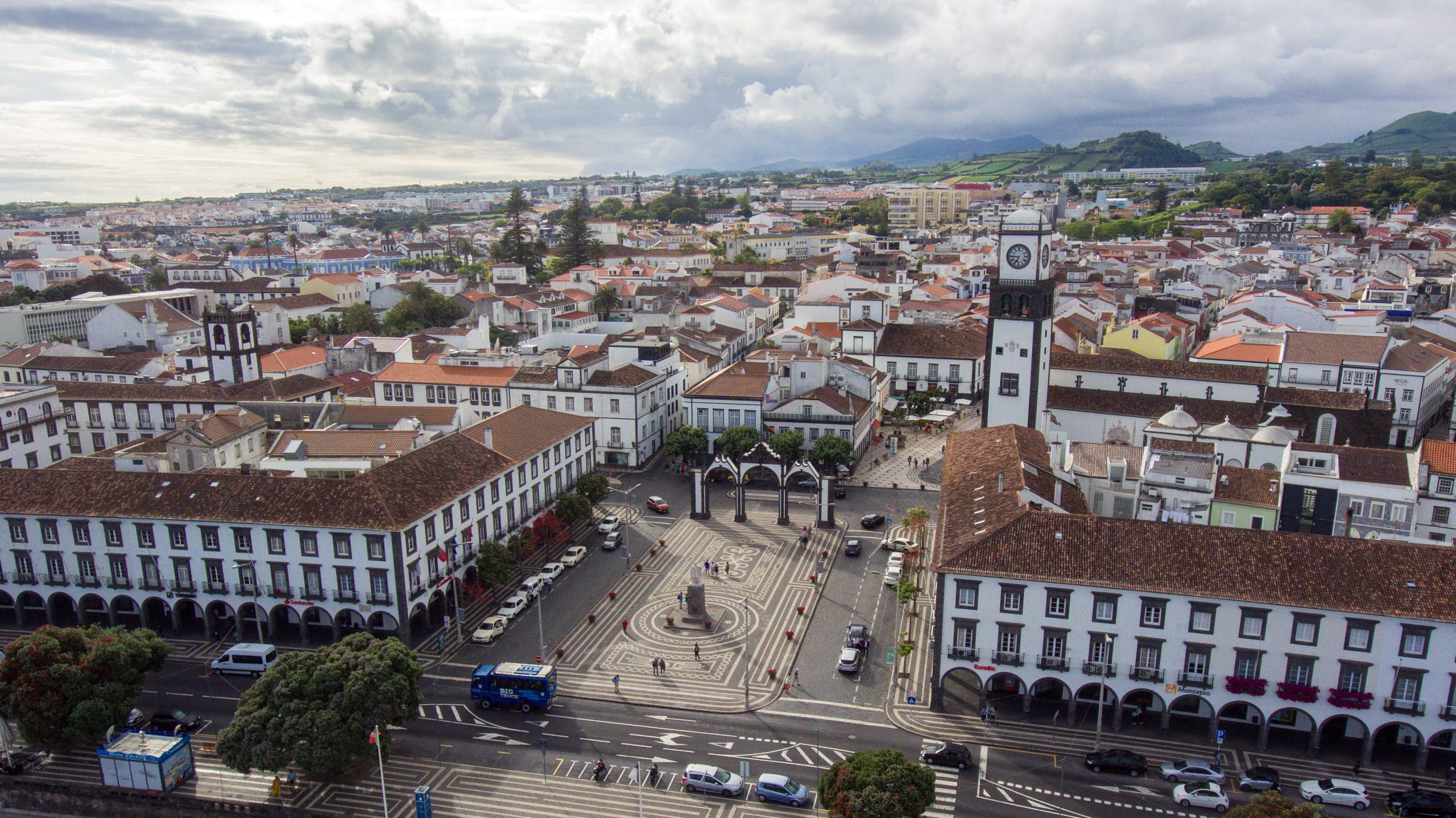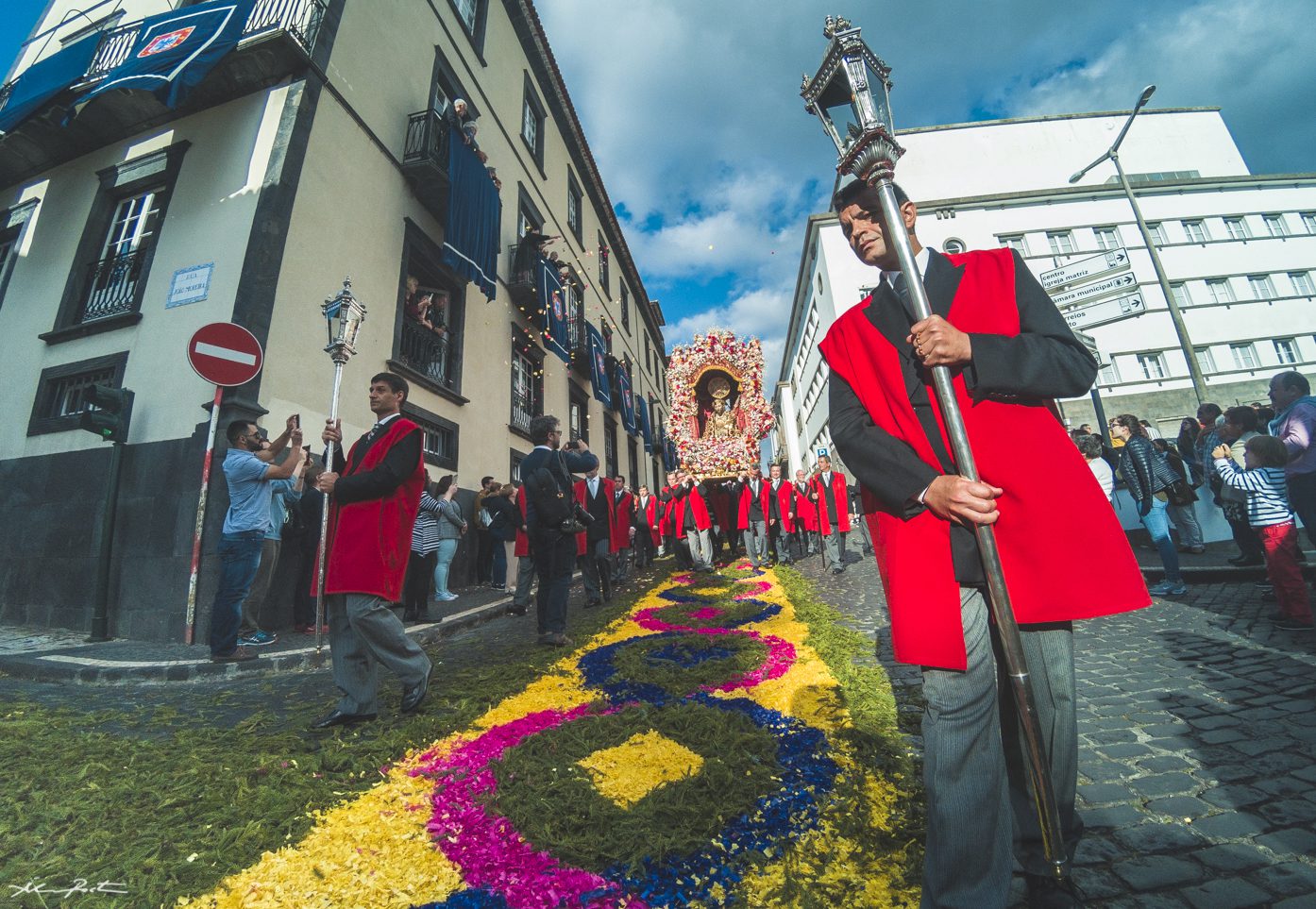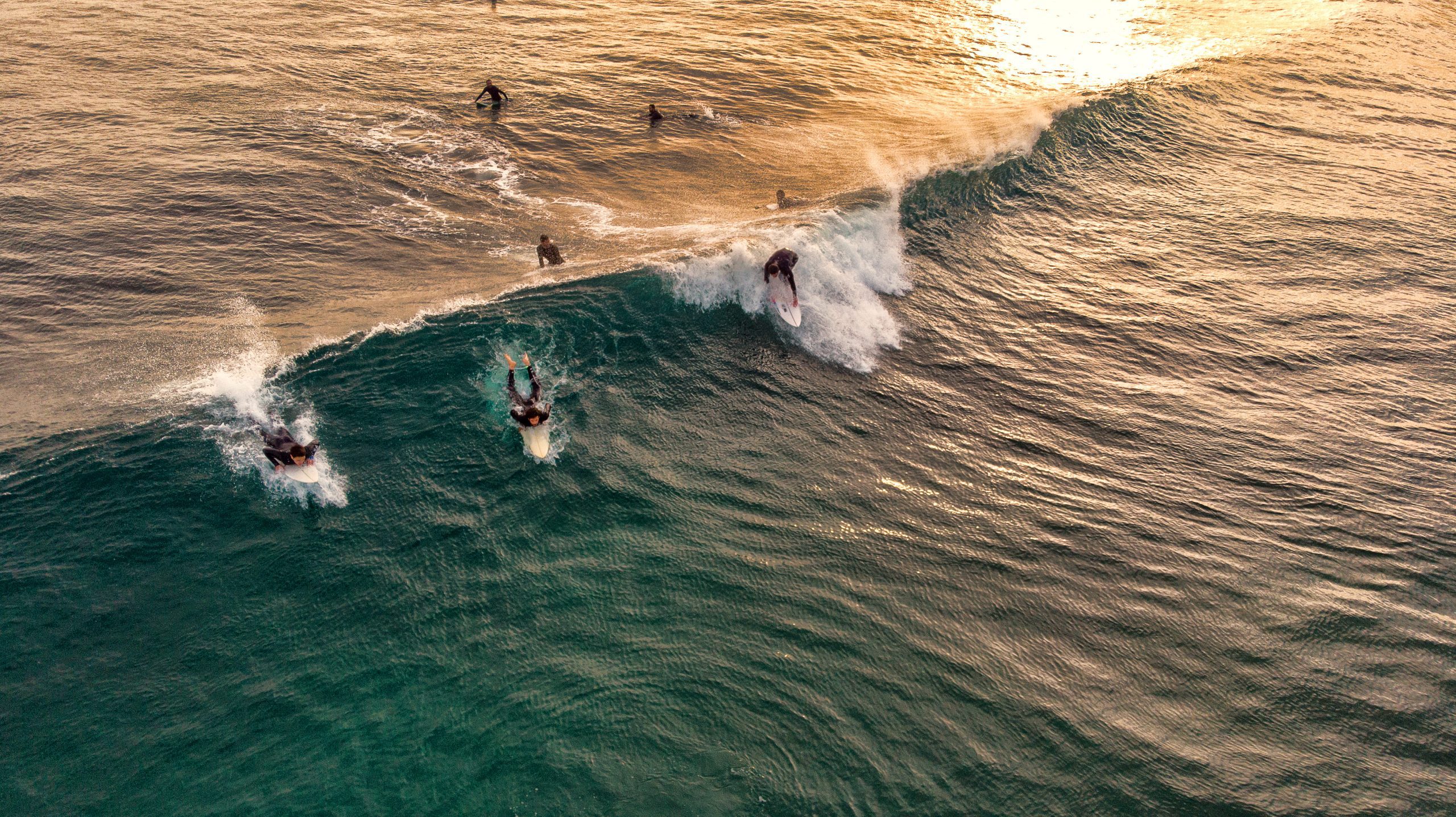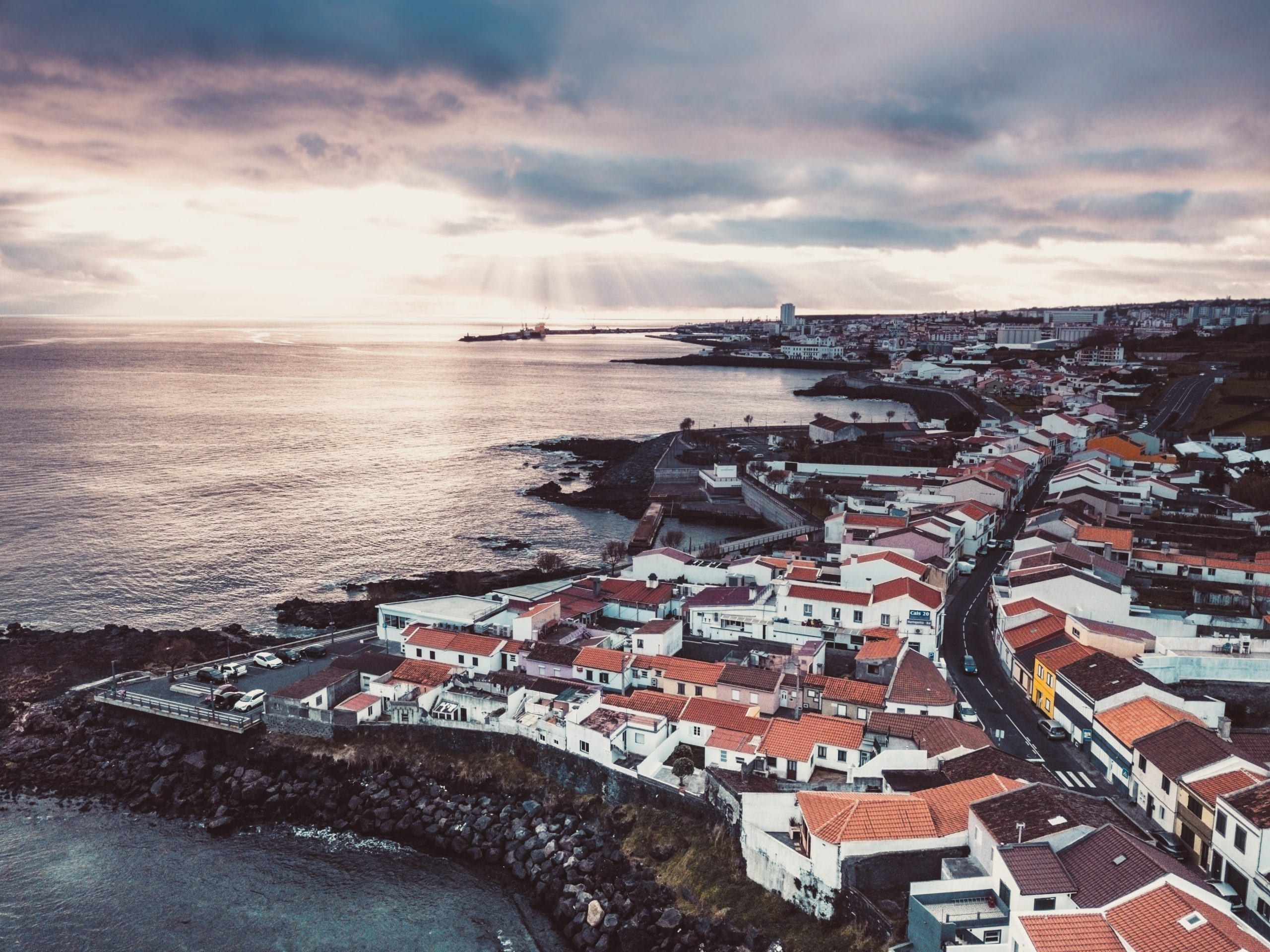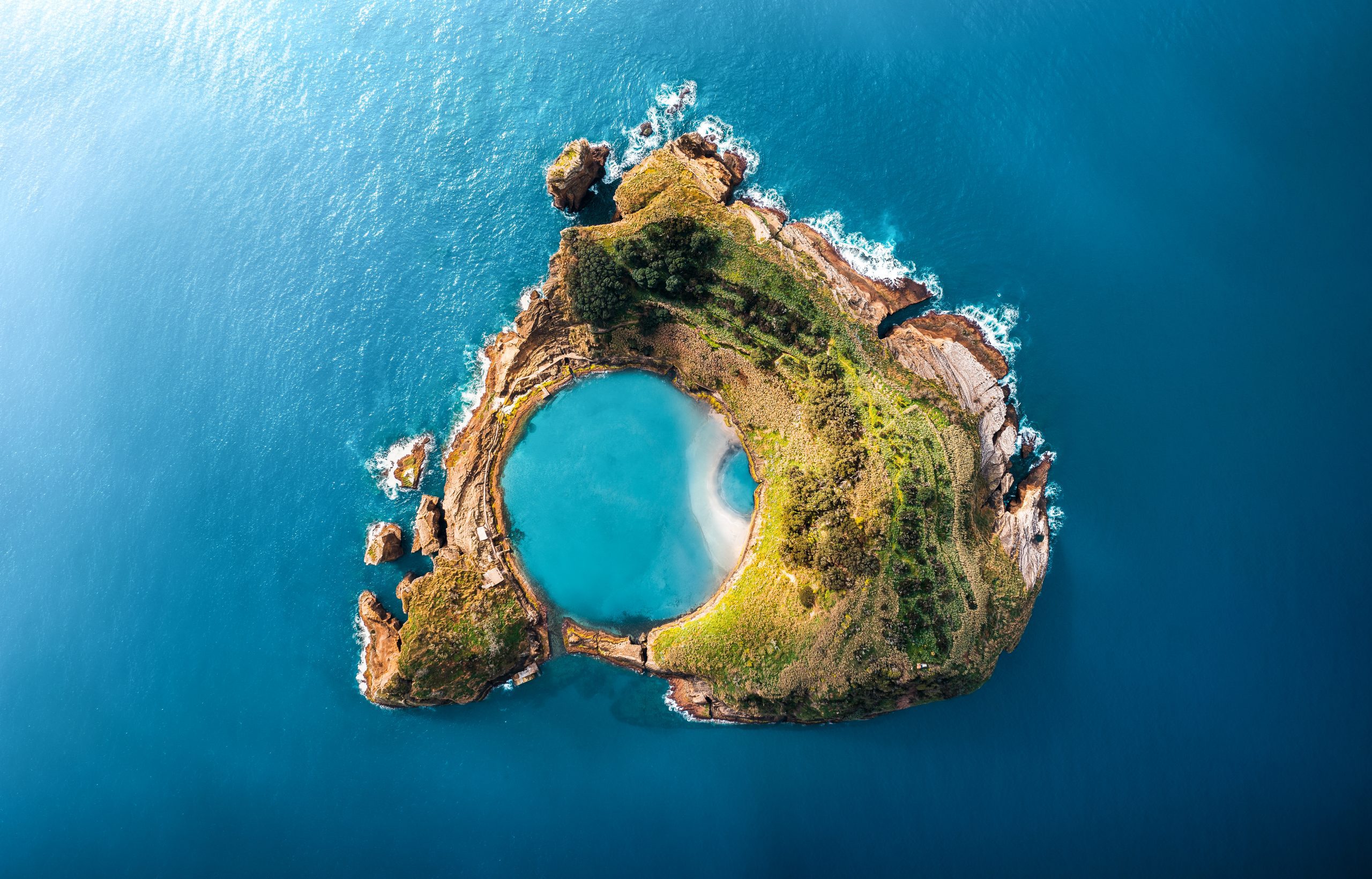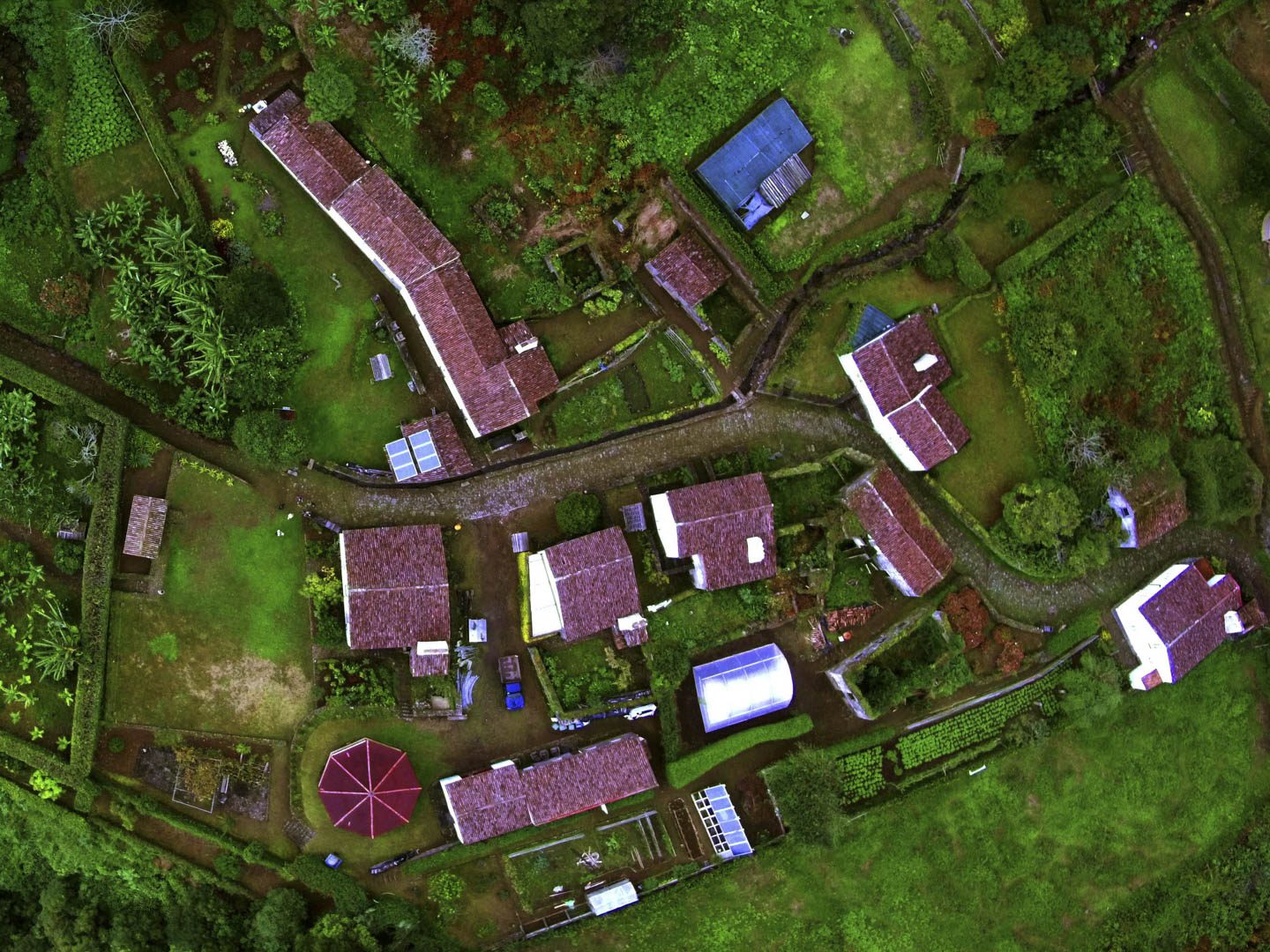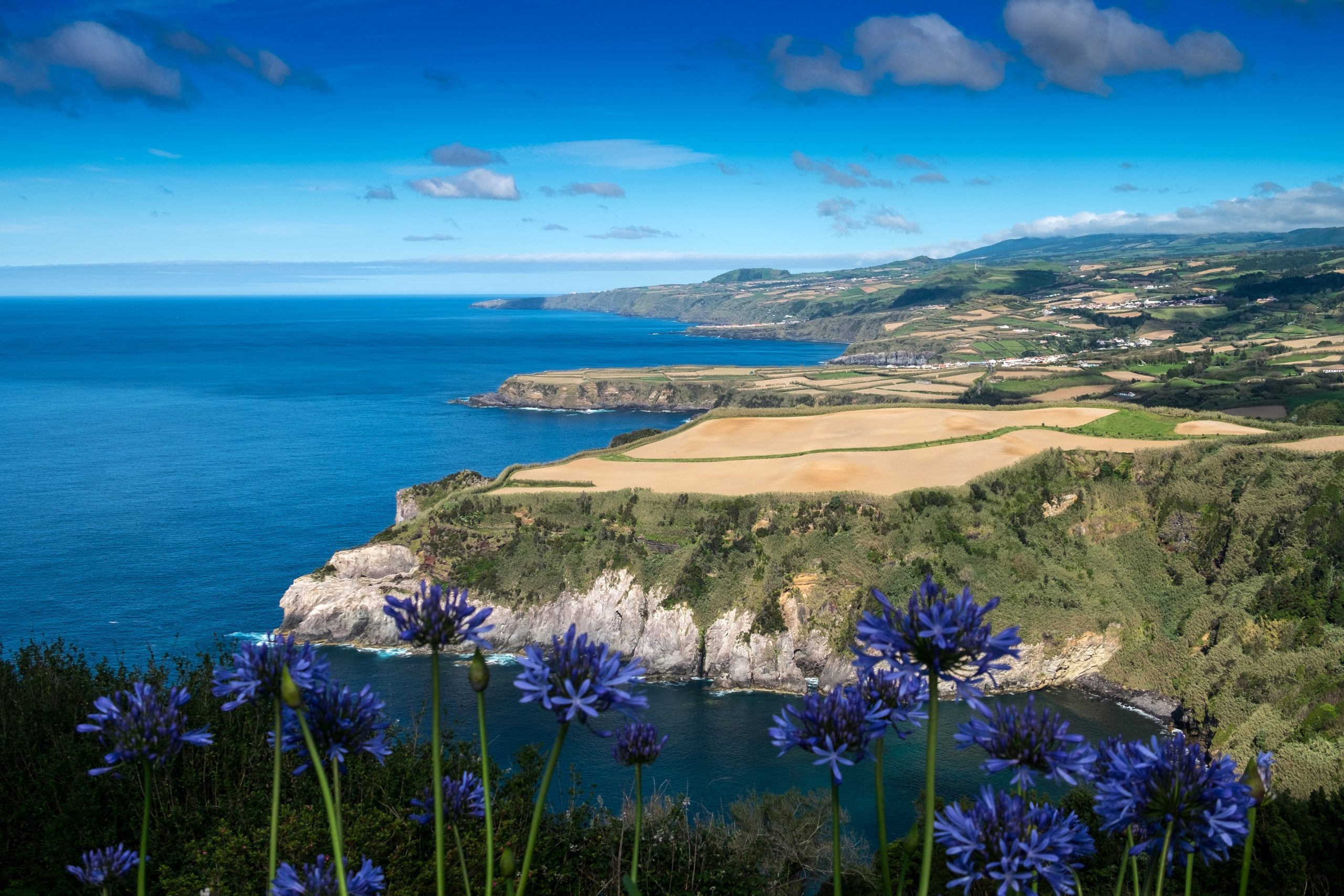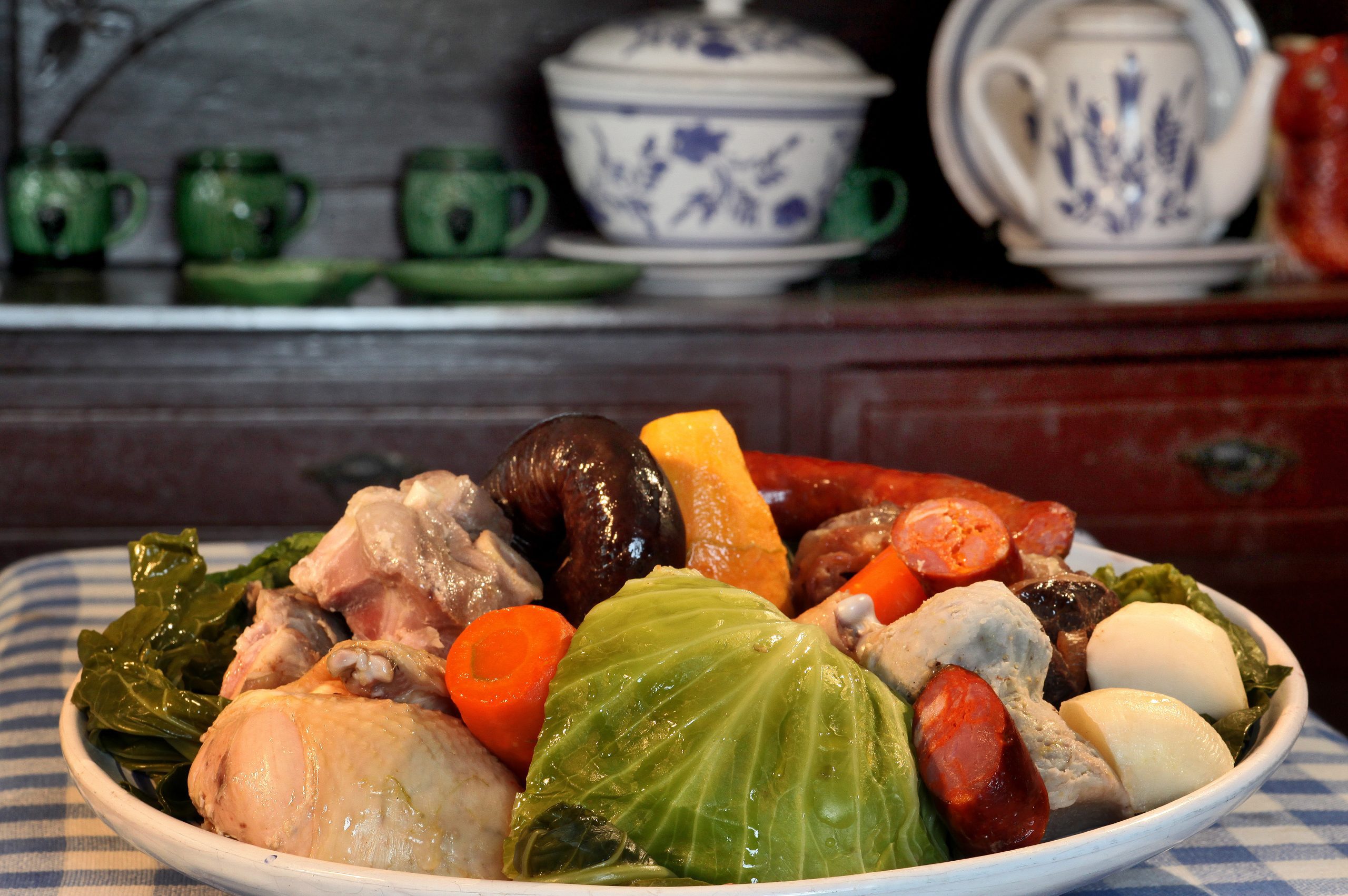The stunning county of Povoação boasts a diverse array of natural wonders that are sure to captivate any visitor.
Located approximately one hour away from Ponta Delgada by car, Povoação is well worth a visit, as it offers a multitude of unique landscapes that provide a sense of unity with the natural world.
Additionally, as the site of the initial settlement in São Miguel island, Povoação offers a glimpse into the origins of this beautiful region.
What is Povoação?

The town of Povoação has been a municipality since 1839, it is divided into six civil parishes on the island of São Miguel. It was in this area that the settlement of the island began. The town has several monuments that commemorate this historical period.
Since its establishment in the 20th century, the town has primarily relied on the production of cereals, particularly wheat. The Wheat Museum offers visitors an opportunity to explore the history of Povoação and the importance of this specific resource to the local community.
Additionally, the Povoação region boasts an array of beautiful natural landscapes, and each parish in the town has something unique to offer visitors, including hiking trails, thermal baths, parks abundant in flora, and an unexplainable connection with nature.
Geology & Volcanology
The Povoação Volcanic Complex is a geological formation consisting of a stratovolcano containing a caldera that has experienced destruction on its southern slope due to collapse and erosion phenomena.
The stratigraphic column of this complex is primarily composed of lava and volcaniclastic products, with deposits associated with the development of the Furnas Volcano situated on top. It is estimated that the Povoação Volcanic Complex originated approximately 3.2 million years ago during the Northeast volcano’s intermediate phases. Initially, the products emitted were predominantly basaltic but evolved into trachytic over time.
Following a period of rest, the immense Povoação caldera began to form, which is a depression approximately 6.5 km in diameter and around 800,000 years old. Subsequently, numerous secondary devices were established both inside the caldera and on the outer slopes.
The cessation of volcanic activity is believed to have resulted from a lack of magma chamber feeding approximately 650,000 years ago. Over time, rivers have eroded the landscape, carving out picturesque green valleys and interflows known as Lombas.
History & Geography

With an approximate area of 110.30 km2, the municipality of Povoação is located in the eastern region of the south coast of the island, approximately 60 km away from the city of Ponta Delgada. The municipality comprises six civil parishes (Povoação, Furnas, Nossa Senhora dos Remédios, Ribeira Quente, Água Retorta, and Faial da Terra) and has a population of around 5,800 inhabitants.
In 1432, the first captain of São Miguel, Gonçalo Velho Cabral, chose Povoação as the location for the island’s settlement. To make the settlement viable, cattle, wheat seed, legumes, and agricultural implements were sent to Povoação. In 1439, an order was given to send sheep to the islands that had been found in the Azores. Five years later, the settlement finally began, namely in Povoação Velha and Água Retorta.
Since then, various constructions have taken place in this municipality, including military forts, chapels, and churches. During the 18th century, the region became a center for naval construction due to the abundance of wood in the immediate area. Several monuments in the town commemorate this historical time. Many changes have occurred in the civil parishes that comprise the municipality of Povoação, mostly due to natural catastrophes.
Culture & Festivities
The festivities in honor of the patron saint, Nossa Senhora Mãe de Deus, which take place on the first weekend of September, and the celebrations in honor of Corpo de Deus are some highlights of this first settlement.
During these times of the year, many emigrants visit the town to spend the festivals with family. Other summer festivals and carnival dances, such as the green and yellow ball, are other attractions for residents from all over the island and visitors to the beloved village of Povoação.

In addition, Povoação is known for its typical sweet: “fofas da Povoação”. This recipe was created by a local and passed down to the family. A dough similar to an éclair contains fennel and can be filled with lemon or vanilla. To finish it off, a drizzle of chocolate on top gives it an extra sweet touch.
Fauna & Flora

In the municipality of Povoação, it is possible to find numerous species like:
- Heather (Erica Azorica);
- Ivy (hedera Azorica);
- Florist daisy (Erigeron karvinskianus);
- Yam (Colocasia esculenta);
- Hydrangeas (hydrangea macrophylla);
- Japanese cider (Cryptomeria Thunberg ex Linnaeus).
This area is also home to a variety of wildlife such as:
- Azores bullfinch (Pyrrhula murina);
- Azorean buzzard (Buteo buteo rothschildi);
- Blackbirds (Turdus Merula Azorensis);
- Other species enjoy the natural wonders that Povoação has to offer.
What To Do At Povoação
Top Places & Activities at Povoação
Discover Faial da Terra

Faial da Terra is a parish in the municipality of São Miguel, known locally as the “Crib of the Island”, whose inhabitants depend essentially on farming for their livelihood. This parish has several unique characteristics, namely its fertile land, proximity to the sea and São Miguel’s main bathing areas.
Historically, Faial da Terra is thought to have been one of the first places to be settled on the island, at the beginning of the 16th century. Visitors to Faial da Terra are encouraged to explore the stunning Salto do Prego Trail, the unforgettable Aldeia do Sanguinho and the imposing Salto do Prego Waterfall.
Igreja de Nossa Senhora da Graça
Portuguese church Nossa Senhora da Graça, constructed in the 17th century, stands in Ponta Delgada. It was part of the former Convent of the Hermits of St. Augustine or Gracianos, which was home to religious activity until 1832. However, after the dissolution of the Religious Orders, authorities stripped the church of all its liturgical objects and repurposed the space to house various institutions.
Over the years, the former church and convent space has been home to the gymnasium of the high school of Ponta Delgada, the judicial court, the secretariat of finance, the municipal library, and finally, the Free Academy of Arts of Ponta Delgada. Currently, the old church space remains closed and not in use.
Miradouro da Lomba do Cavaleiro
At the Lomba do Cavaleiro viewpoint, visitors can enjoy a breathtaking panoramic view of the picturesque town of Povoação.
The stunning view showcases the town’s charming houses, winding roads, and verdant hills, making it an ideal location for photographers to capture its beauty.
Whether you are a nature lover, a history enthusiast, or simply seeking a picturesque spot to take memorable photos, the Lomba do Cavaleiro viewpoint is an absolute must-visit destination.
Miradouro do Pico dos Bodes

The Pico dos Bodes Viewpoint is a must-see location in the municipality of Povoação, offering a breathtaking panoramic view of the coastline from Faial da Terra to Vila Franca do Campo.
This viewpoint has a 180-degree sea observation infrastructure, making it a popular spot for whale watching. Recently, the recovery of the Whale Watch Trail has brought new attention to this area.
Located at an elevation of 460 meters, visitors can relax on the small lawn and stone benches while taking in the indescribable view of the south coast of São Miguel.
For those interested in whale watching, be sure to check out the related activity offered in the Azores.
Museu do Trigo (Wheat Museum)
Built around 1854, this building in Povoação, made of soft stone and wood, also served as a mill for some time. A German emigrant brought the idea to design it to serve the Povoação and Nordeste municipalities. The building housed two machines: a threshing machine and a winnowing machine, made of acacia wood.
The main function of the threshing machine was to extract the straw and grain, which went directly to the winnowing machine. There, workers separated it from the chaff (the husk that covers the wheat) and cleaned it using a wooden fan inside the winnowing machine.
Located near the Ribeira dos Bispos, the water acted as the driving force for the mill, with the weight of the water causing the entire system to function through leather camel belts.
The decline in cereal production across the island in the mid-20th century led to the abandonment of the building. However, in 1995, the Povoação City Council acquired the building to restore it while respecting its originality, including the doors and windows made of cryptomeria wood, and transforming it into an ethnographic museum of wheat, the only one on the island of São Miguel.
This museum is a must-see for anyone visiting the Povoação parish, not only for its scenic view but also for the culture and history it contains.
Porta dos Primeiros Povoadores
The Gate of the Discoverers is believed to be the location where the first discoverers and settlers disembarked on the island of São Miguel. Located on the coast, this gate offers a breathtaking view that the first explorers experienced upon arriving at the island.
The gate is a monument to the island’s history and a testament to the bravery of the early explorers. A visit to this site is a must for anyone interested in history and adventure.
Agrião
Agrião is not the type of trail where you will see crowds of people. Therefore, you can connect yourself with nature peacefully.
Wonderful landscapes and incredible views and abundant nature are to be discovered. Indeed, sweet pittosporum, acacia, and Persea indica are displayed along the way, in addition to pastures and an old mill.
Visit Aldeia do Sanguinho

Among tropical nature, Aldeia do Sanguinho is a rural village whose inhabitants deserted in the 1970s, searching for a better life. However, its undeniable charm has led to houses being rebuilt, and the village is slowly returning to life.
With a history of several centuries, Aldeia do Sanguinho was constructed by the region’s first inhabitants, rumoured to have been primarily farmers and emigrants seeking improved living conditions. Its location was strategically chosen to shield its people, houses, lands, and farms from the storms that frequently ravaged the region. Sadly, the village was abandoned four decades ago following the floods of Faial da Terra.
Today, Aldeia do Sanguinho remains mostly uninhabited, with around twenty houses that once accommodated over two hundred people lying empty. However, a project to restore and repopulate the village has commenced. Some houses are now available for visitors to stay in, and there is also a café operating in the area, adding to its appeal. To reach the village, one can follow the trail that leads to the Waterfall of Salto do Prego, making it a perfect spot for nature lovers and hiking enthusiasts.
Parque de Merendas do Porto Novo
The Porto Novo Merendas Park is a snack park located on the seafront with a beautiful view of Portinho do Faial da Terra. It is open to everyone and offers grills, tables, and stone benches for picnics and rest.
Native trees and plants fill the park, making it a great place to unwind and relax with family and friends. It’s an excellent choice for those who want to enjoy nature away from the confusion of the city.
Portinho do Faial da Terra
The Portinho Bathing Area is in Povoação and is located in a protected bay by a tall lavic cliff. The area is suitable for swimming and has infrastructure to support bathers.
The beach consists of gravel, pebbles, and sand, and there is an available swimming pool. The bay has high maritime exposure and a sandy and rolled pebble bottom.
Enjoying Praia do Fogo in Ribeira Quente
Ribeira Quente is a charming coastal village that offers both beautiful scenery and delicious cuisine. At the nearby sandy beach, visitors can experience the unique phenomenon of hydrothermal underwater springs, which make the water slightly warmer and add to the overall sense of relaxation.

But it’s not just the natural beauty that makes Ribeira Quente a must-visit destination. This village is also renowned for its mouth-watering chicken wings, which are considered to be the best on the island of São Miguel. With a delightful combination of stunning views and delectable cuisine, Ribeira Quente is sure to be a memorable stop on any visit to the Azores.
👉 Post related Best Beaches in the Azores Islands. Read more
Praia do Morro
Being remote from the cities, Povoação is a peaceful place to enjoy quality time in nature.
There are many beaches made of stones or sand in the county. For the most popular option, the beach of Ribeira Quente is fairly packed in the summer, and for a more hidden one: Praia do Morro is what you should be looking for.
Explore the Salto do Prego Waterfall

Surrounded by lush vegetation, Salto do Prego is a hidden gem that nature lovers consider a must-visit location. The clear and icy waterfall is a popular destination for both national and international visitors, and you’ll be able to learn about the history of the area along the way.
The site is full of historical points of interest, making it a great spot for those who love to explore and appreciate natural beauty.
Serra da Tronqueira
Located in the Natural Reserve of Pico da Vara, in the municipality of Nordeste, this viewpoint offers an imposing view of the Tronqueira mountain range, Pico da Vara, and Pico Verde. Rising to an altitude of 906 meters above sea level, this geological wonder provides a breathtaking panoramic view of the surrounding natural beauty.
Surrounding the viewpoint, you’ll find the largest remaining patch of Laurisilva forest on the island, a UNESCO World Heritage Site. Here, you can also visit the Environmental Center of Priolo, located in the village of Pedreira, dedicated to the conservation of the Azores bullfinch, a critically endangered bird species that inhabits the forests of São Miguel. A visit to this stunning location is a must for any nature enthusiast or anyone looking to immerse themselves in the beauty and biodiversity of the Azores.
Pro Tips
A stunning waterfall, hidden between two tunnels in Ribeira Quente, awaits discovery by adventurous travelers. But that’s not all the county has to offer. Take a hike on the Agrião and Sanguinho trails to uncover some of the most incredible natural wonders in the region. Along the way, you’ll stumble upon breathtaking waterfalls, thick forests, and even an abandoned village. And if that’s not enough, the wild peninsula with its gorgeous house perched on top is sure to take your breath away. Don’t miss the chance to explore these hidden gems and witness the magic of nature for yourself.
Best Season to Visit São Miguel Island
São Miguel Island is in the Eastern Group of the Azores Archipelago. Here, you will notice the atypical characteristics of this climate. These result from many factors contributing to its plant exuberance and landscape value.
The climate remains mild throughout the year, with average values showing minimal fluctuations. Temperatures vary between:
- 16 °C in spring;
- 21 °C in summer;
- 18 °C in autumn;
- 14 °C in winter.
What To Do After Visiting Povoação
Furnas

This is one of the biggest hydropolis in Europe. It combines a considerable diversity of thermal spring waters and boiling water spots. You’ll also be invited to drink these volcanic waters. It was an extraordinary experience!
The valley of Furnas is situated inside a huge volcanic crater, one of the most active on the island. Due to its unlimited beauty, Furnas’s main wealth sources are agriculture and tourism.
This quiet place is well known by travelers and locals who choose to visit for the weekend or holidays.
Points of interest in Furnas
- Caldeiras das Furnas;
- Capela da Nossa Senhora das Vitórias;
- Casa dos Barcos and Casa da Lagoa;
- Castelo Branco’s viewpoint;
- Furnas Monitoring and Research Centre;
- Lagoa das Furnas;
- Mata-Jardim José do Canto;
- Microbial Observatory of the Azores;
- Salto do Cavalo viewpoint;
- Parque da Grená;
- Terra Nostra Botanical Garden;
- Parque Terra Nostra Iron-rich Thermal Pools;
- Pico do Ferro viewpoint;
- Poça da Dona Beija;
- Poça da Tia Silvina “Lava-pés”;
- Ribeira Quente beach;
- Salto do Rosal;
- Salto do Cavalo viewpoint;
- Vila das Furnas.
Nordeste

Vila do Nordeste, located in the Nordeste of São Miguel island, is a charming and picturesque town with a rich heritage. Known as one of the most flowery villages in Europe, it is a sight to behold, especially during the spring and summer months. A visit to Nordeste is a must for anyone seeking to experience the unique beauty and history of the Azores.
→ Related article: Nordeste
Points of Interest in Nordeste
- Centro de Interpretação do Priolo;
- Farol do Arnel;
- Miradouro da Ponta da Madrugada;
- Miradouro da Ponta do Sossego;
- Miradouro do Salto da Farinha;
- Nordeste Municipal Museum;
- Pico Bartolomeu;
- Pico da Vara;
- Poço Azul;
- Praia do Lombo Gordo;
- Ribeira dos Caldeirões;
- Trilho do Moinho do Felix;
- Vila do Nordeste.
Ilhéu de Vila Franca do Campo

The islet of Vila Franca do Campo is probably the best beach on São Miguel island. It is an old submarine volcano with crystal-clear waters in its crater, where you can swim and snorkel. However, this wonder of nature is only open from June to October for preservation purposes.
If you visit the island outside the high season, you can still visit Vinha da Areia beach in Vila Franca do Campo. The black-sand beach is ideal for relaxing when the sun is shining.
Points of interest in Vila Franca do Campo
- Miradouro da Nossa Senhora da Paz
- Ermida de Nossa Senhora da Paz
- Museu de Vila Franca
- Praia da Amora
- Praia da Vinha da Areia
- Praia de Água D’Alto
- Quatro Fábricas da Luz Hiking Trail
Ribeira Grande

Ribeira Grande, the surf capital, is a beautiful coastal city on the North coast of São Miguel island. It is also the second-biggest city on the island after Ponta Delgada. The city’s treasures include several churches, beautiful squares where locals and tourists meet, a farmers’ market, a river, and an interesting Azorean Emigration Museum.
Points of interest in Ribeira Grande
- Caldeiras da Ribeira Grande
- Moinhos da Ribeira Funda hiking trail
- Pico da Barrosa
- Ponta do Cintrão
- Porto de Santa Iria
- Fábrica de Chá de Porto Formoso
- Praia do Areal de Santa Barbara
- Praia do Monte Verde
- Praia dos Moinhos
- Rabo de Peixe
- Miradouro de Santa Iria
- Salto do Cabrito
- São Brás
Maia

Peacefulness and the smell of the ocean mix in the town of Maia. It is a quiet coastal village on top of an old lava flow with luxuriant nature and a rich culture and history. Maia is far away from tourist crowds and camera flashes. Discover a place locals know how to appreciate.
Points of interest in Maia
- Calhau da Maia
- Fábrica de Chá Gorreana
- Moinhos da Ribeira Funda
- Museu do Tabaco
- Piscinas Naturais da Maia
- Praia da Viola
Where To Eat Near Povoação
If you need somewhere to eat near Povoação, click here. In this link, you’ll find the 10 best restaurants on Tripadvisor.
Where To Stay Near Povoação
To make your life easier, we’ve filtered the search by:
Complementary Information
Useful Tools & Apps
The weather in the Azores can be variable, so it’s helpful to use some apps before visiting the islands. Spotazores offers live camera feeds from the main tourist attractions, letting you check the weather and plan your visit. For accurate weather predictions, use Windy or Windguru — they provide the most reliable predictions.
How to Get to São Miguel Island
São Miguel Island is easily accessible with numerous flight routes. Lisbon and Porto are the main entry points to the continent, with direct flights to Ponta Delgada available. To find the best flight, use search engines like eDreams or Skyscanner.
These platforms allow you to compare prices and schedules from different airlines in one place. For more details on how to get to the Azores, look at our guide. Once you find the perfect flight, book it! You’ll reach one of the world’s most beautiful island groups in a few hours.
Best Season to Visit São Miguel Island
São Miguel Island, part of the Eastern Group of the Azores Archipelago, has a unique climate shaped by various factors. This climate fosters the island’s lush vegetation and stunning landscapes. Temperatures stay mild year-round, with only slight variations.
In spring, temperatures average 16 °C, summer peaks at 21 °C, autumn cools to 18 °C, and winter hovers around 14 °C. For more details on the weather in the Azores, take a look at the following links:
- The weather in the Azores in January
- The weather in the Azores in February
- The weather in the Azores in March
- The weather in the Azores in April
- The weather in the Azores in May
- The weather in the Azores in July
- The weather in the Azores in August
Cultural Agenda of São Miguel Island
São Miguel Island hosts a wide range of cultural events throughout the year. The complete list of events is on the cultural agenda!
Video of Povoação
FAQs
What is Povoação?
Povoação is an Azorean town on the island of São Miguel. This place is known for its rich culture, history includes hiking trails, thermal baths, parks abundant in flora and an inexplicable connection with nature.
What to Visit in Povoação (São Miguel)?
In Povoação, visit Faial da Terra, Agrião, Igreja de Nossa Senhora da Graça, Miradouro do Pico dos Bodes, Aldeia do Sanguinho, Porto Novo Merendas Park, Salto do Prego Waterfall, and Praia do Fogo Beach for stunning nature and cultural experiences.
How to pronounce “Povoação”?
“Povoação” is pronounced as “po-vo-a-são,” with the emphasis on the last syllable, “são.” The word is pronounced in Portuguese with a clear enunciation of each syllable, typical of the language’s phonetic rules.
What are “Fofas” da Povoação?
The village of Povoação hails Fofas da Povoação as beloved traditional pastries. People are renowned for these delicacies for their light, airy dough and delectable cream filling, embodying the rich culinary tradition of the region.
Where to eat “Fofas” da Povoação?
You can enjoy Fofas da Povoação at numerous local pastry shops and cafés scattered across the town. These establishments offer a delightful taste of this traditional treat, ensuring you can savor it conveniently during your visit.
Conclusion
Povoação is a great destination for those who seek to explore the rich culture and history of São Miguel Island. With its charming local places and delicious pastries, you can experience the authentic Azorean lifestyle.
For nature lovers, the town offers some of the most scenic hiking trails, with breathtaking views that are sure to leave you spellbound. A visit to Povoação is a journey that will stay with you for a lifetime, as it offers an experience that is both unique and unforgettable.

